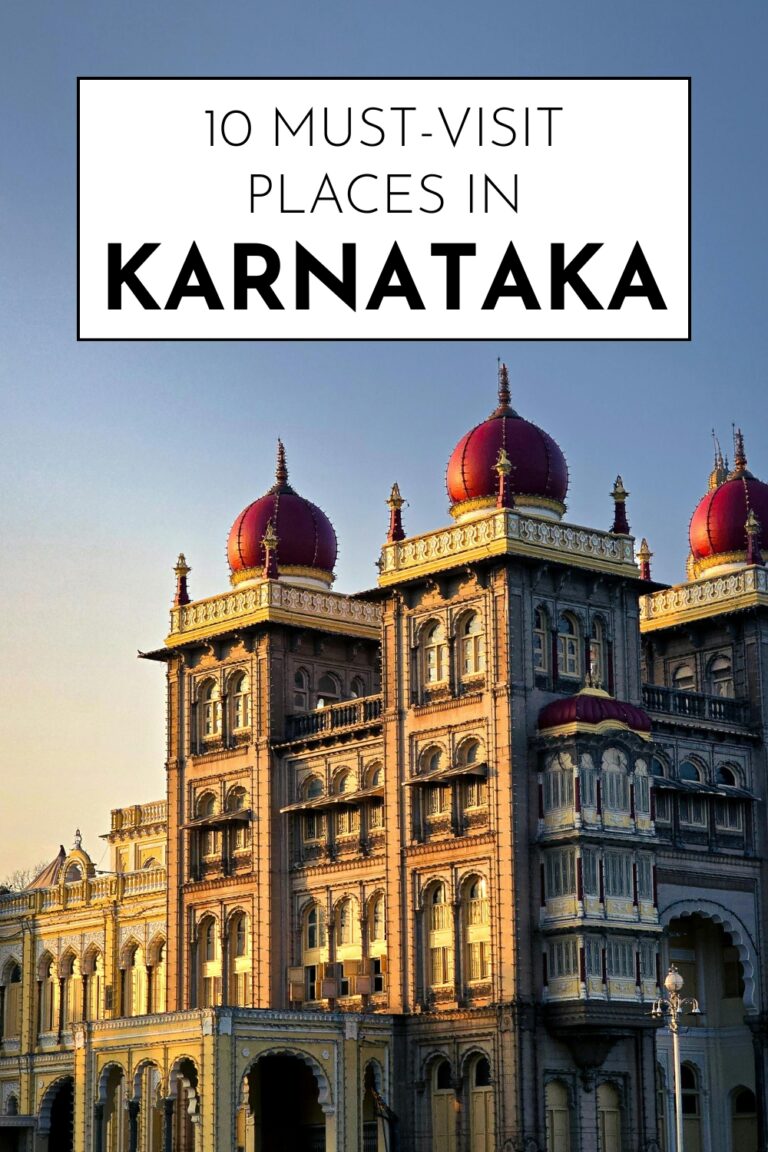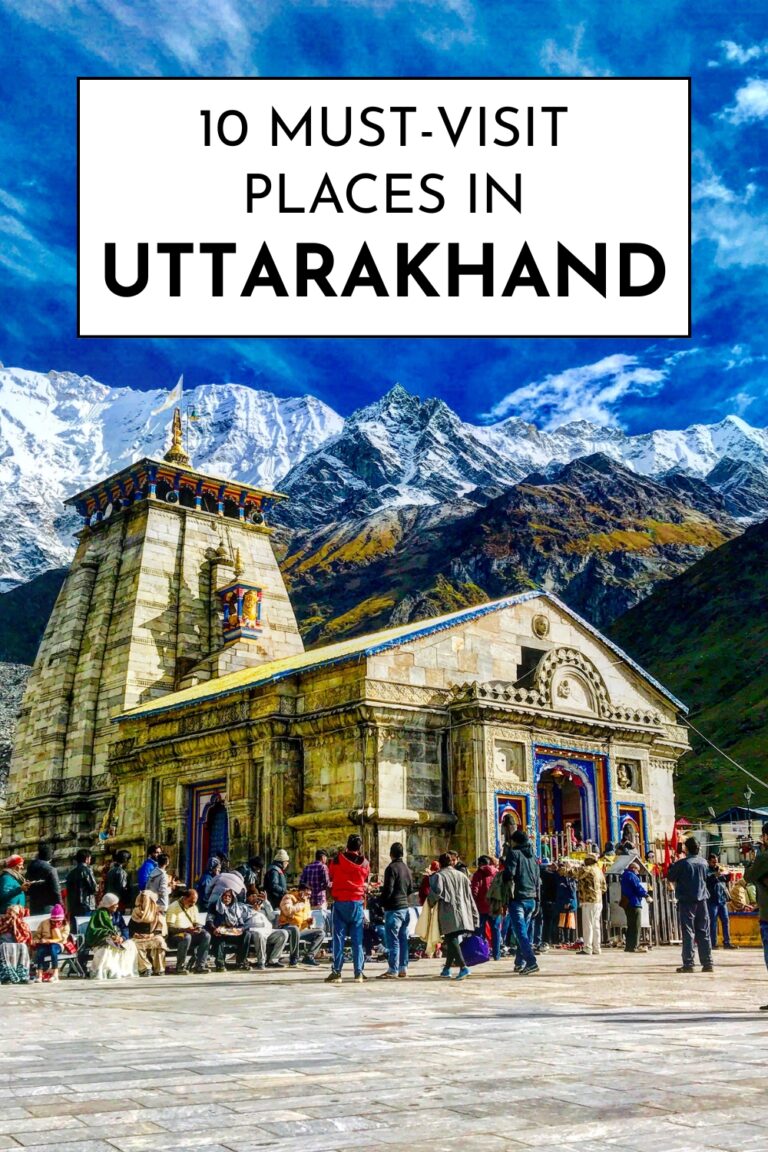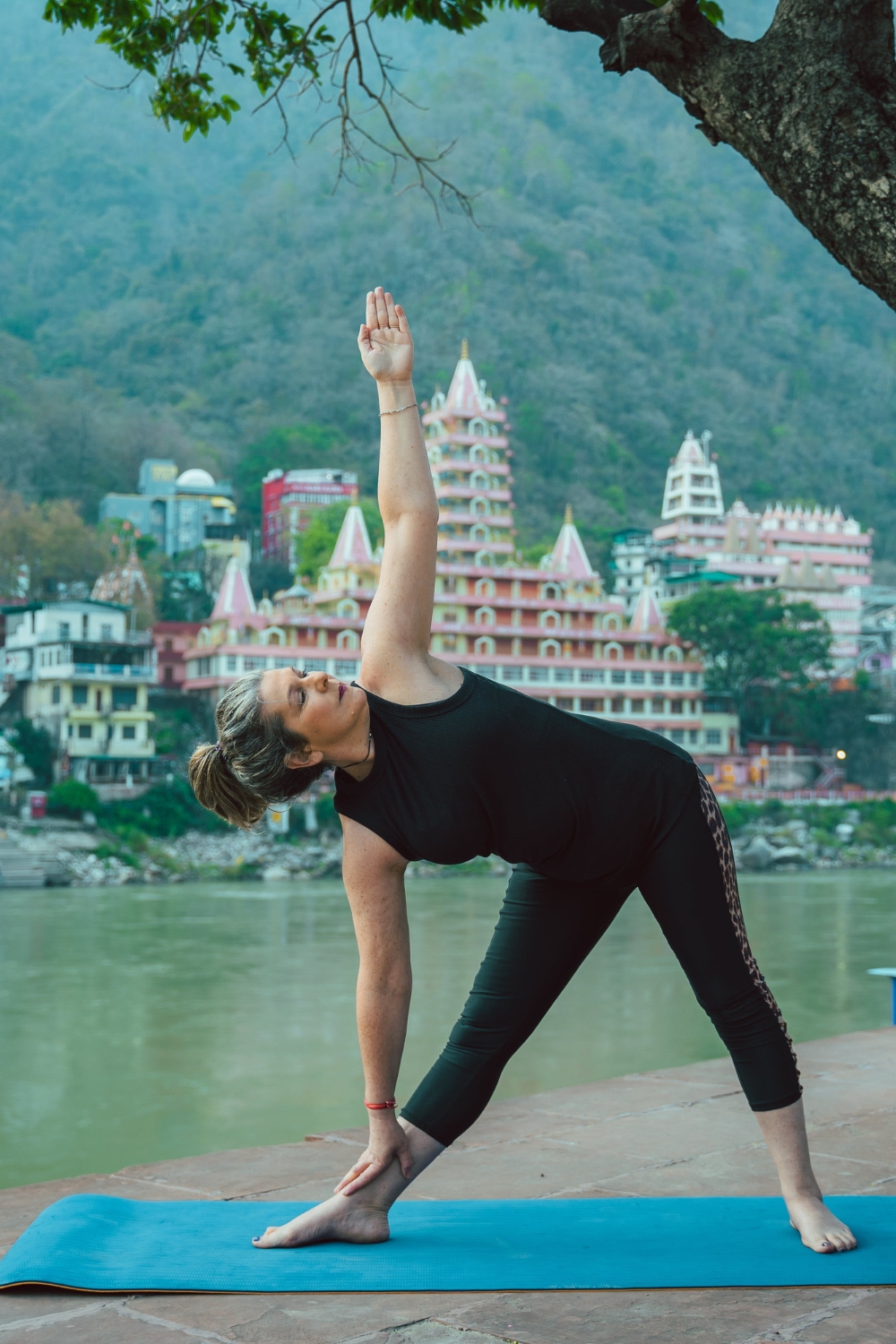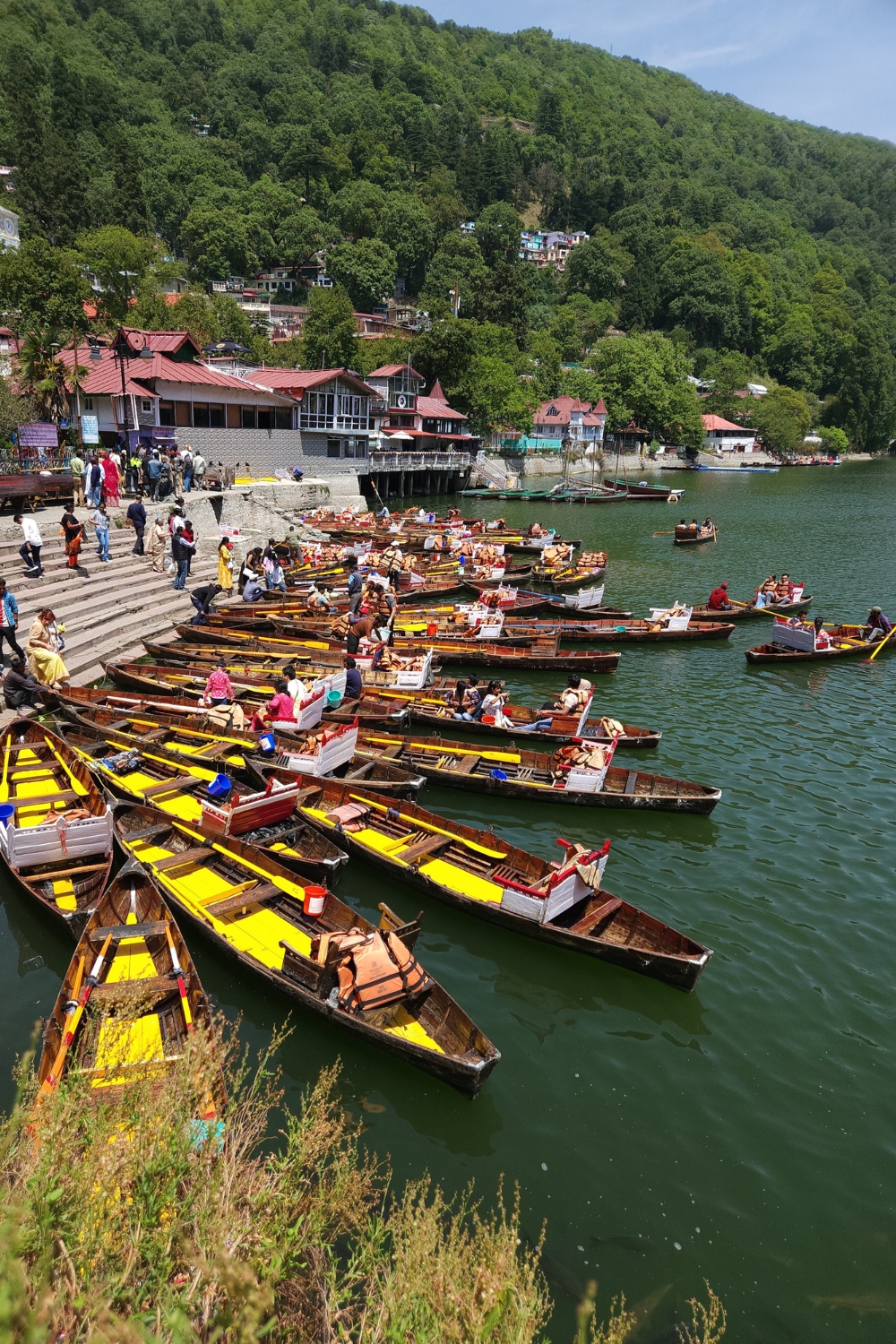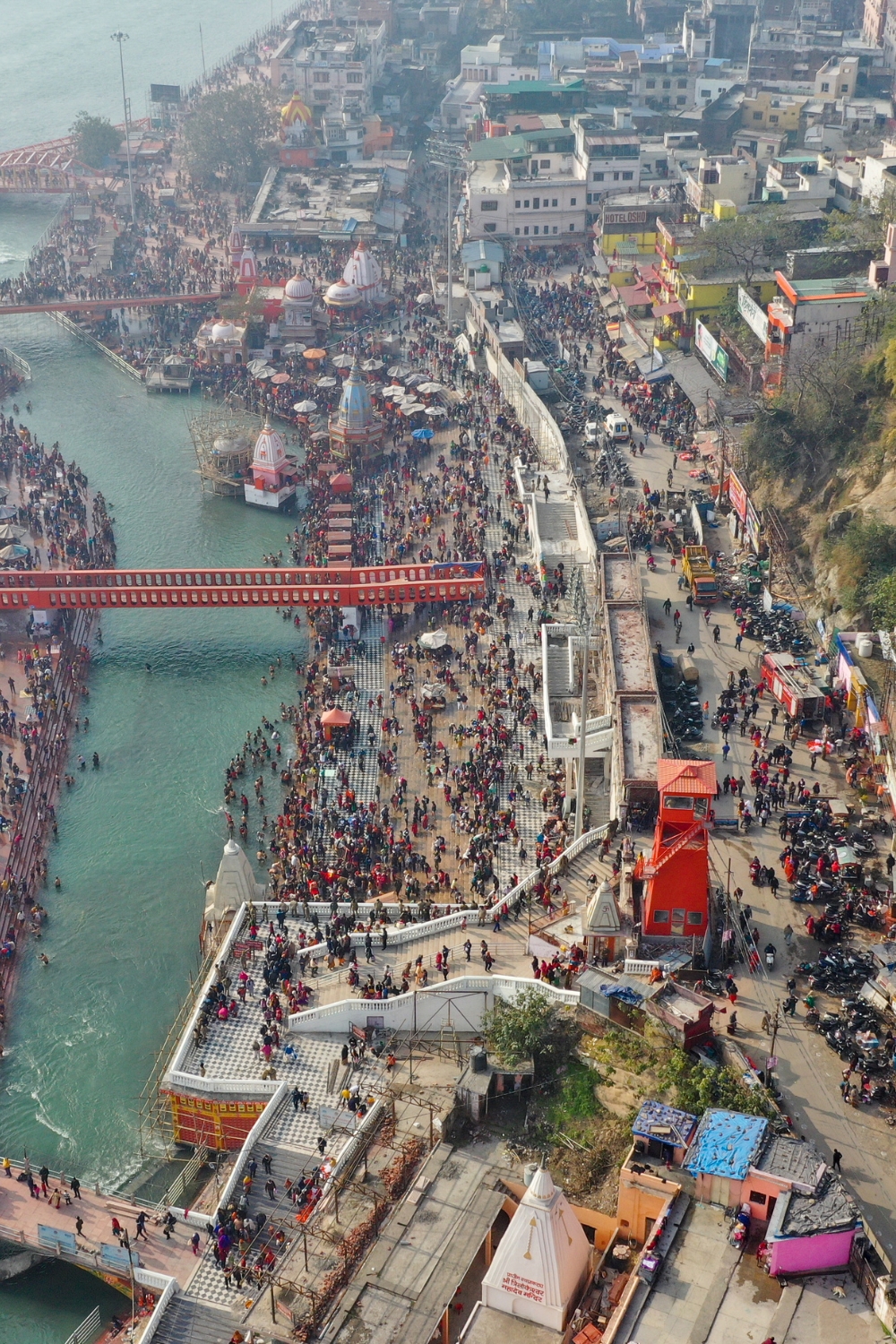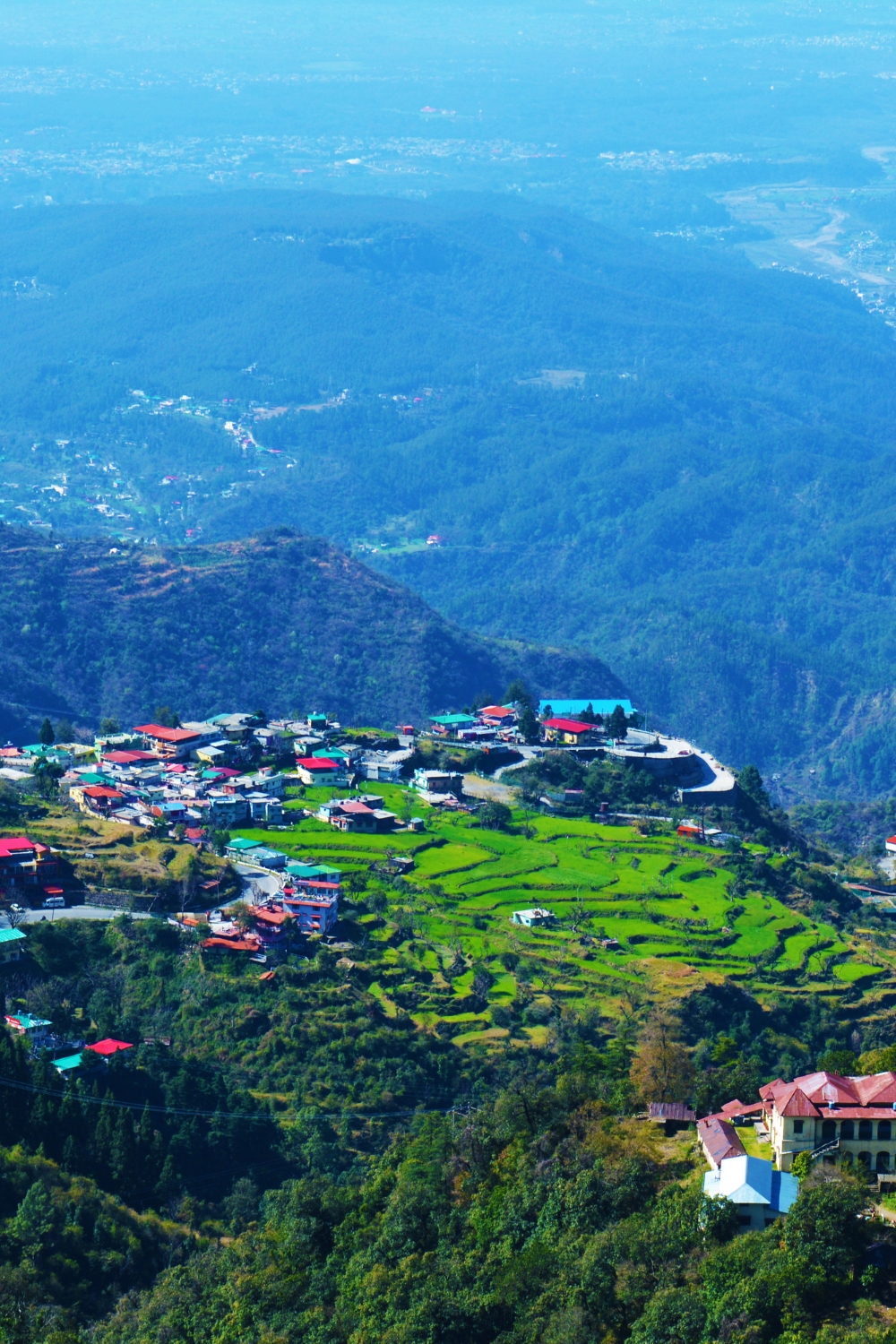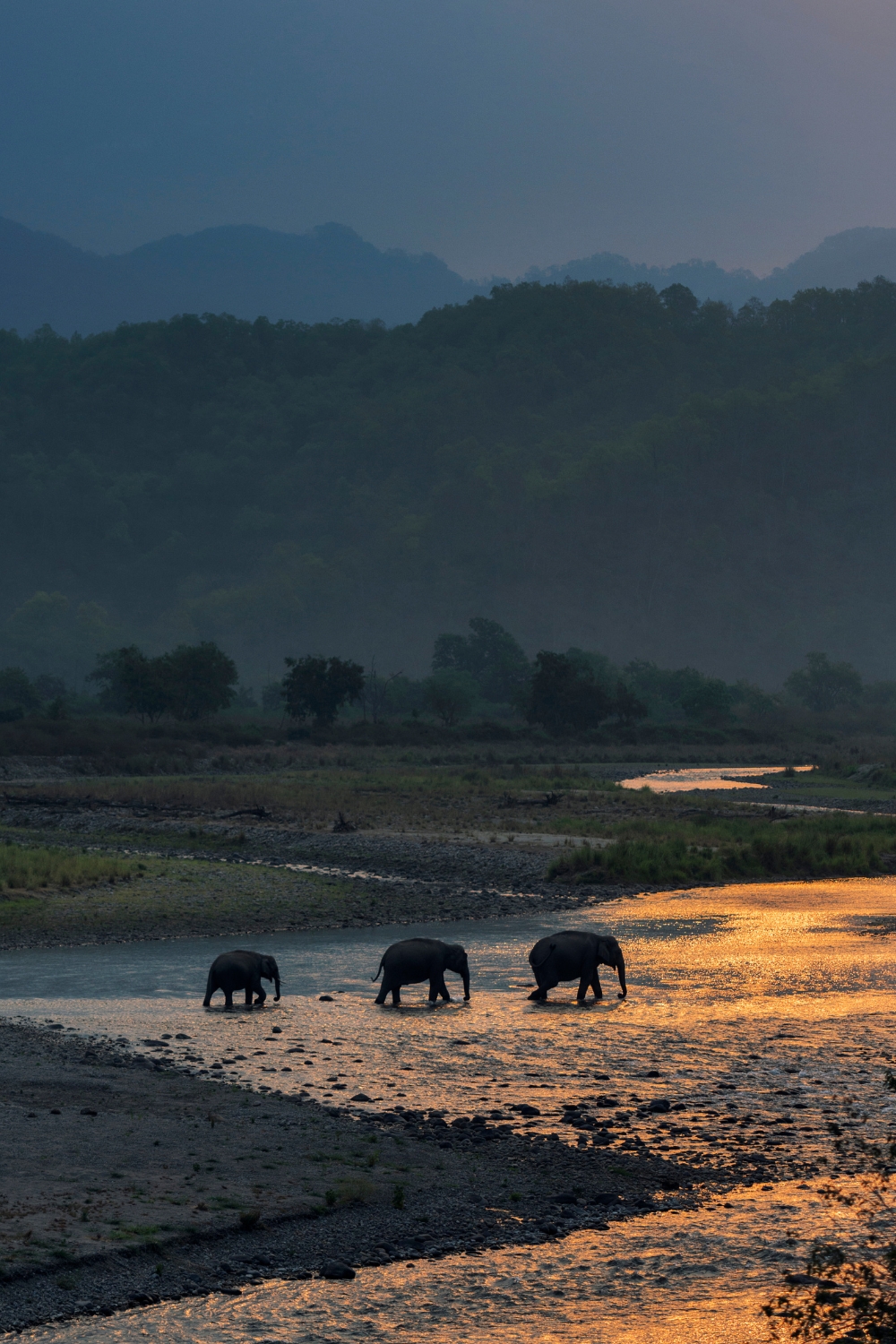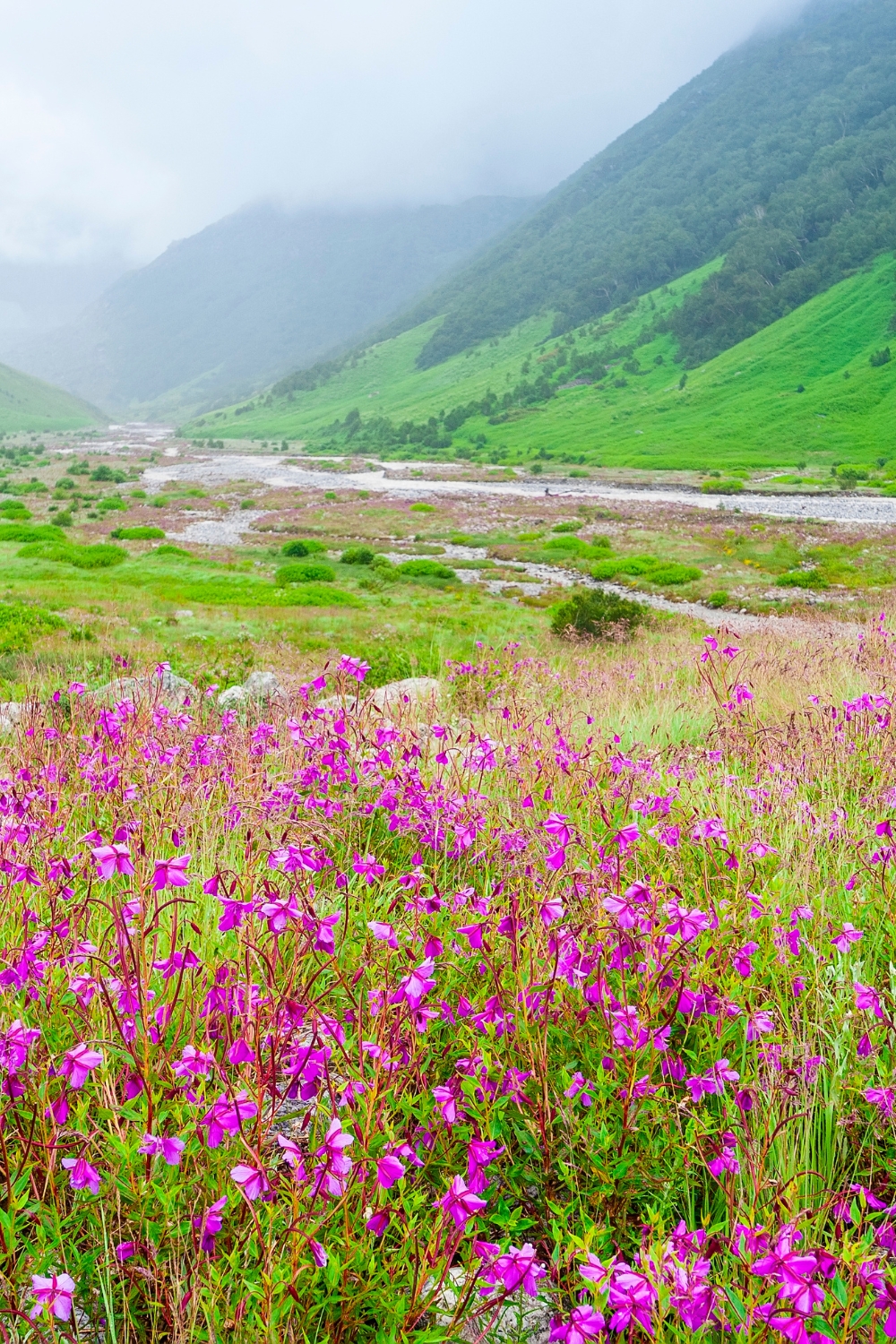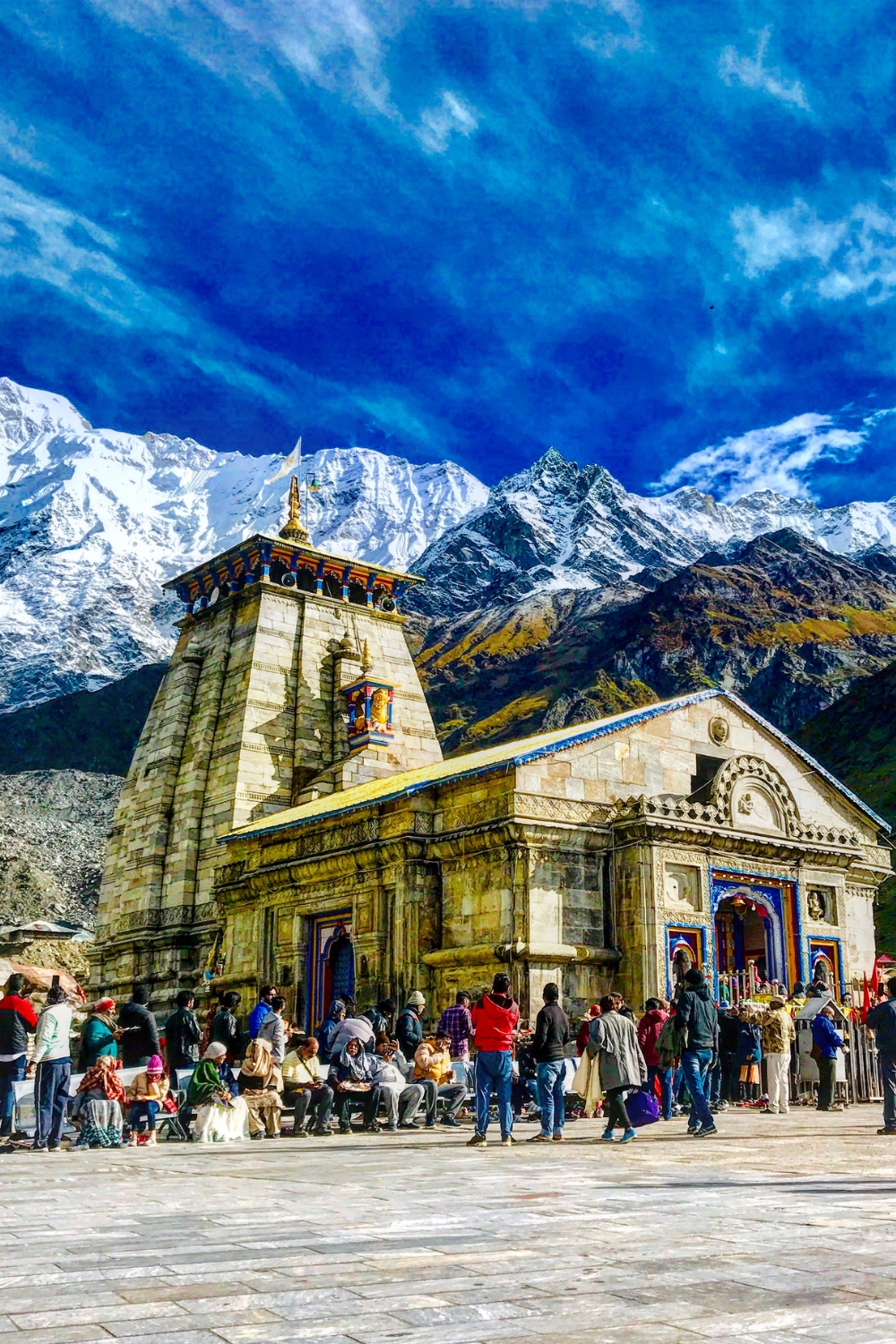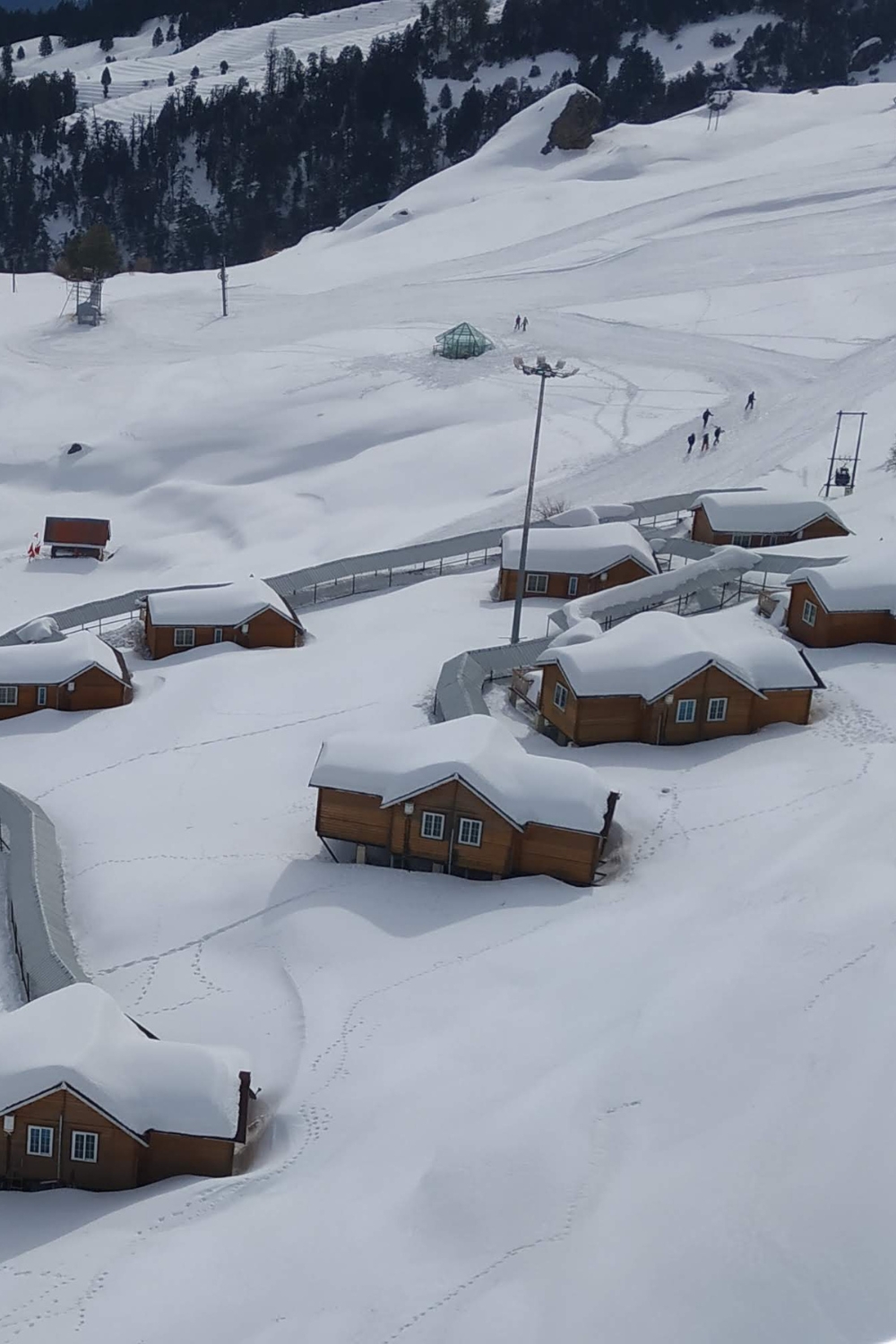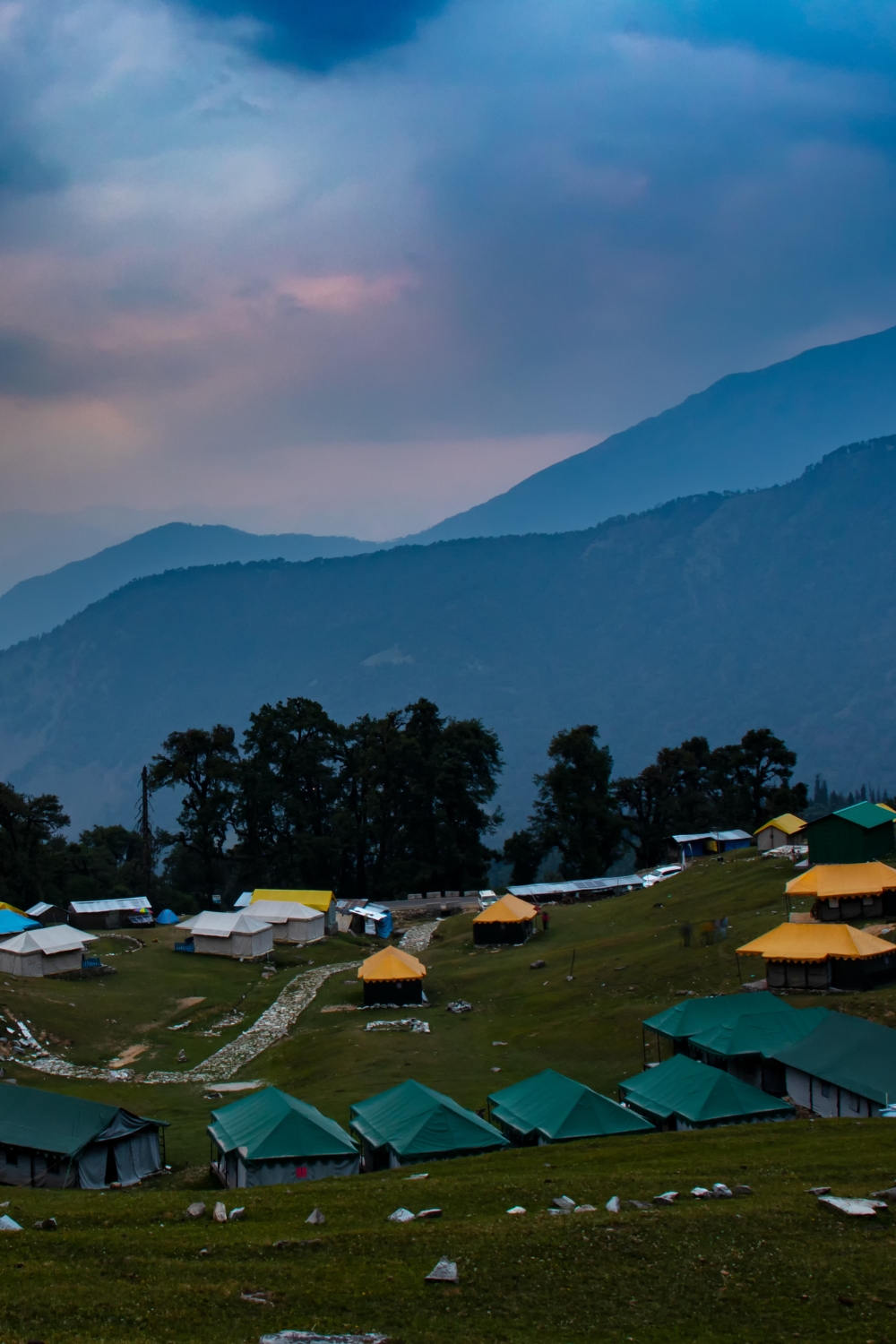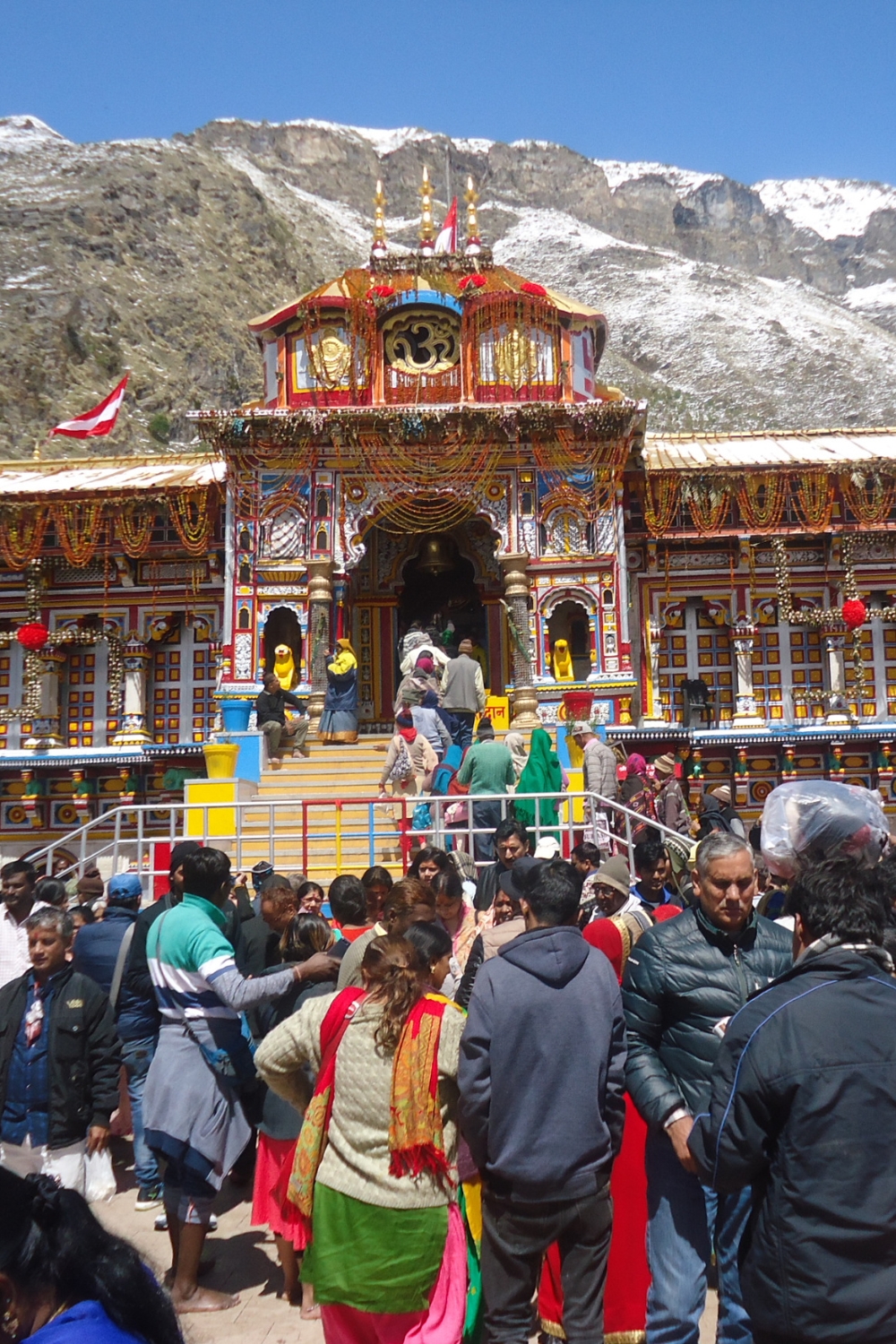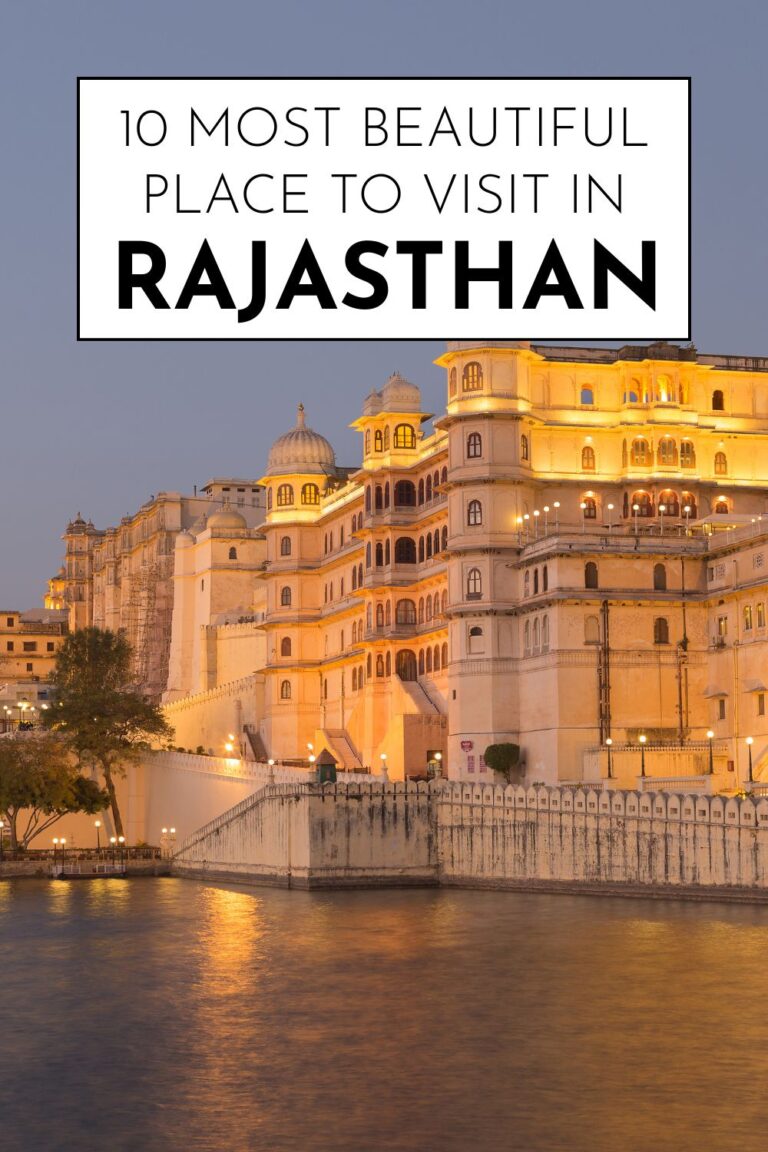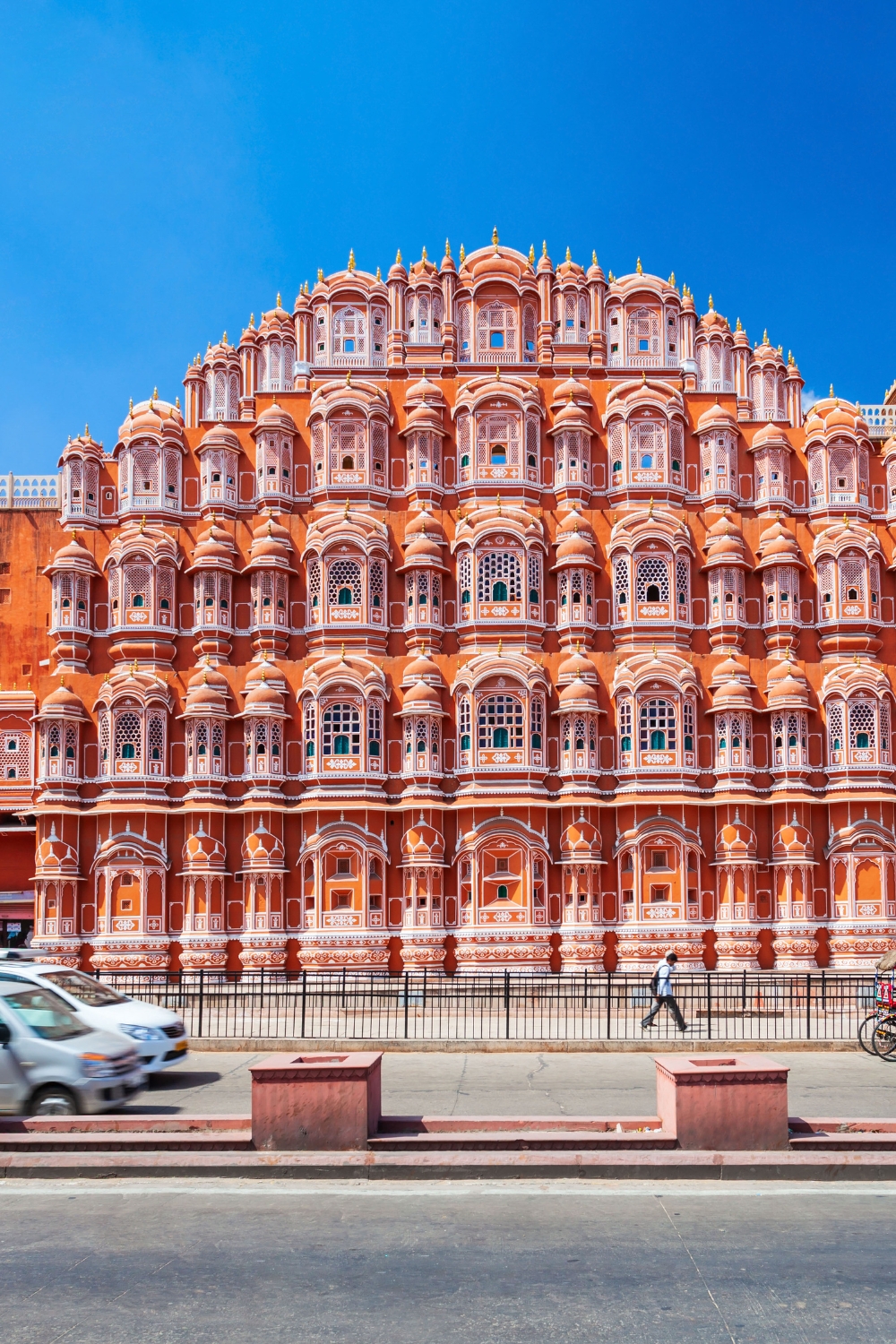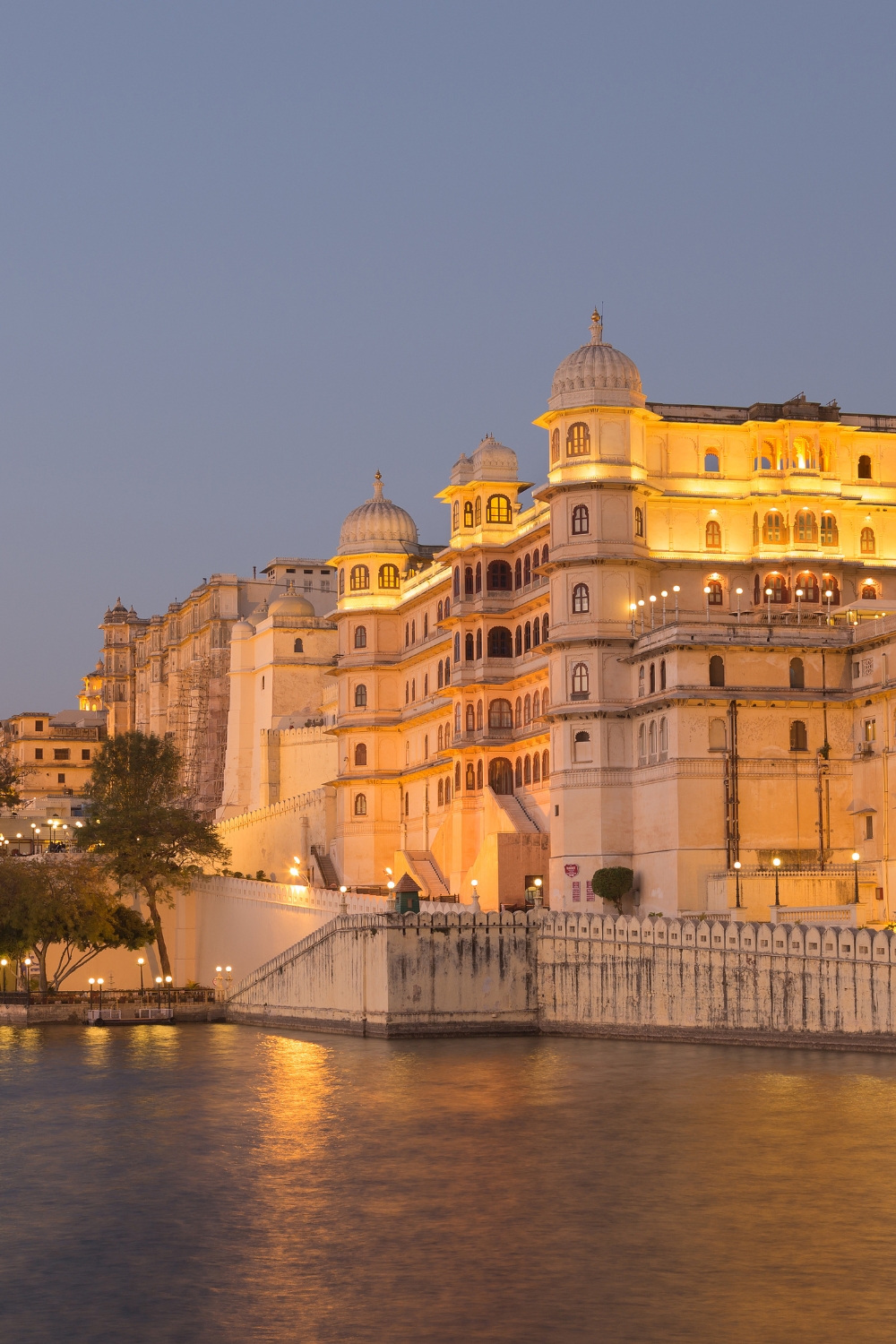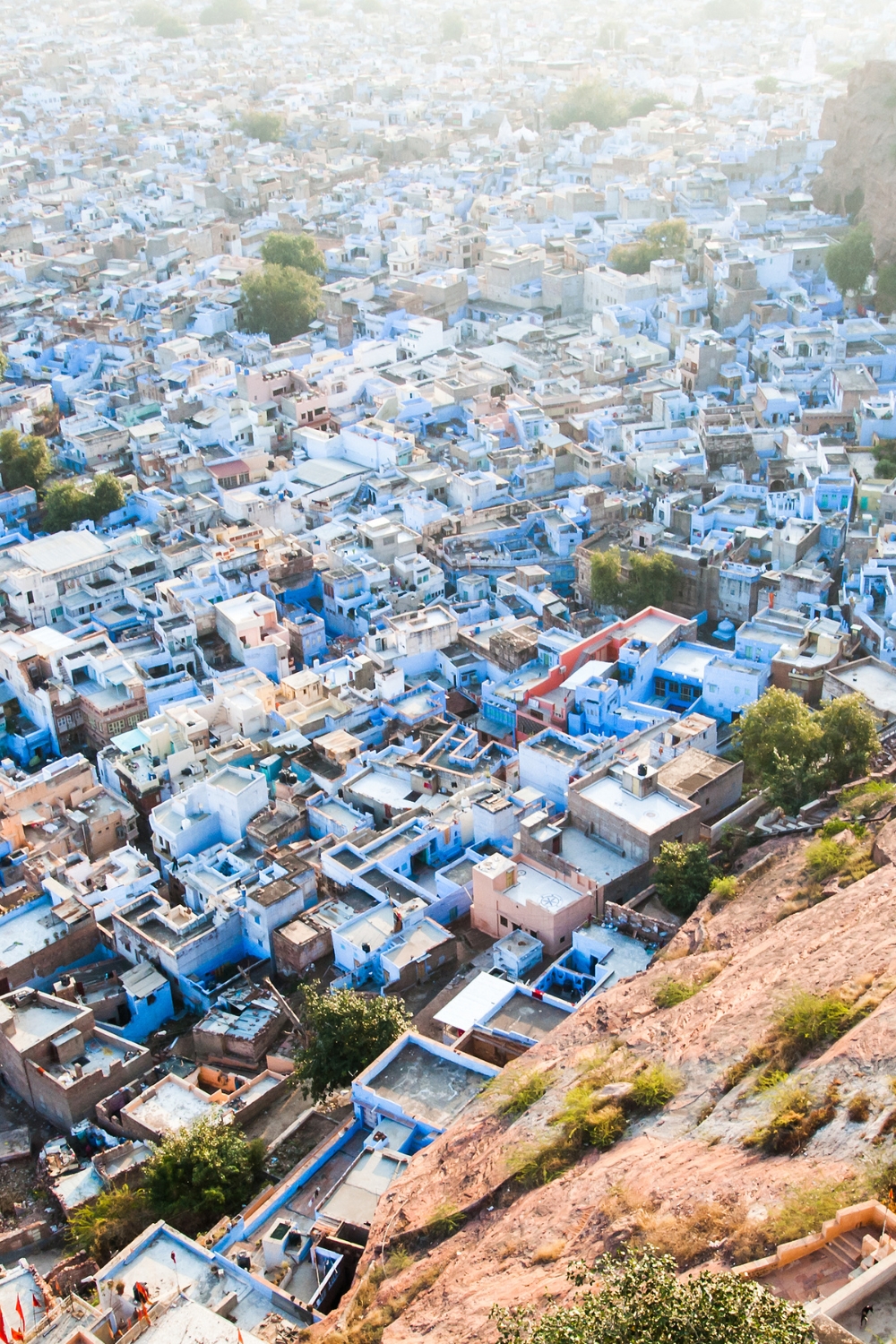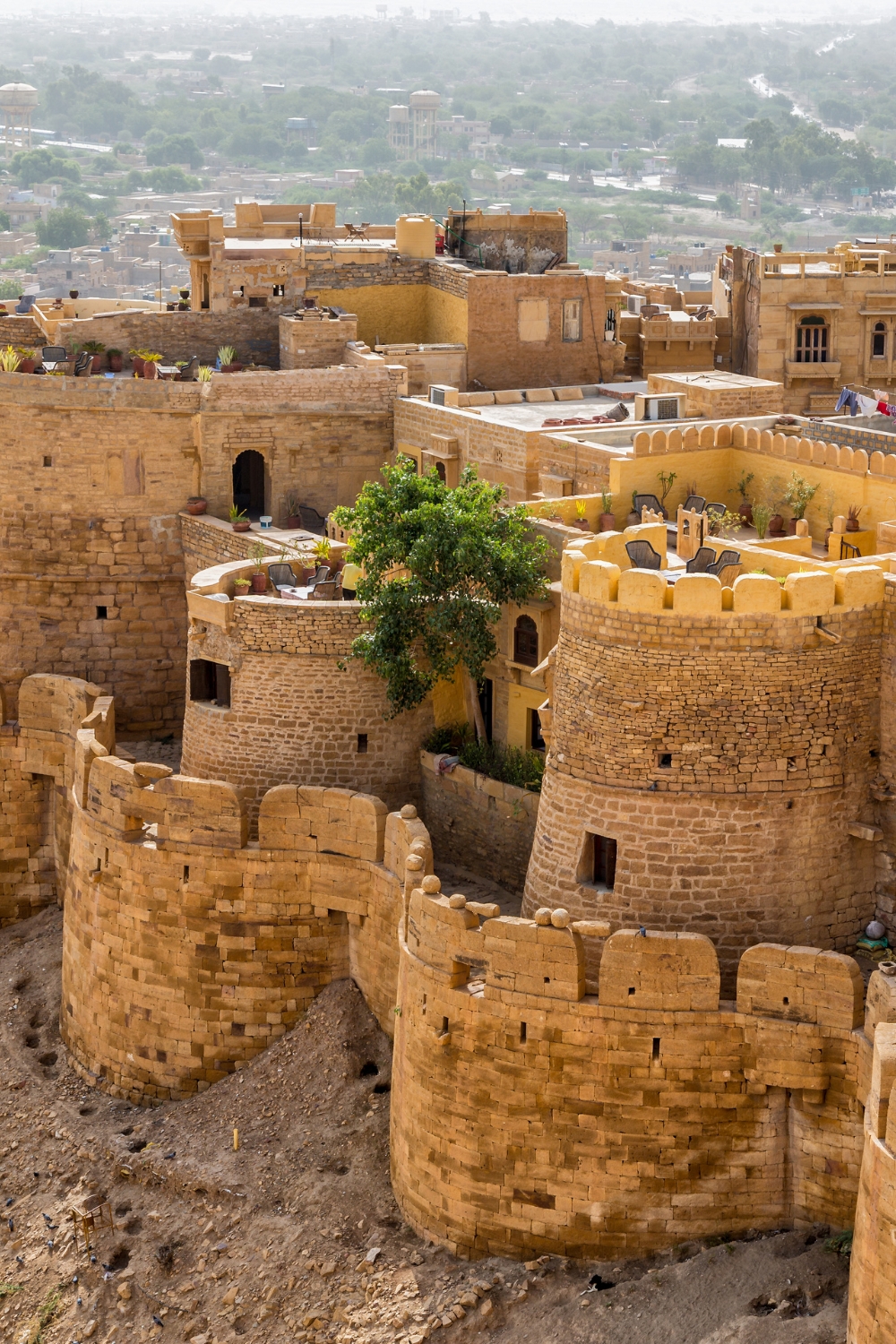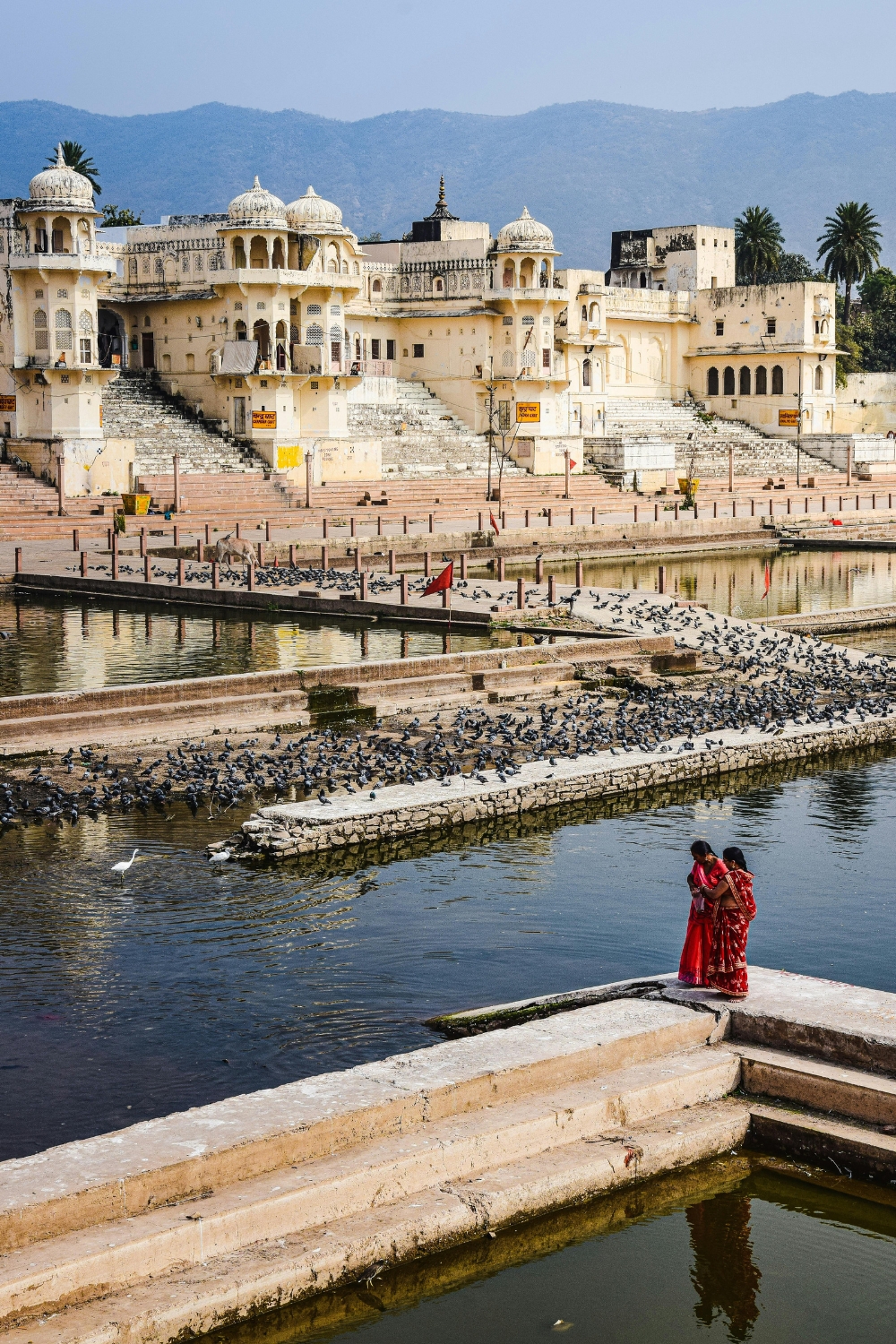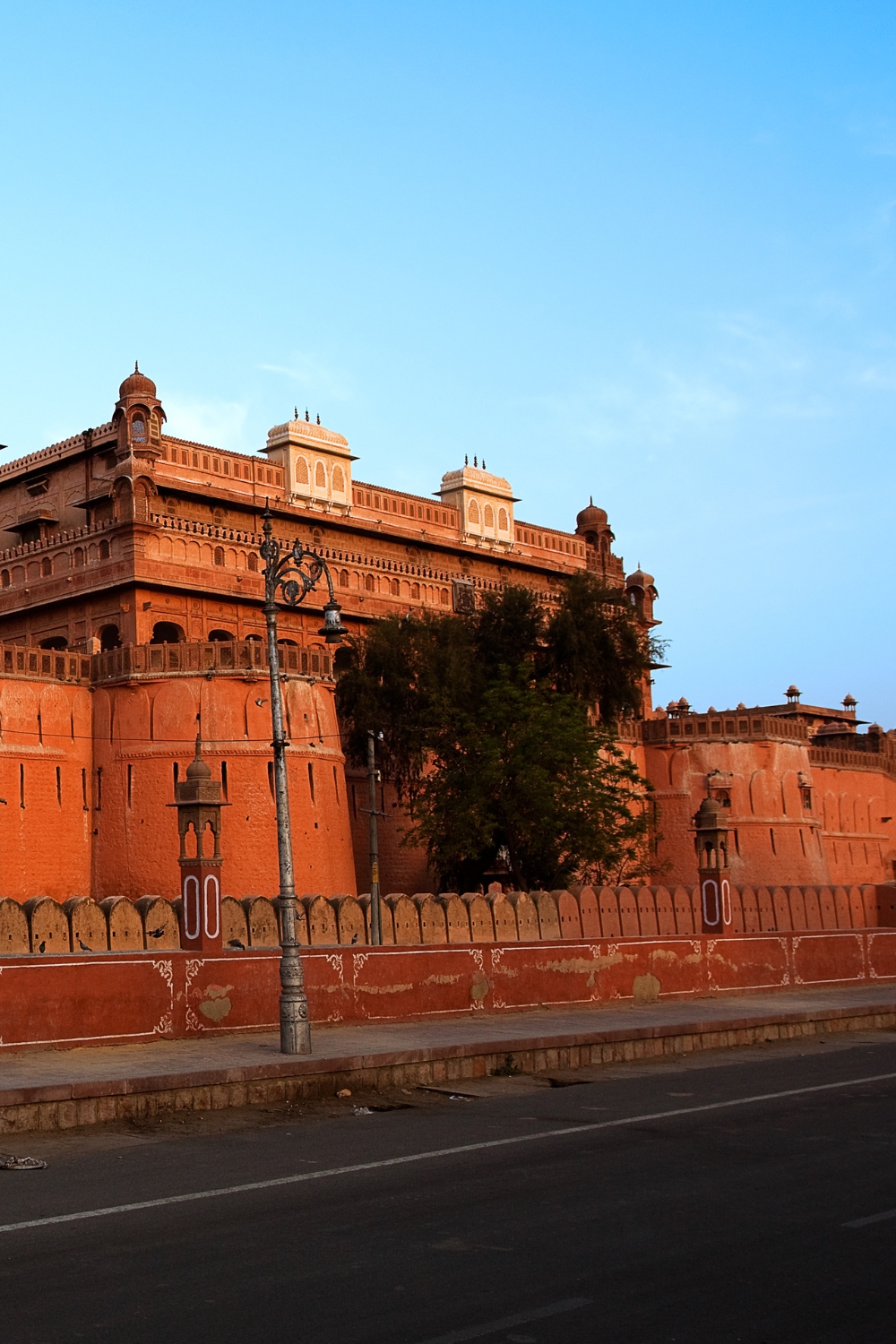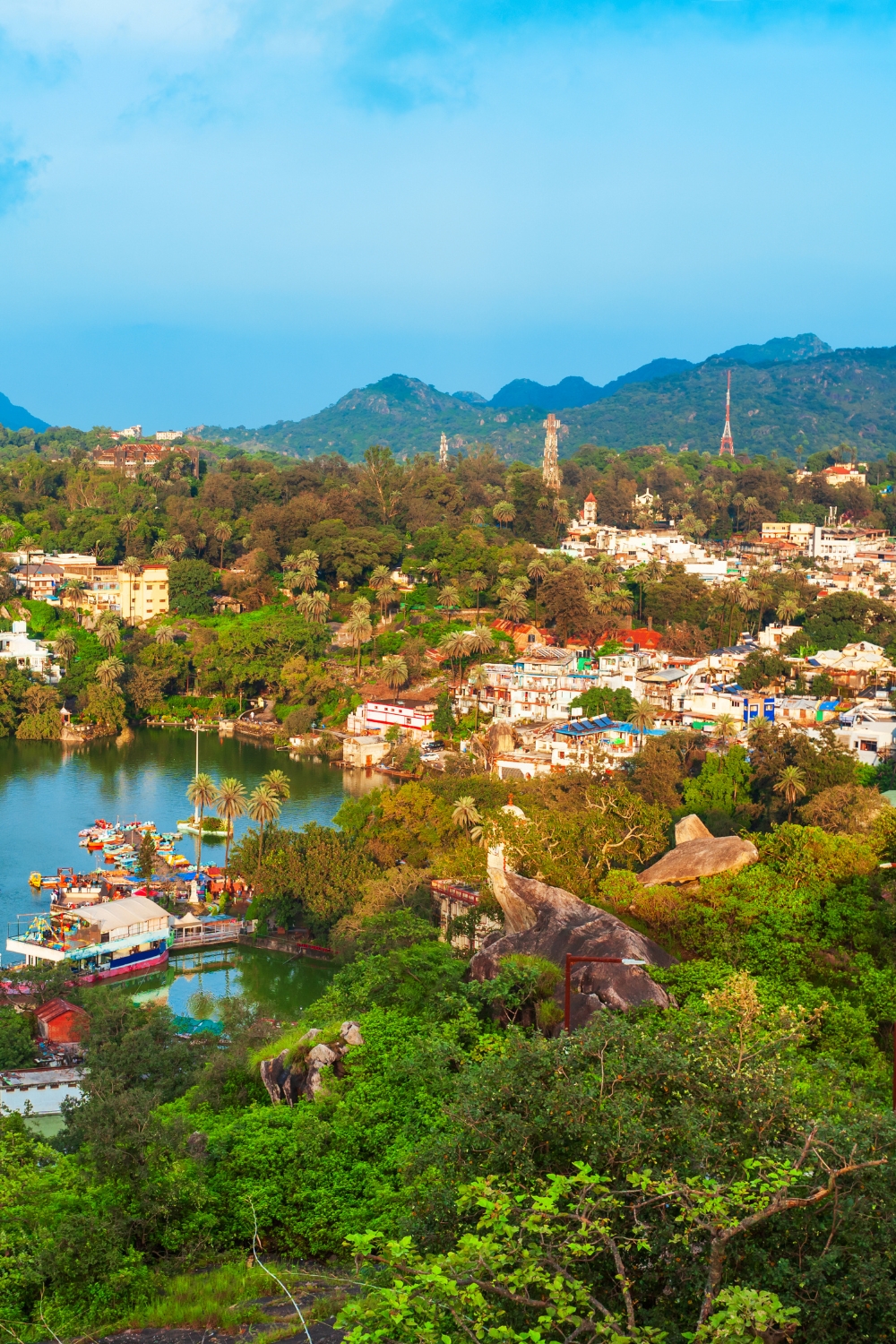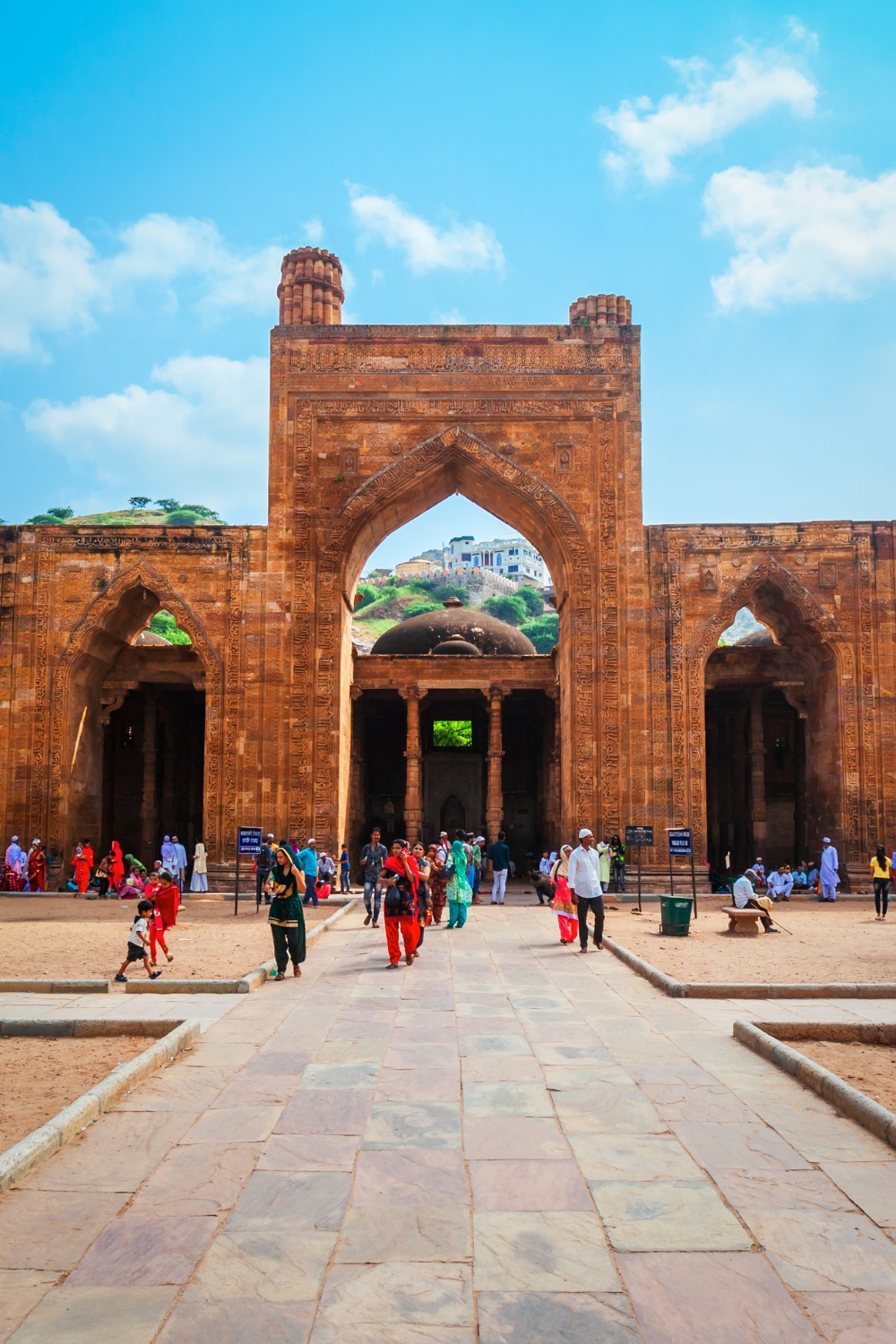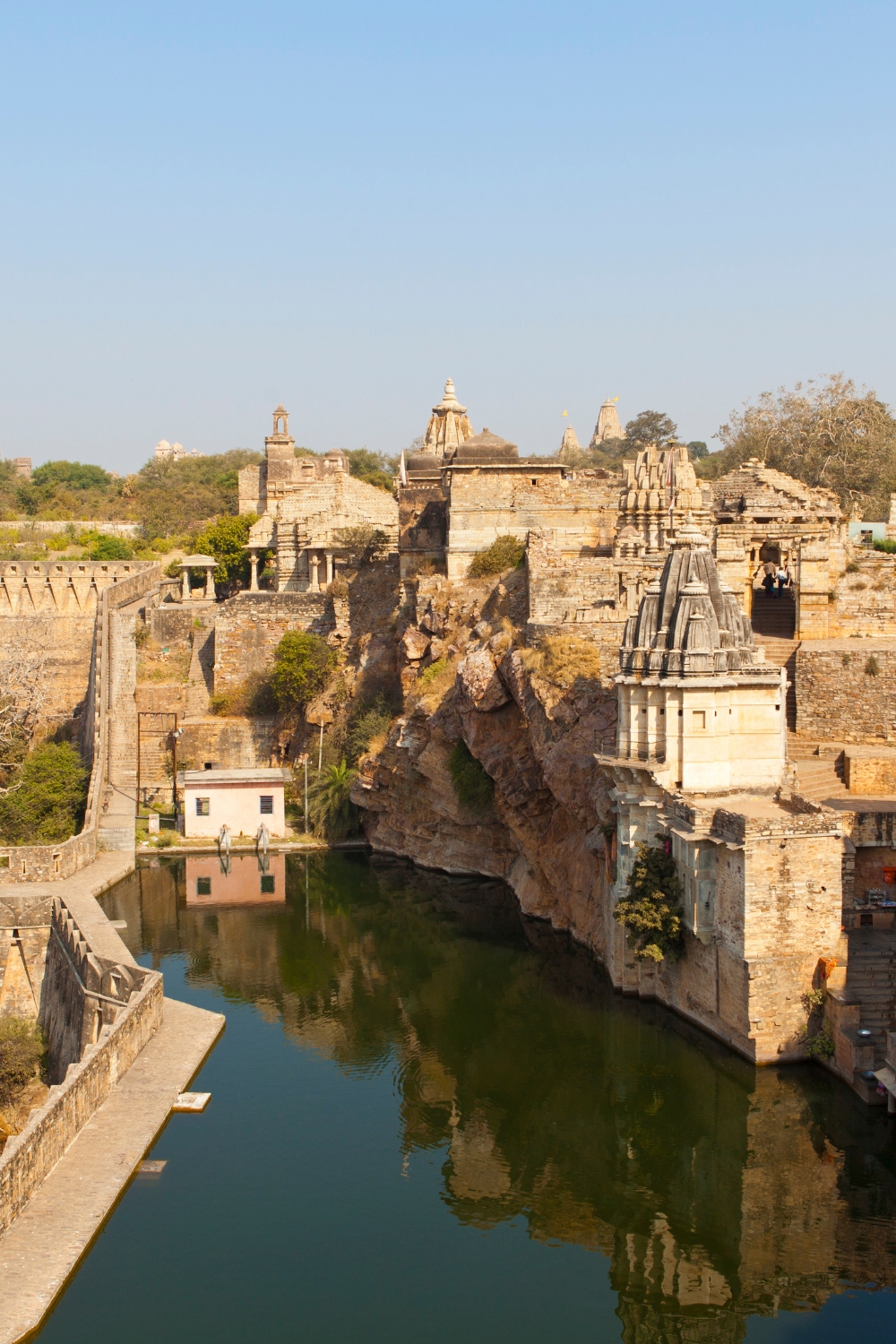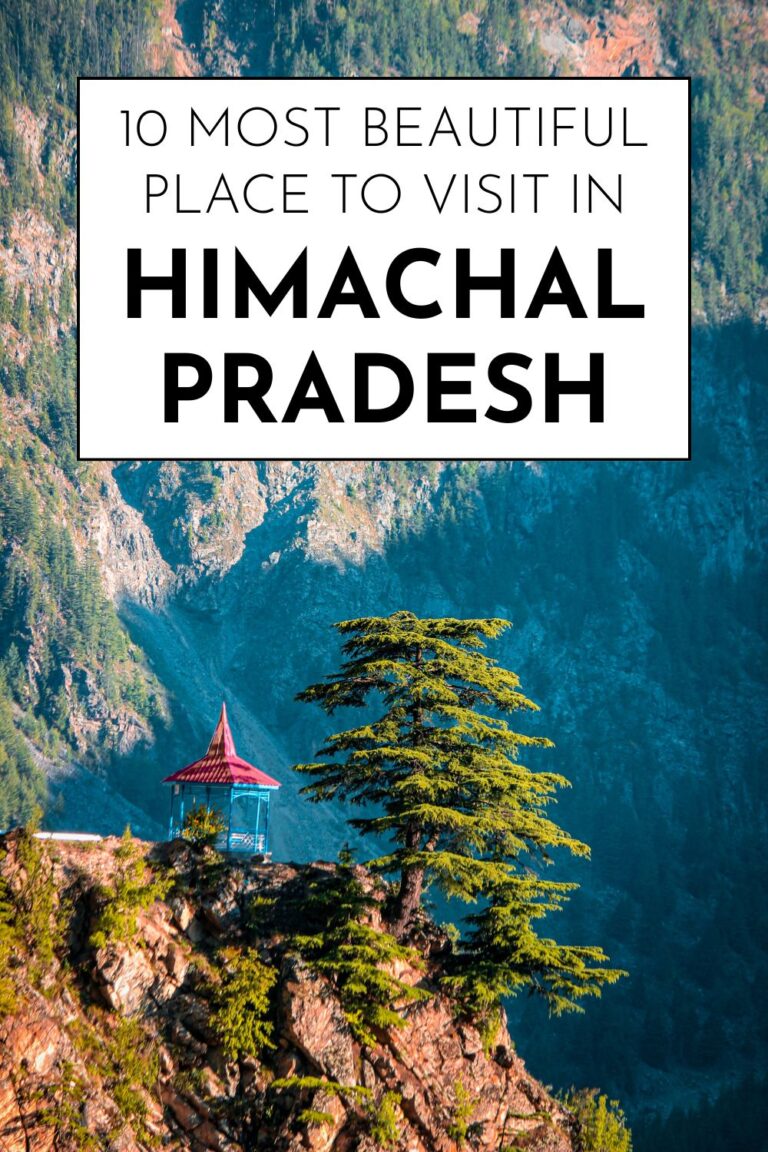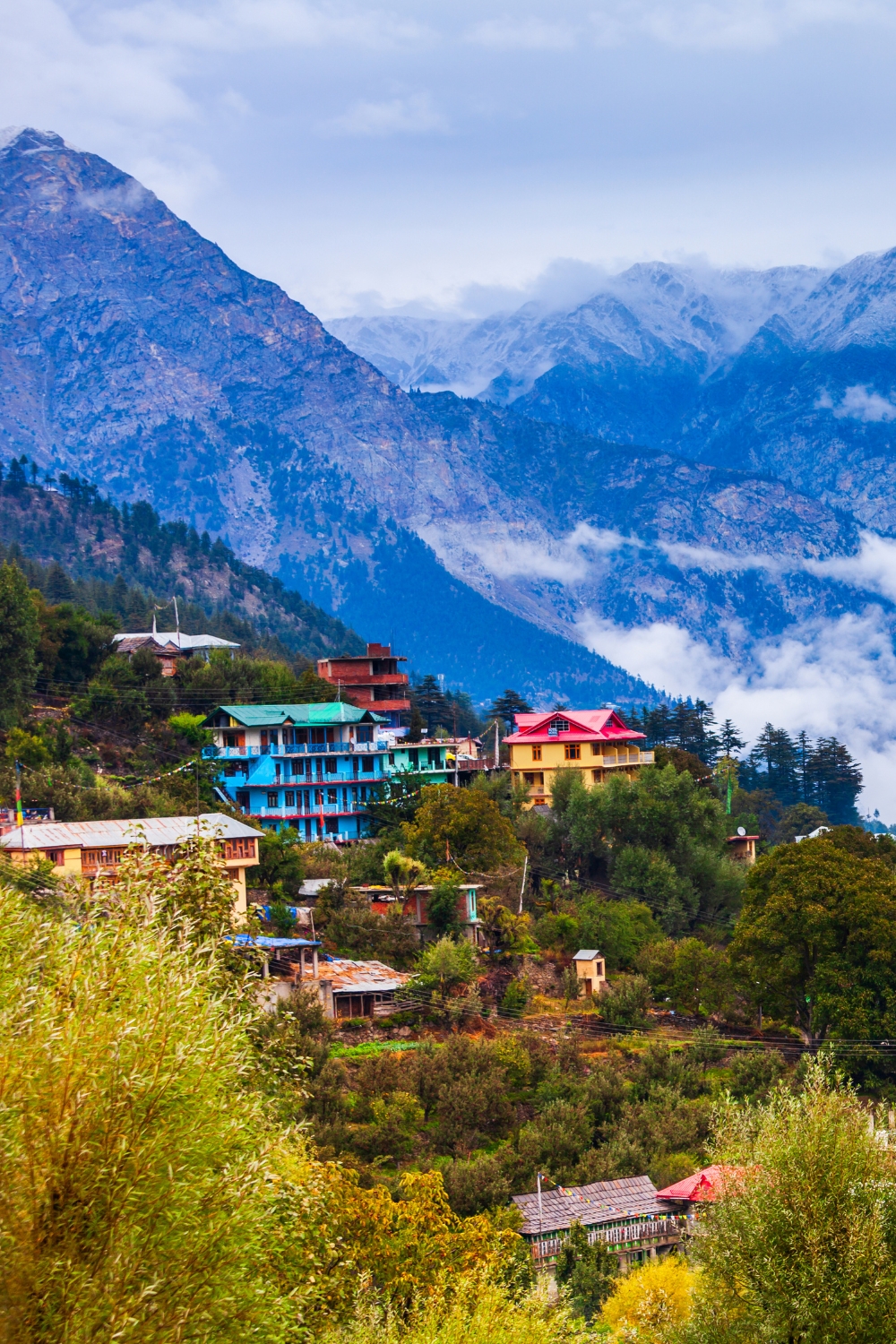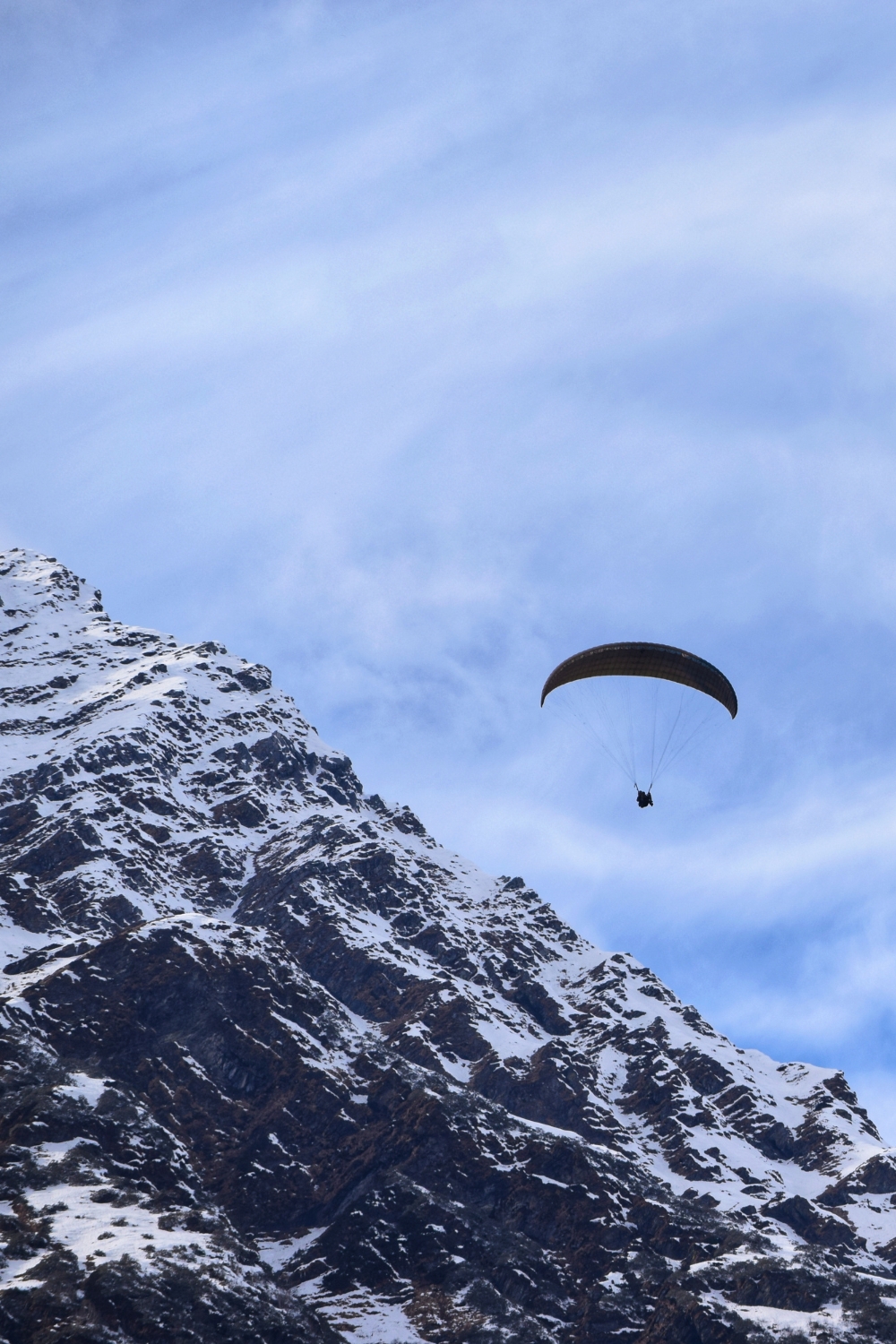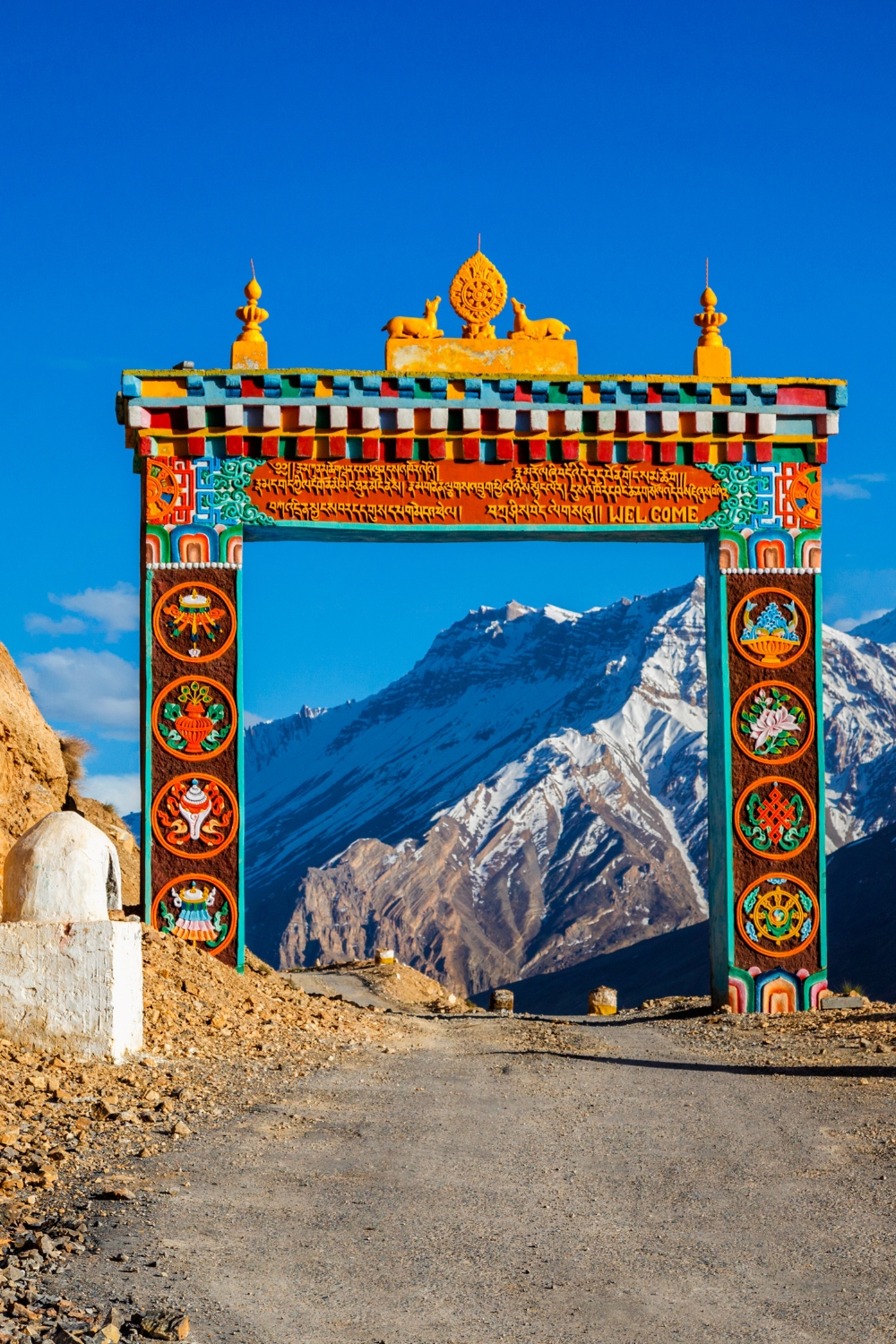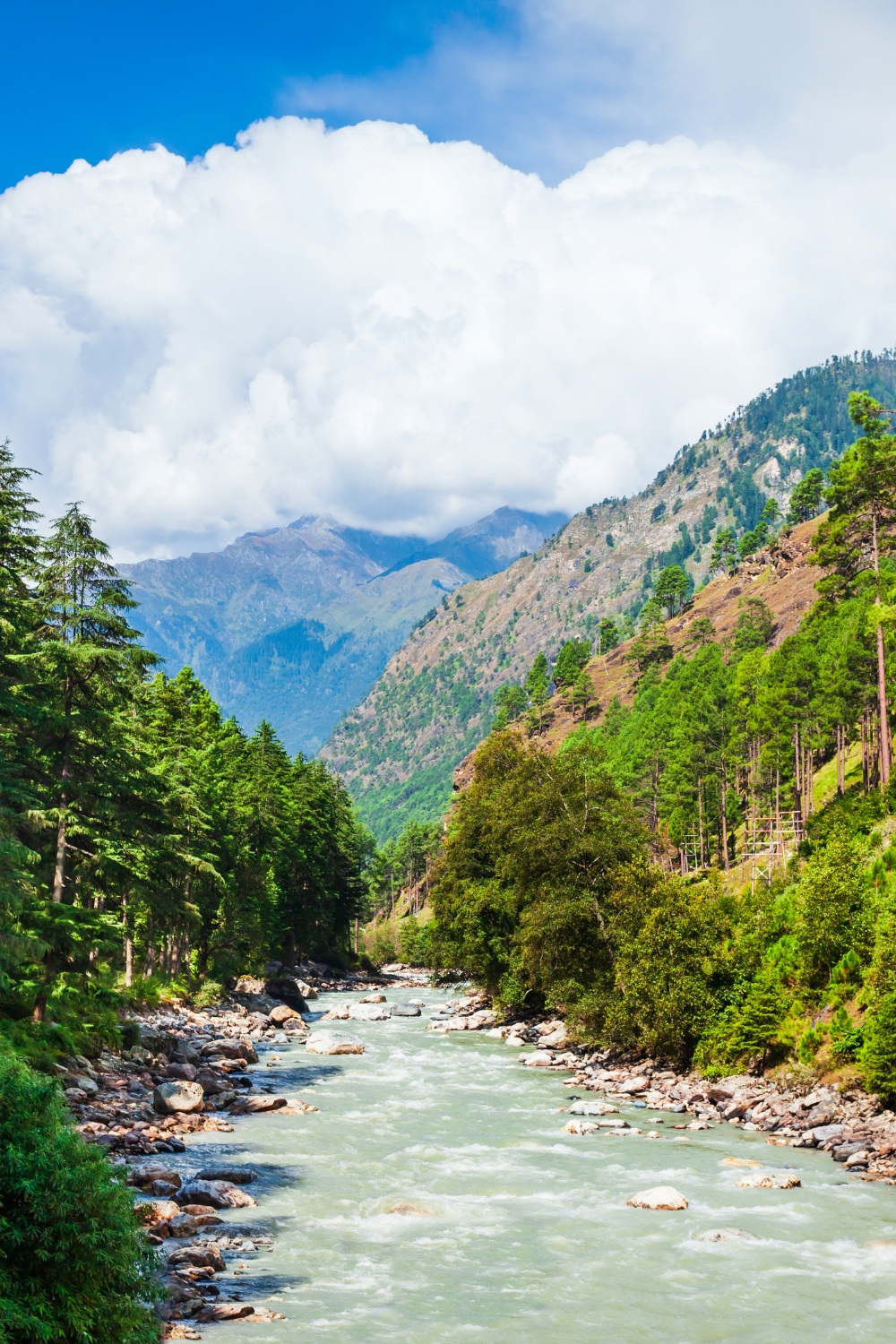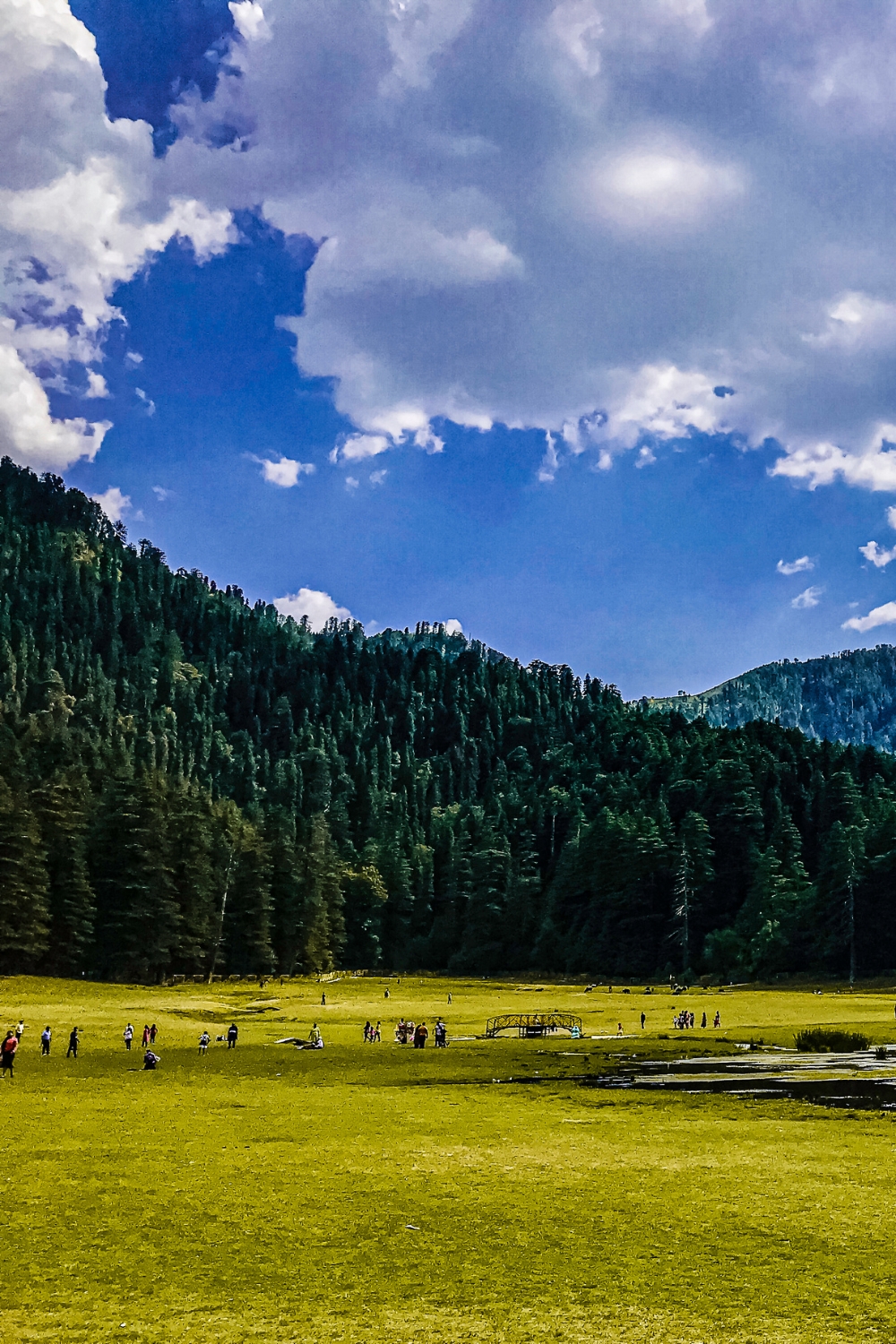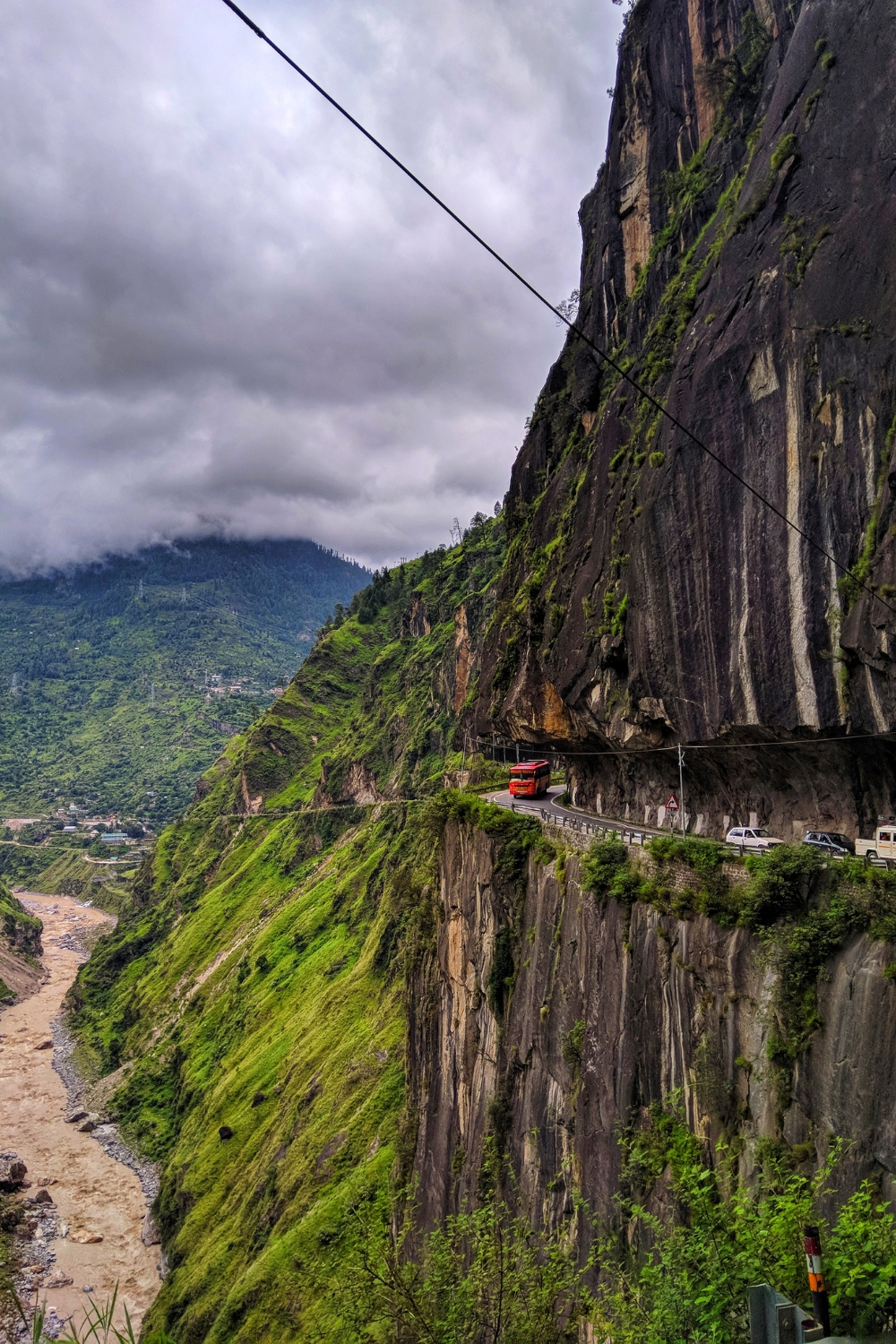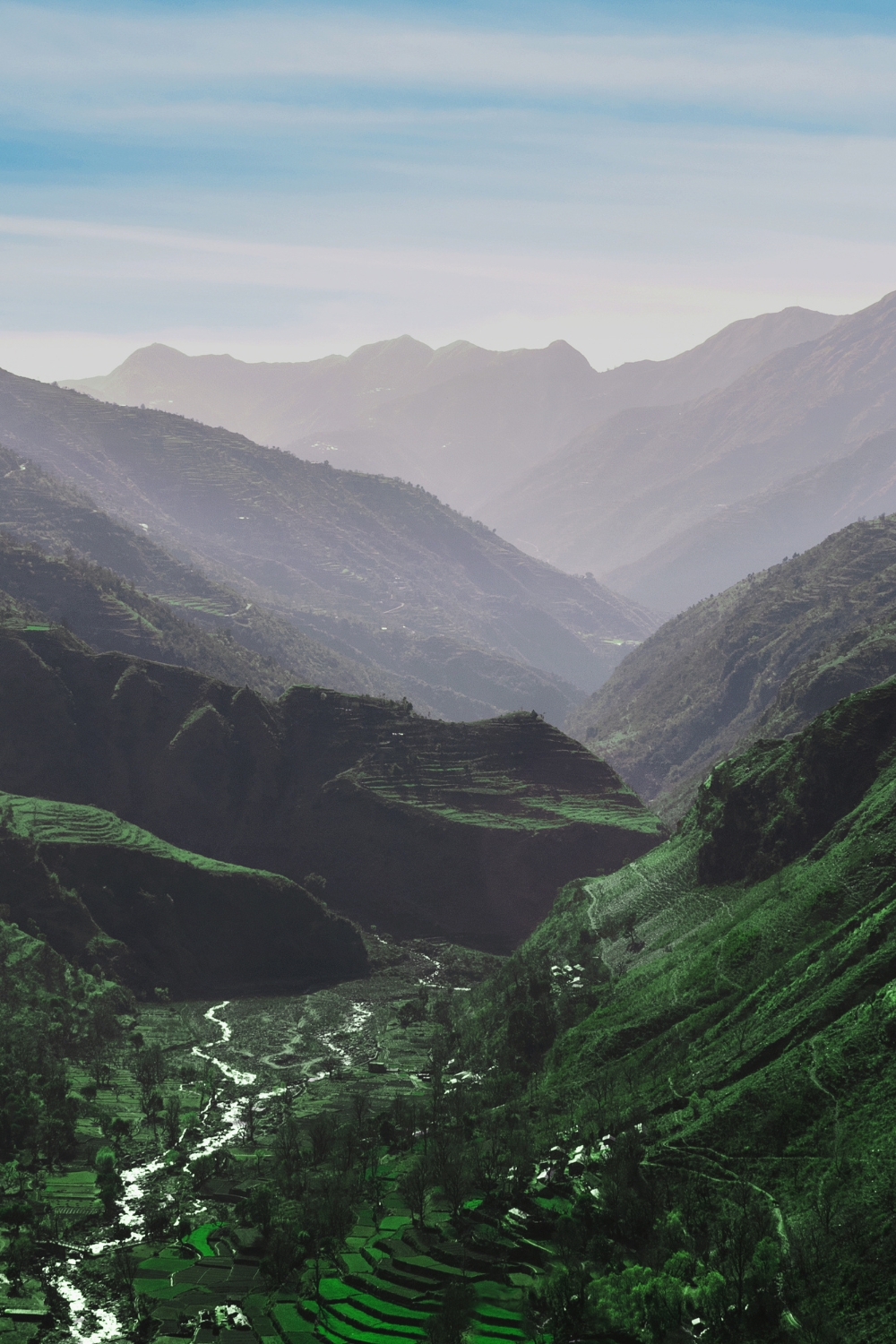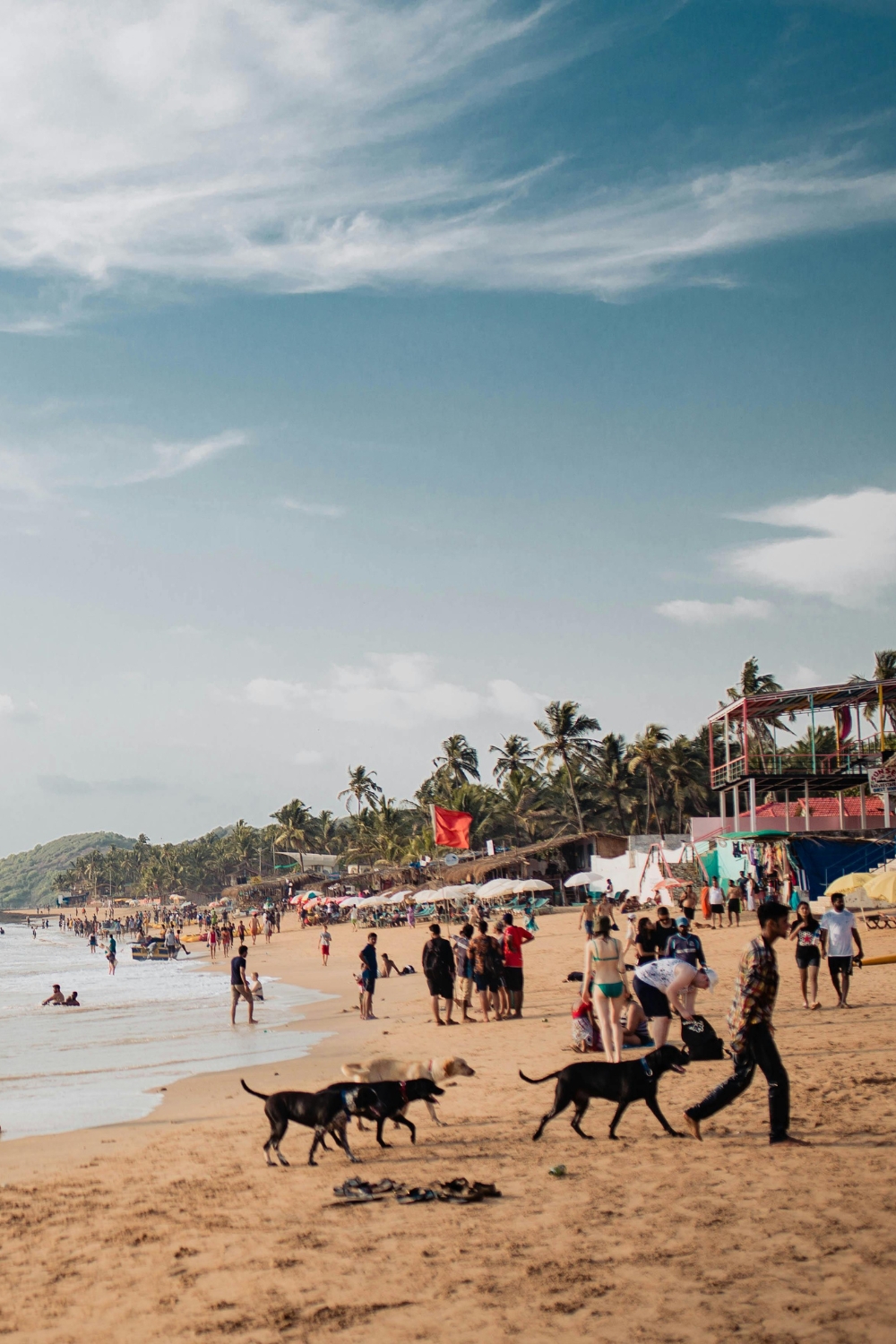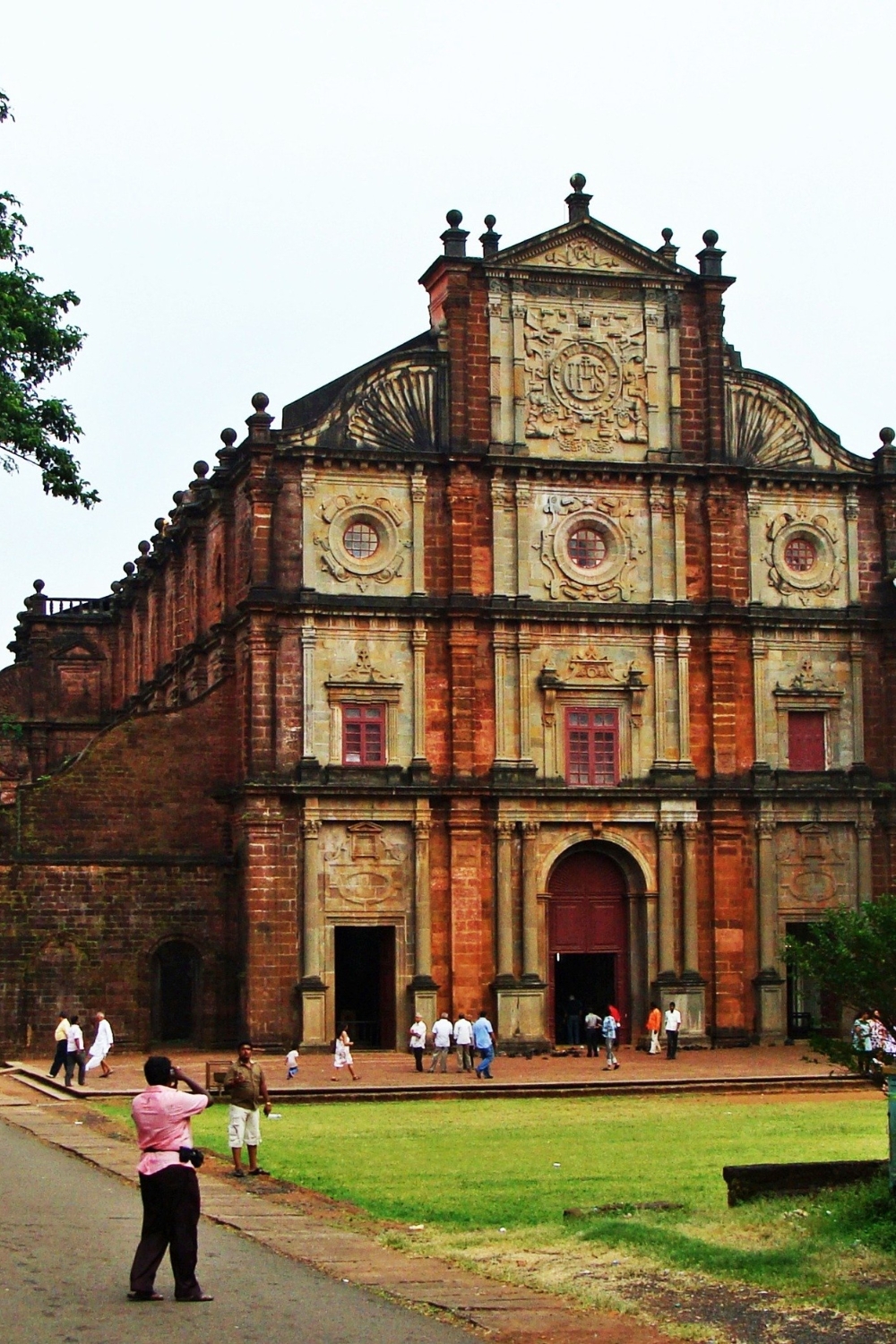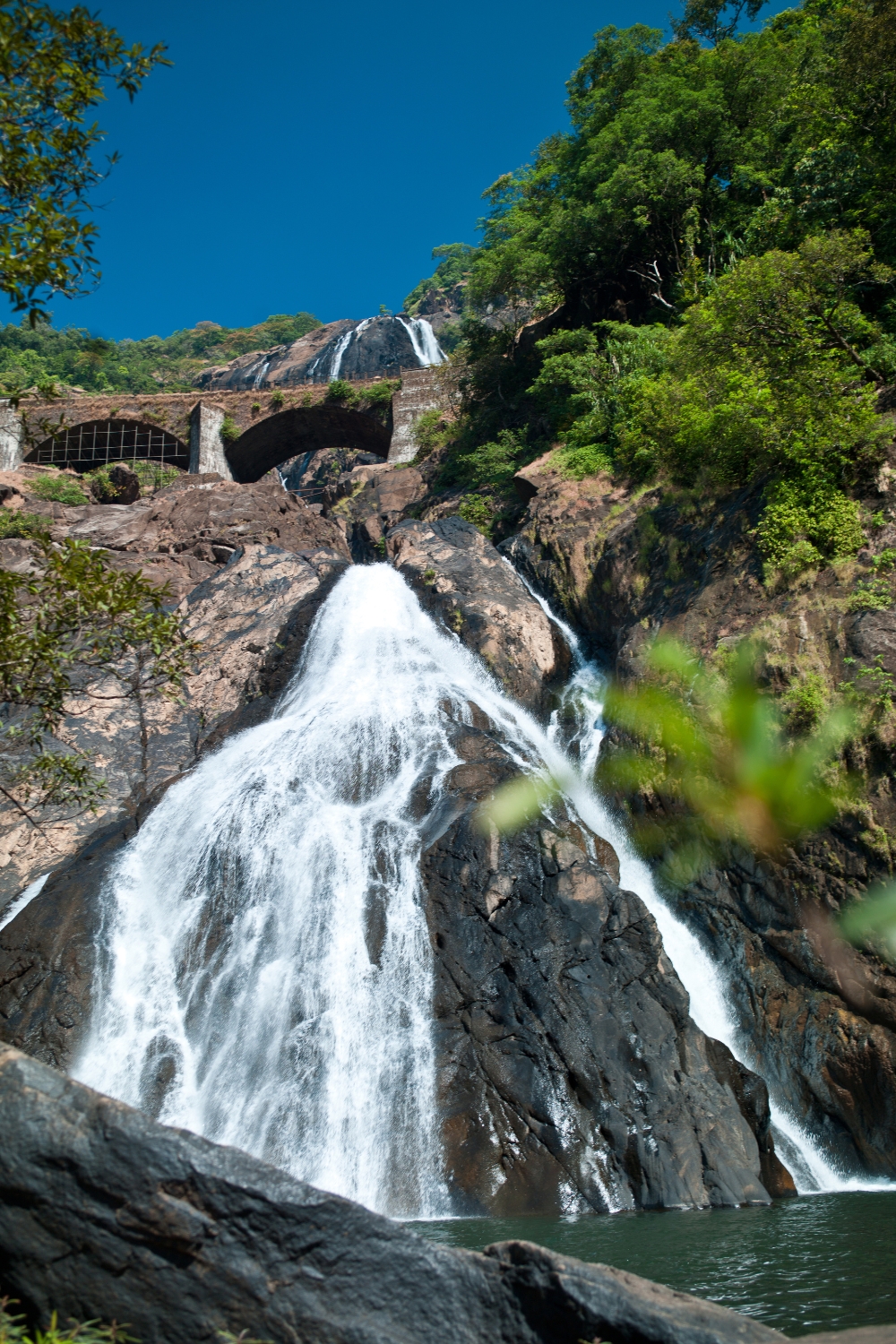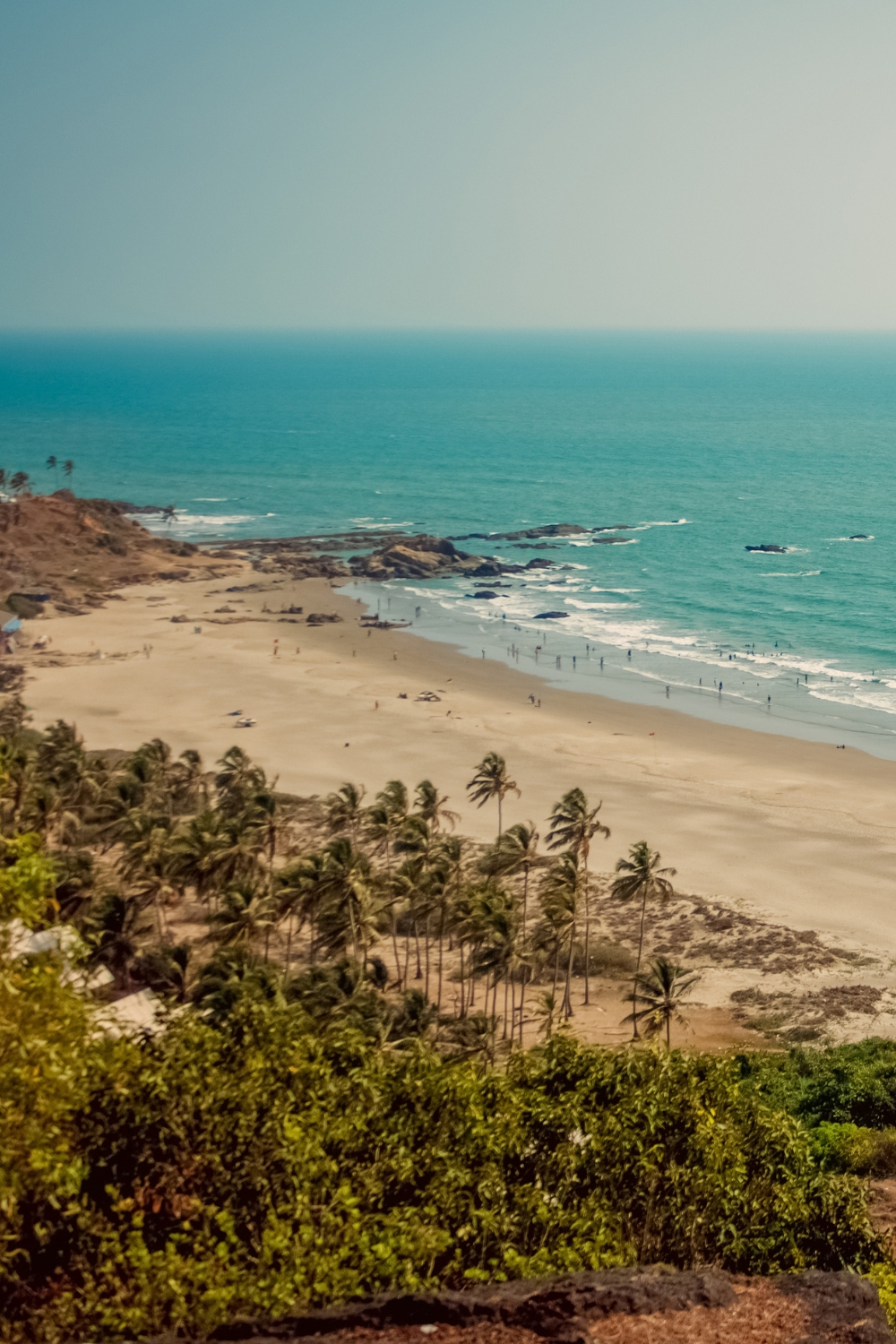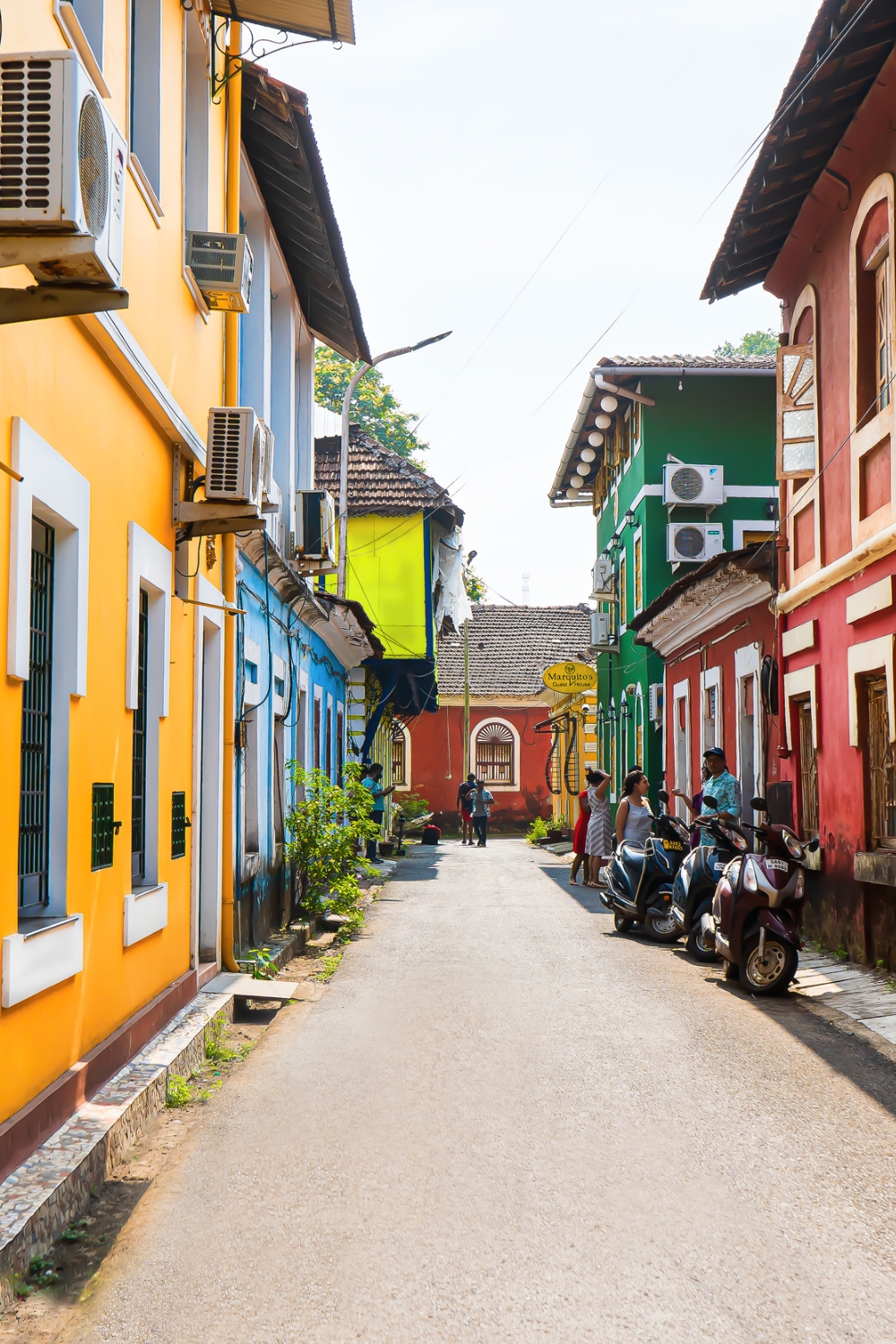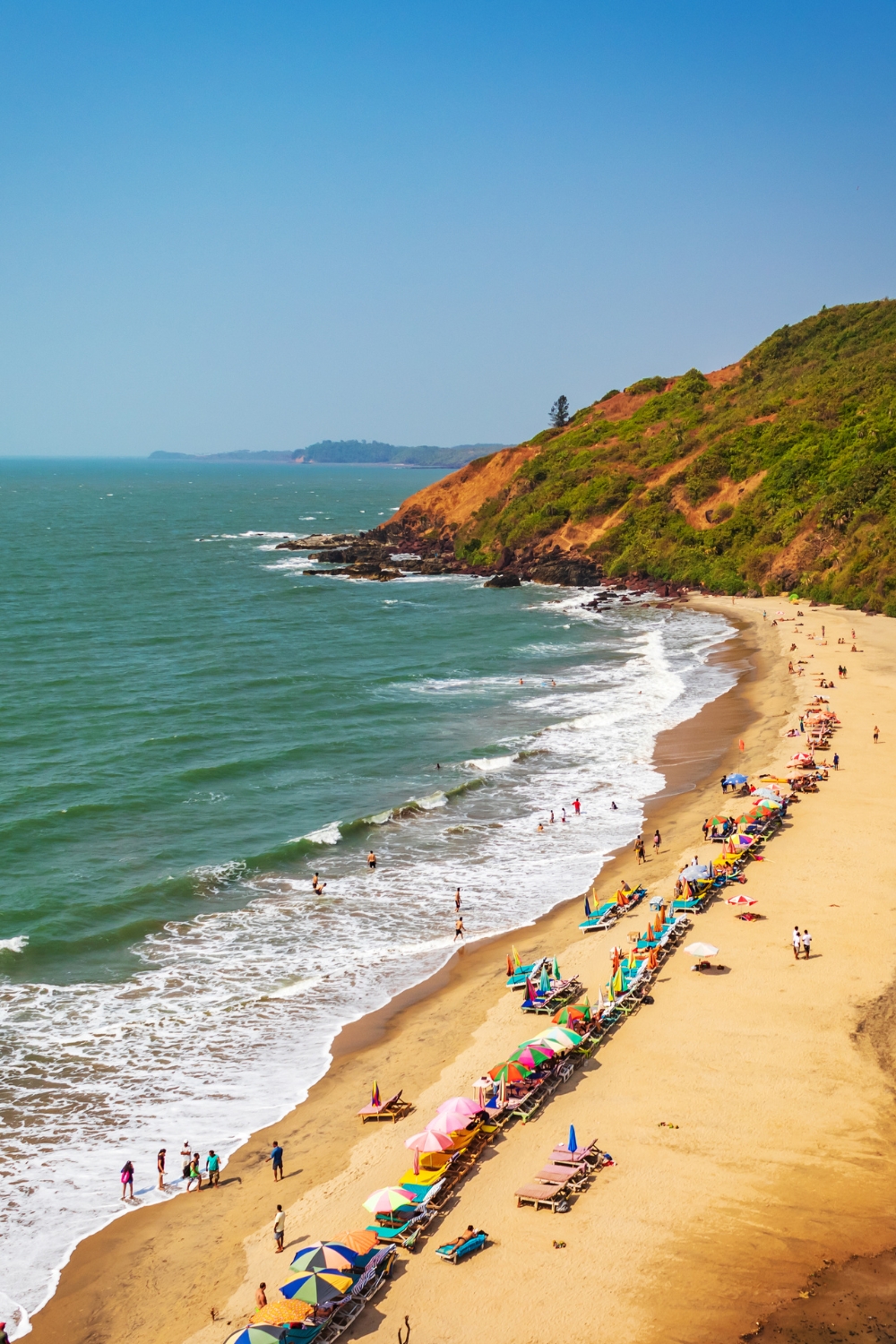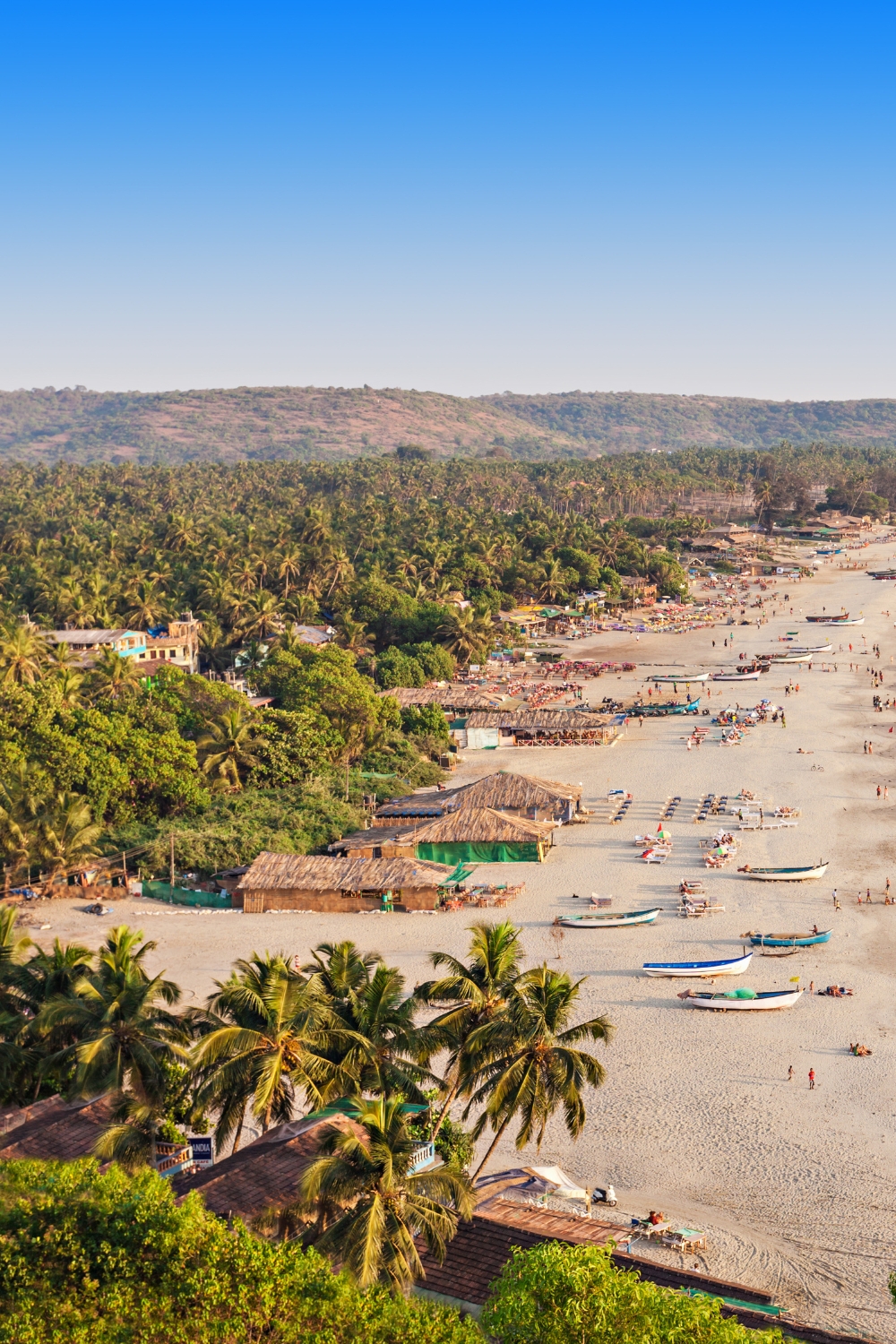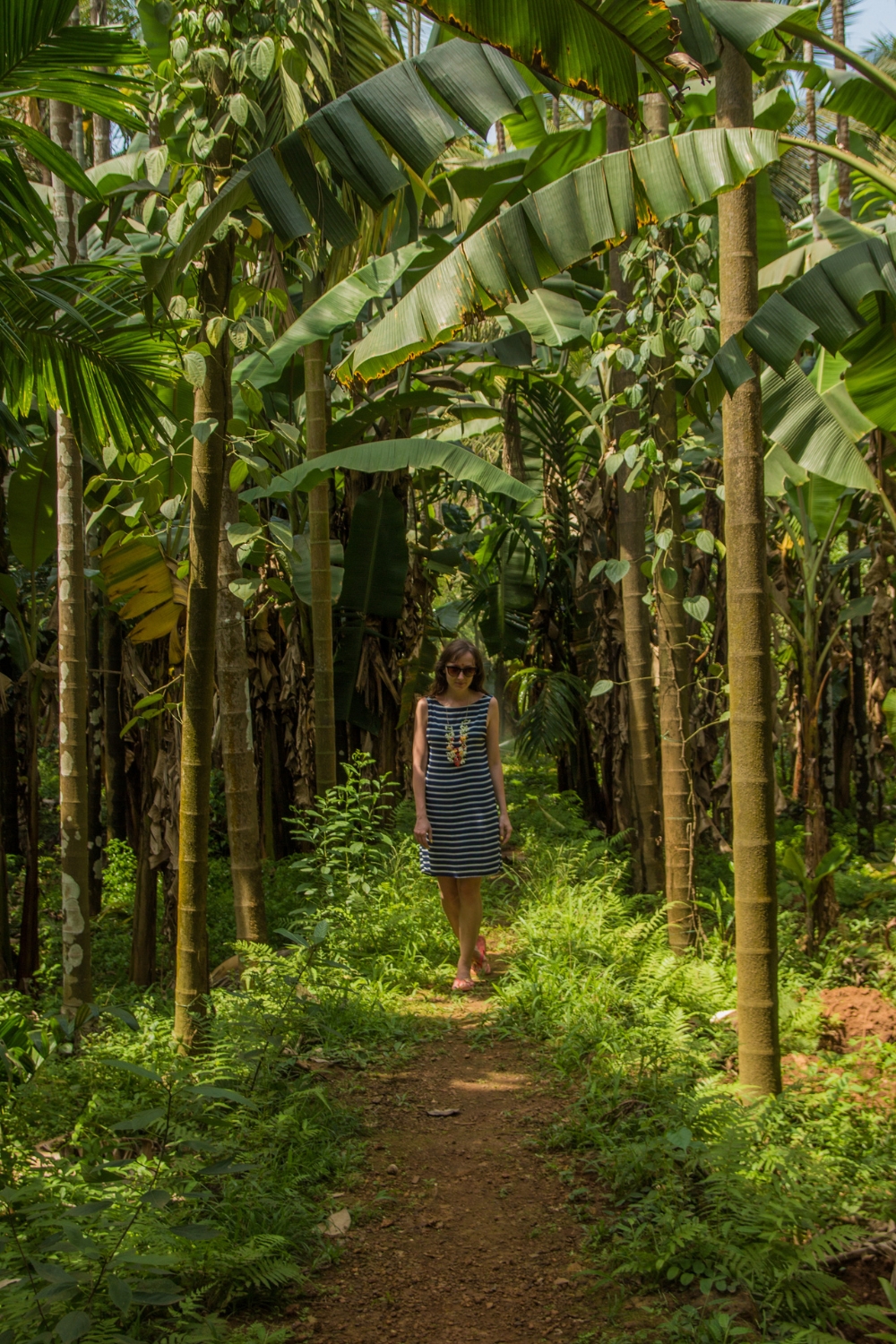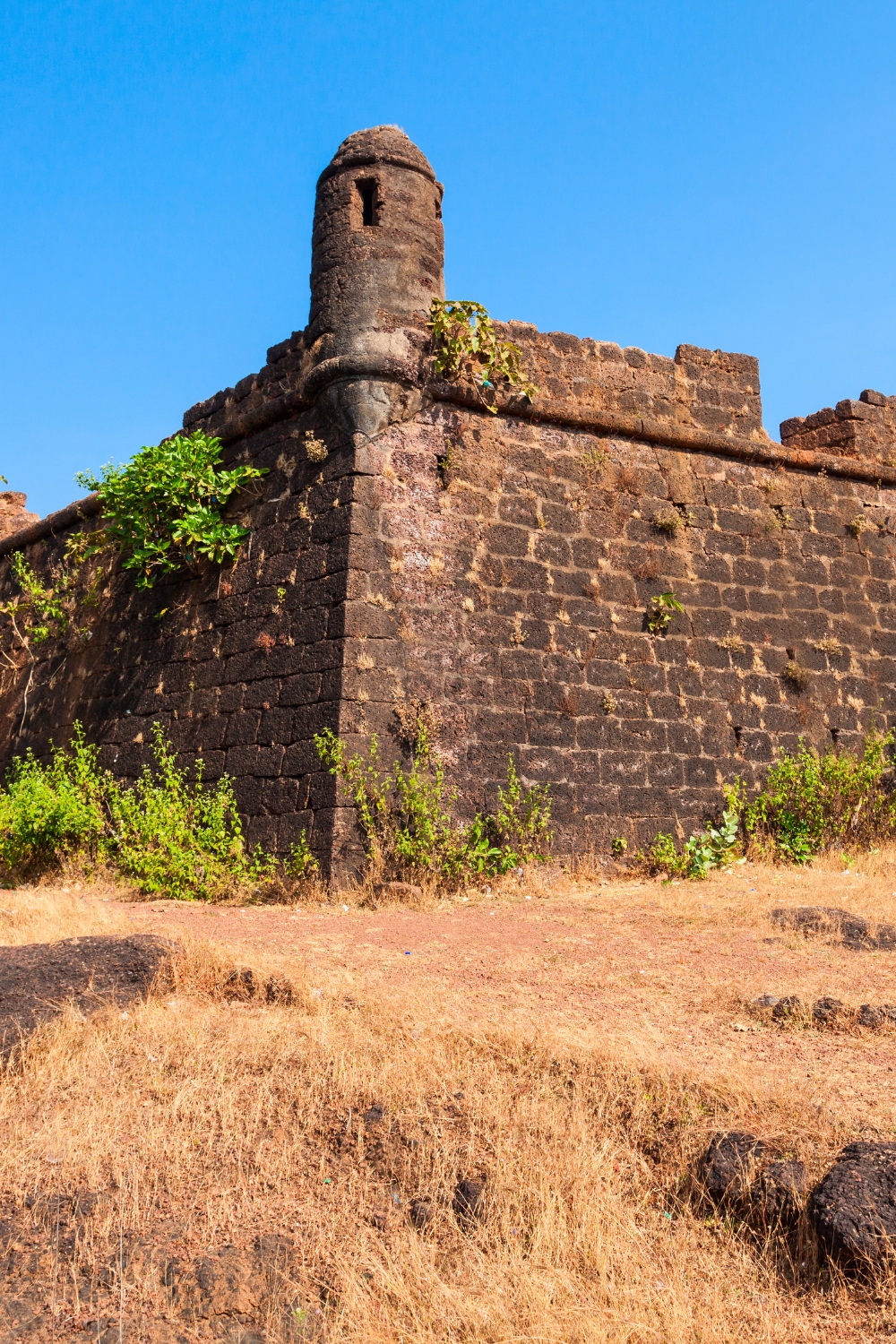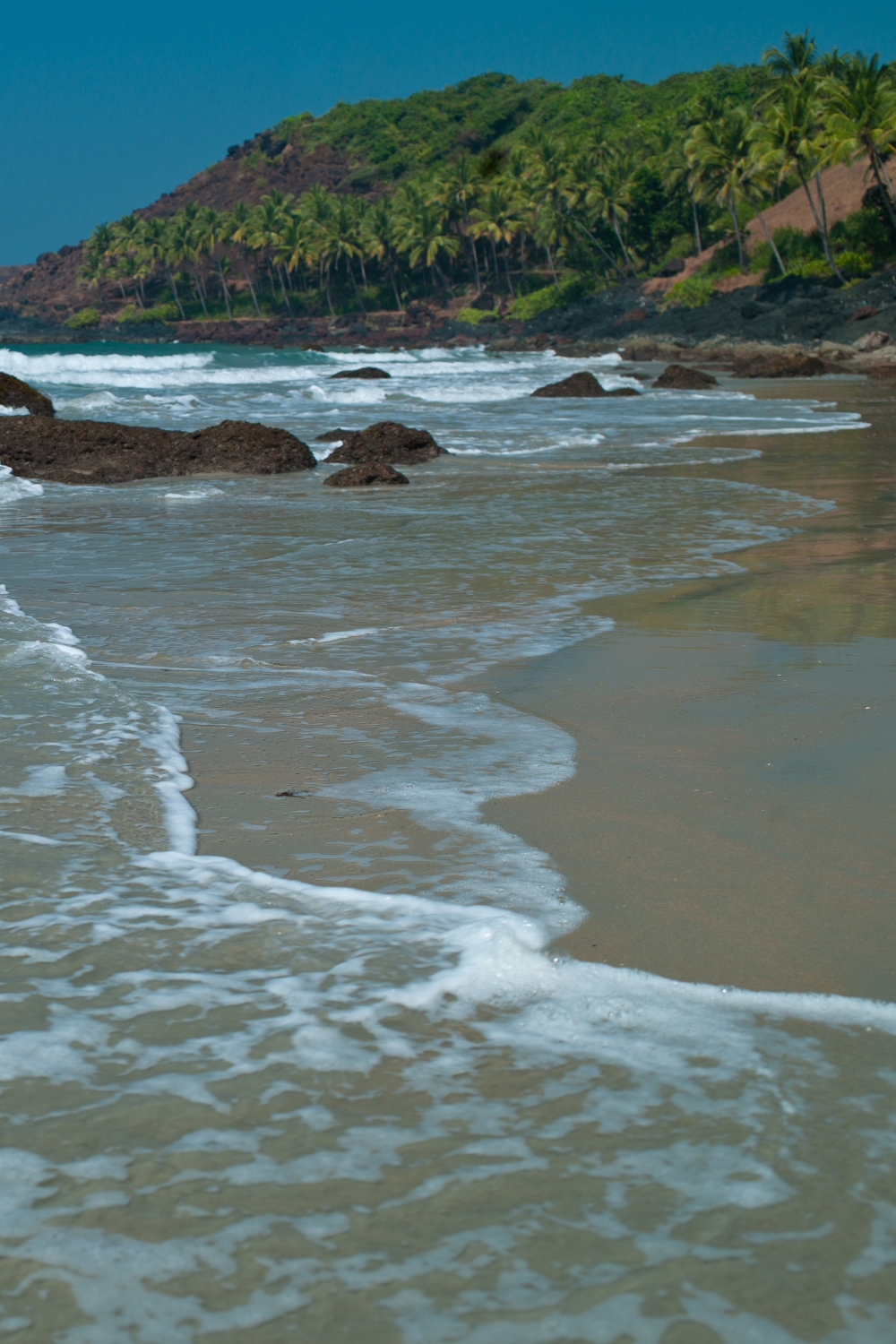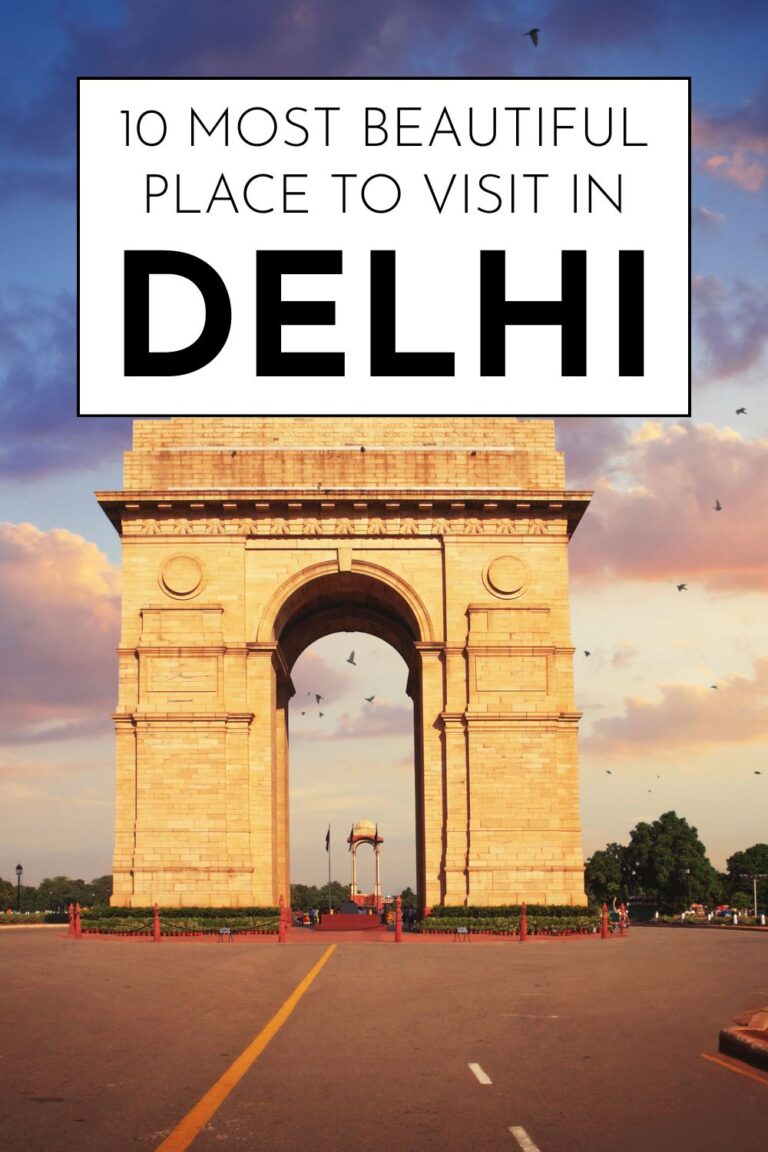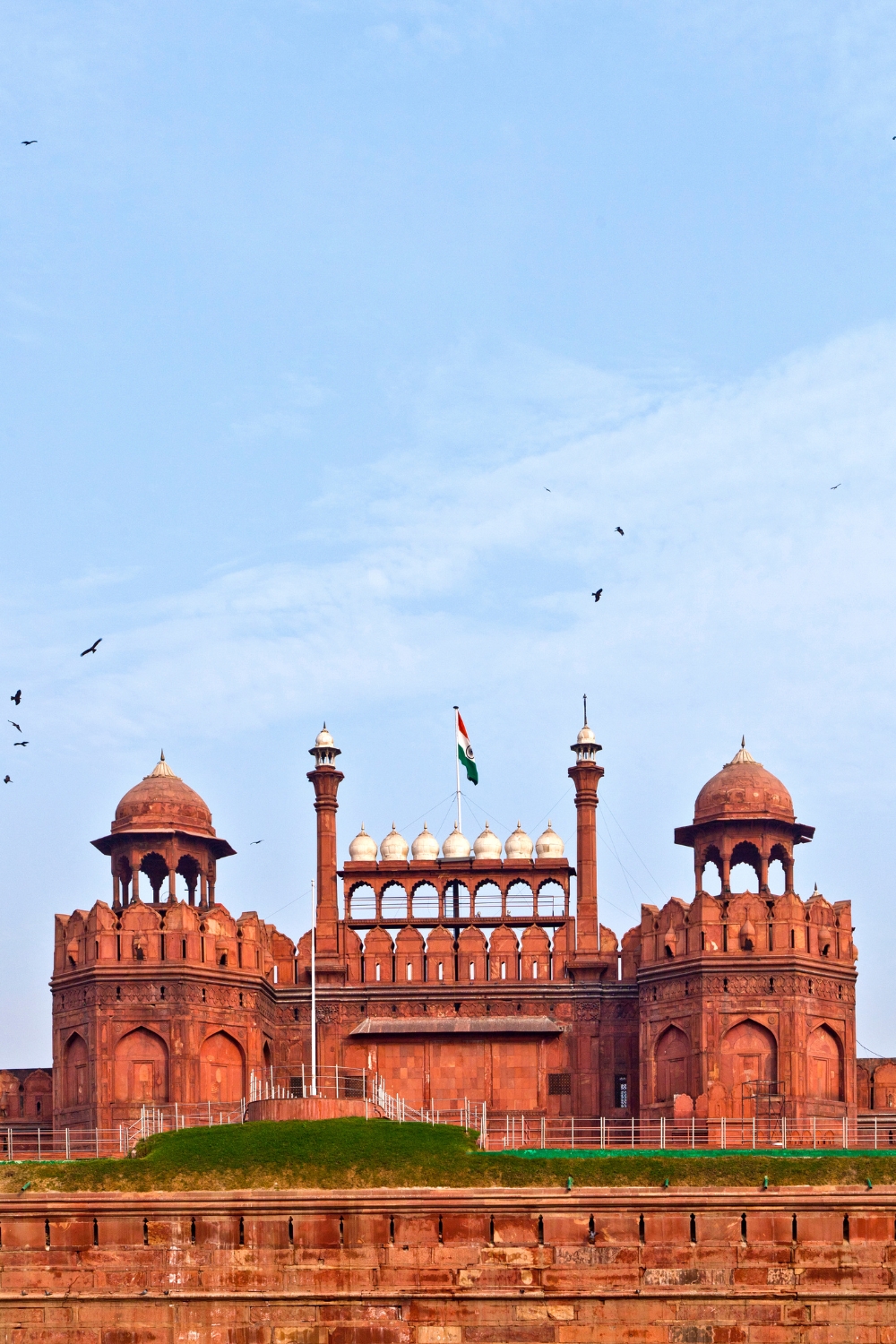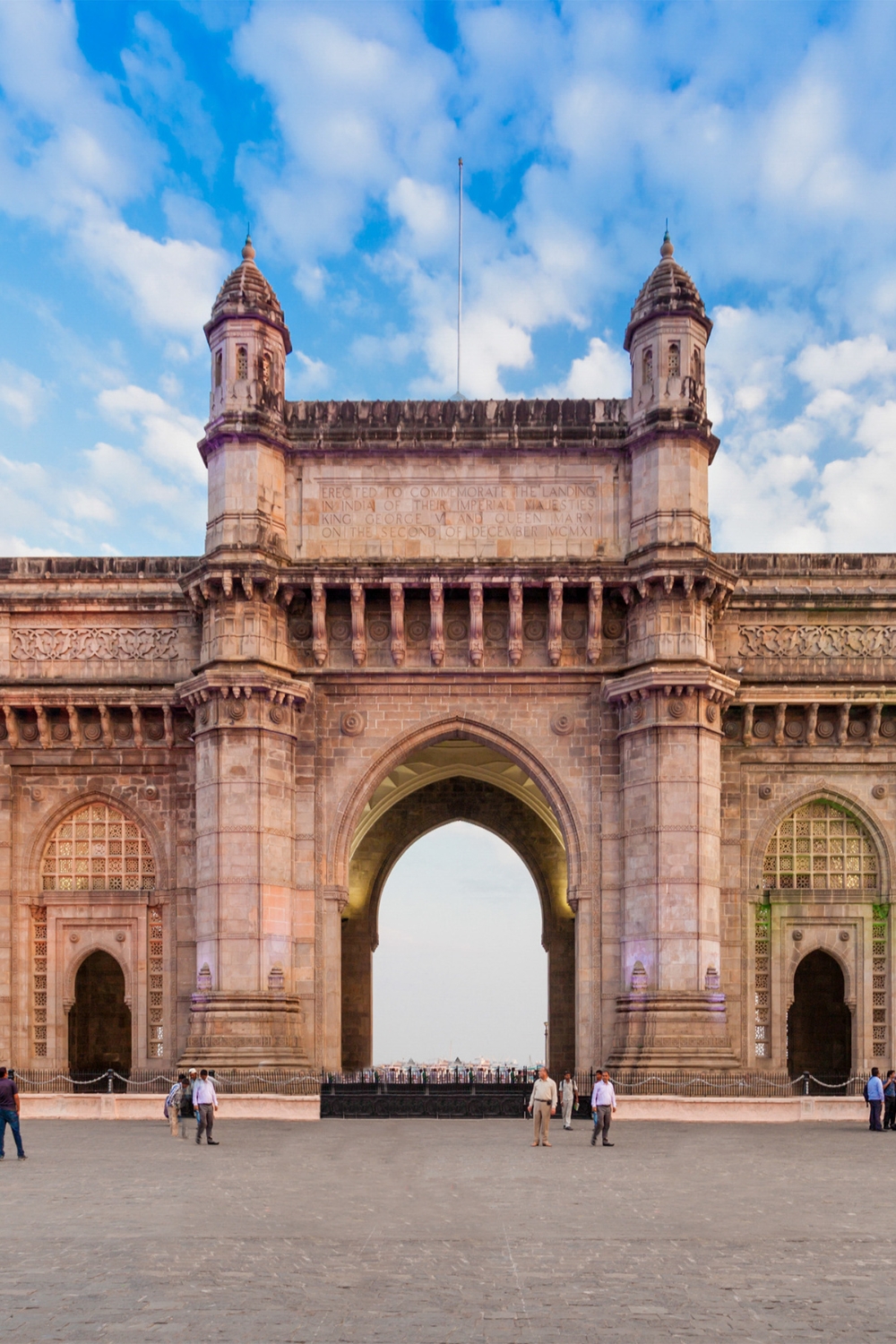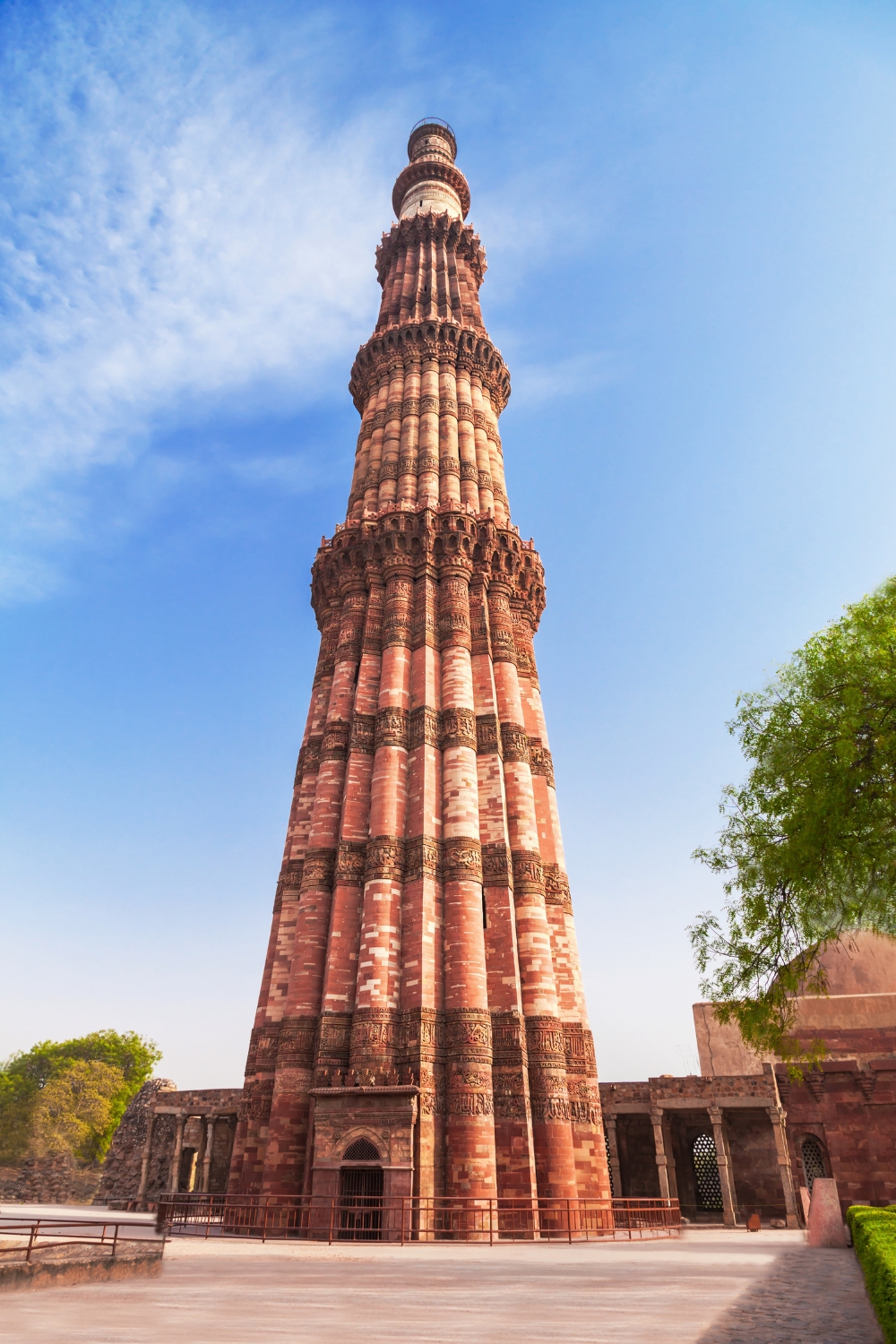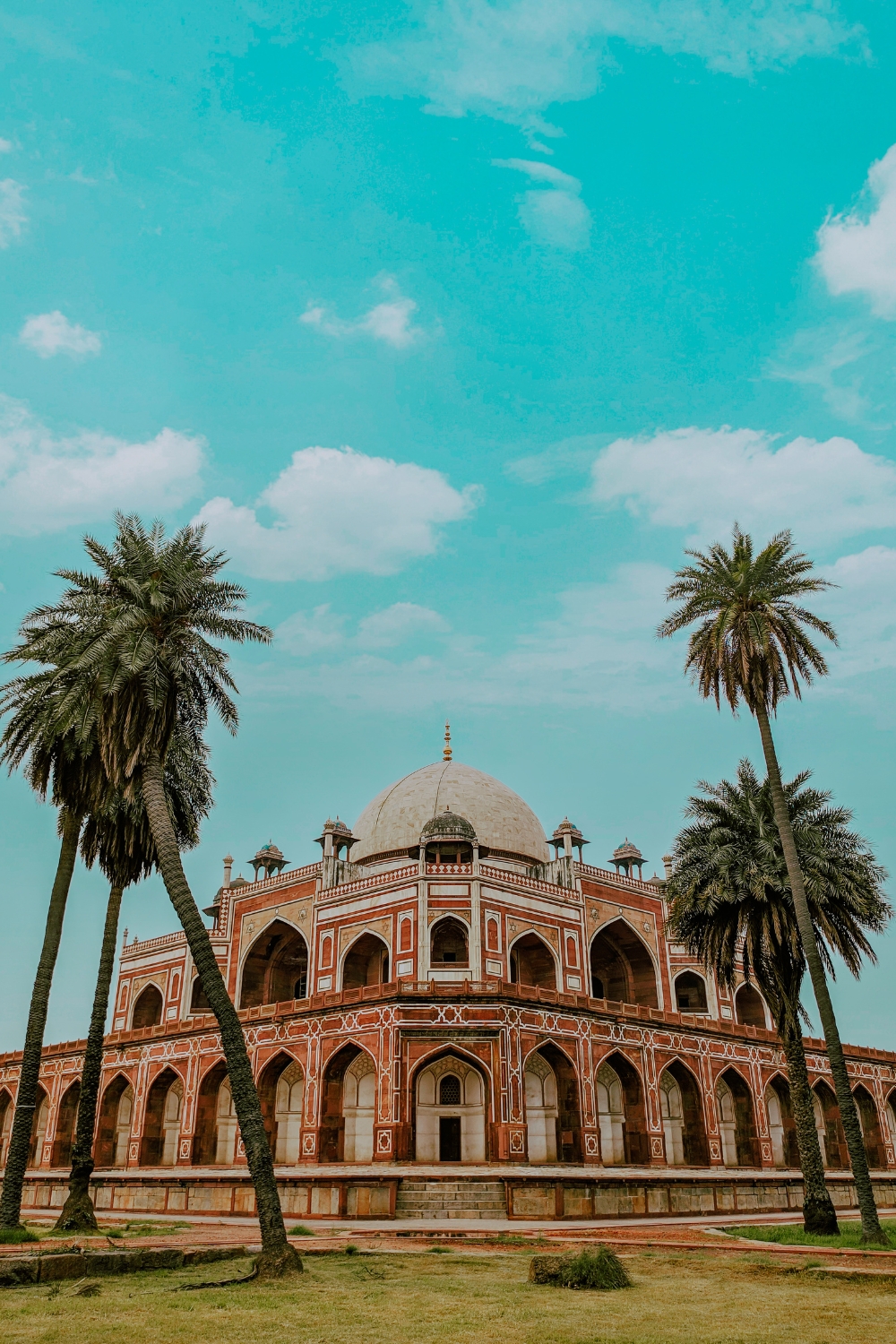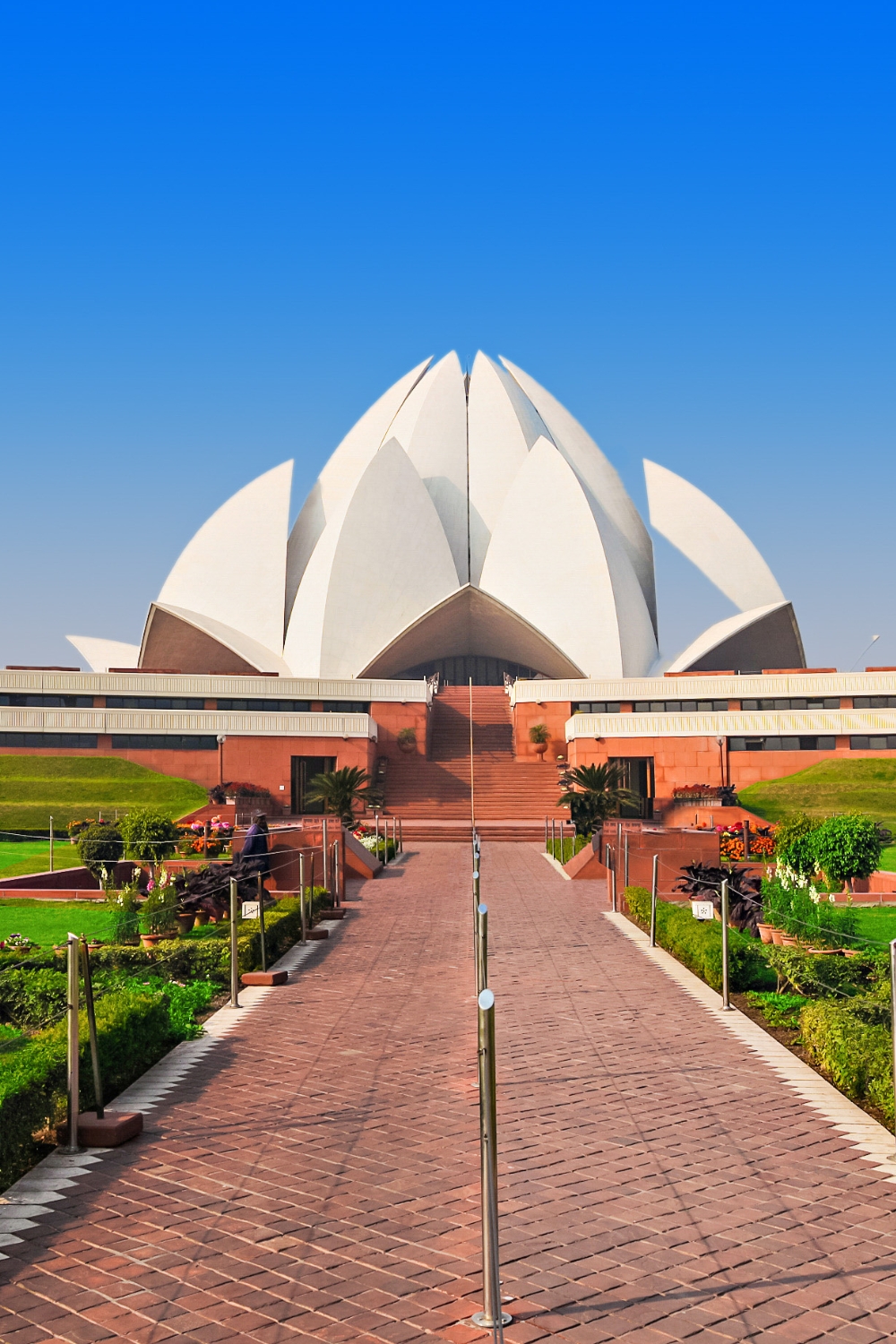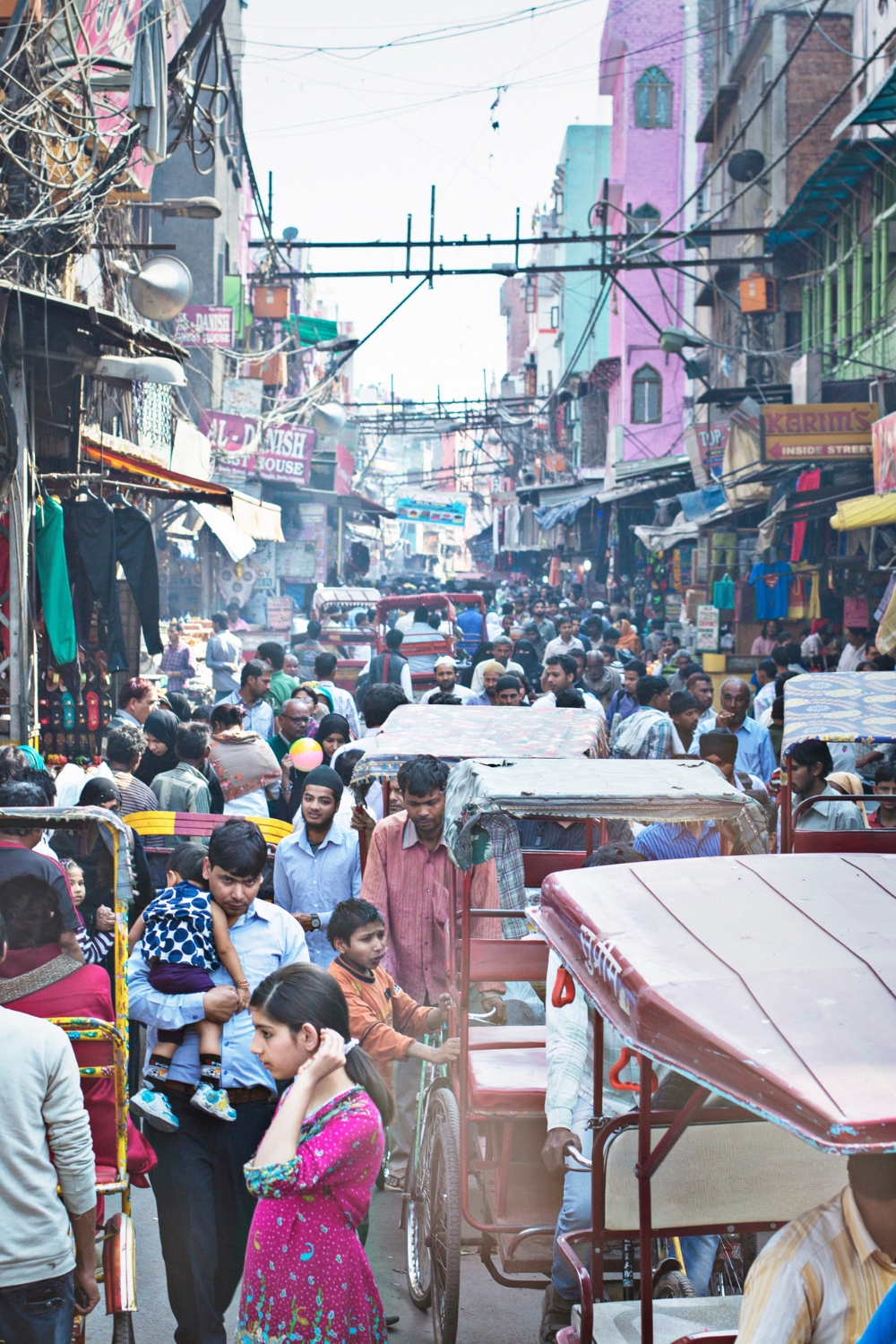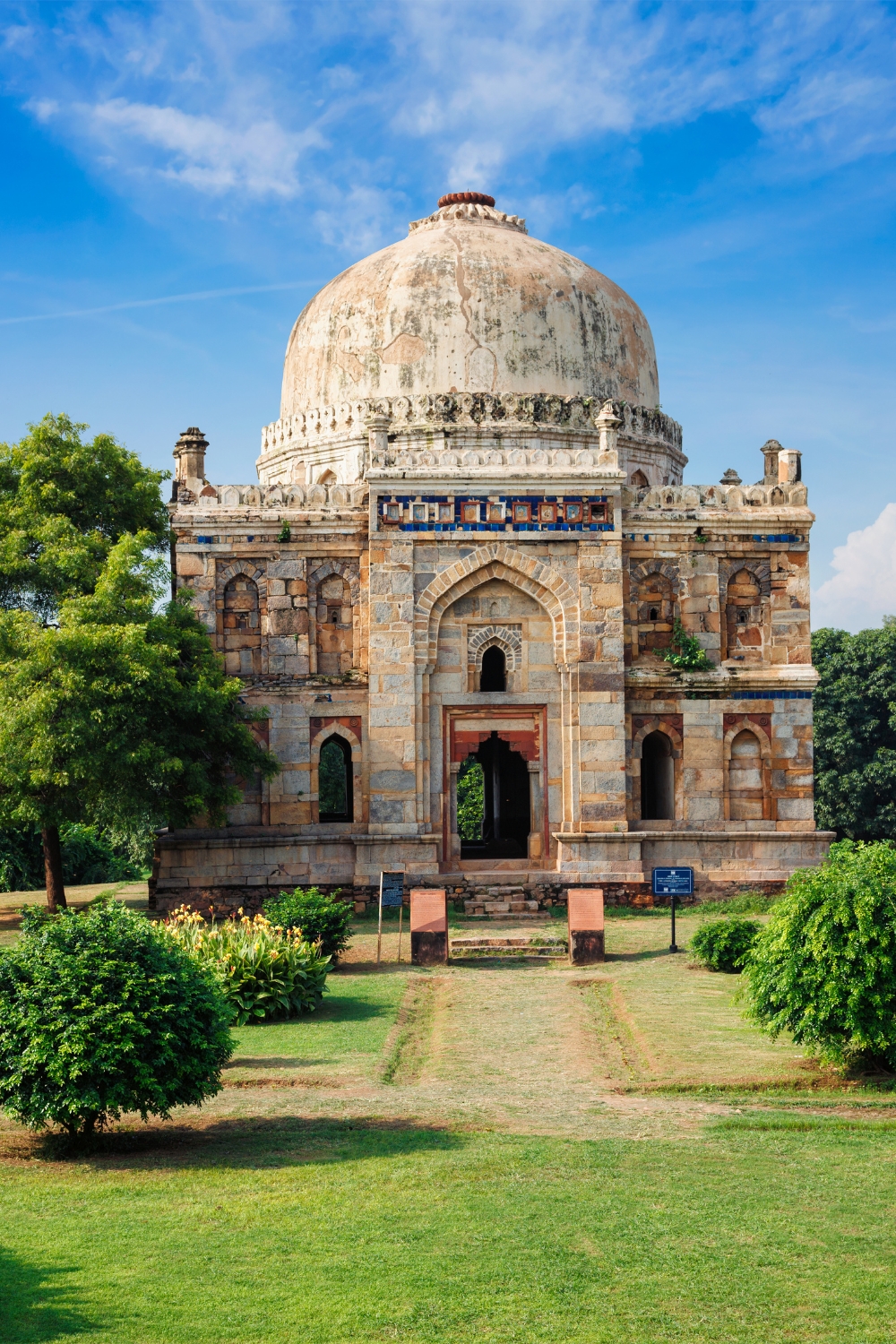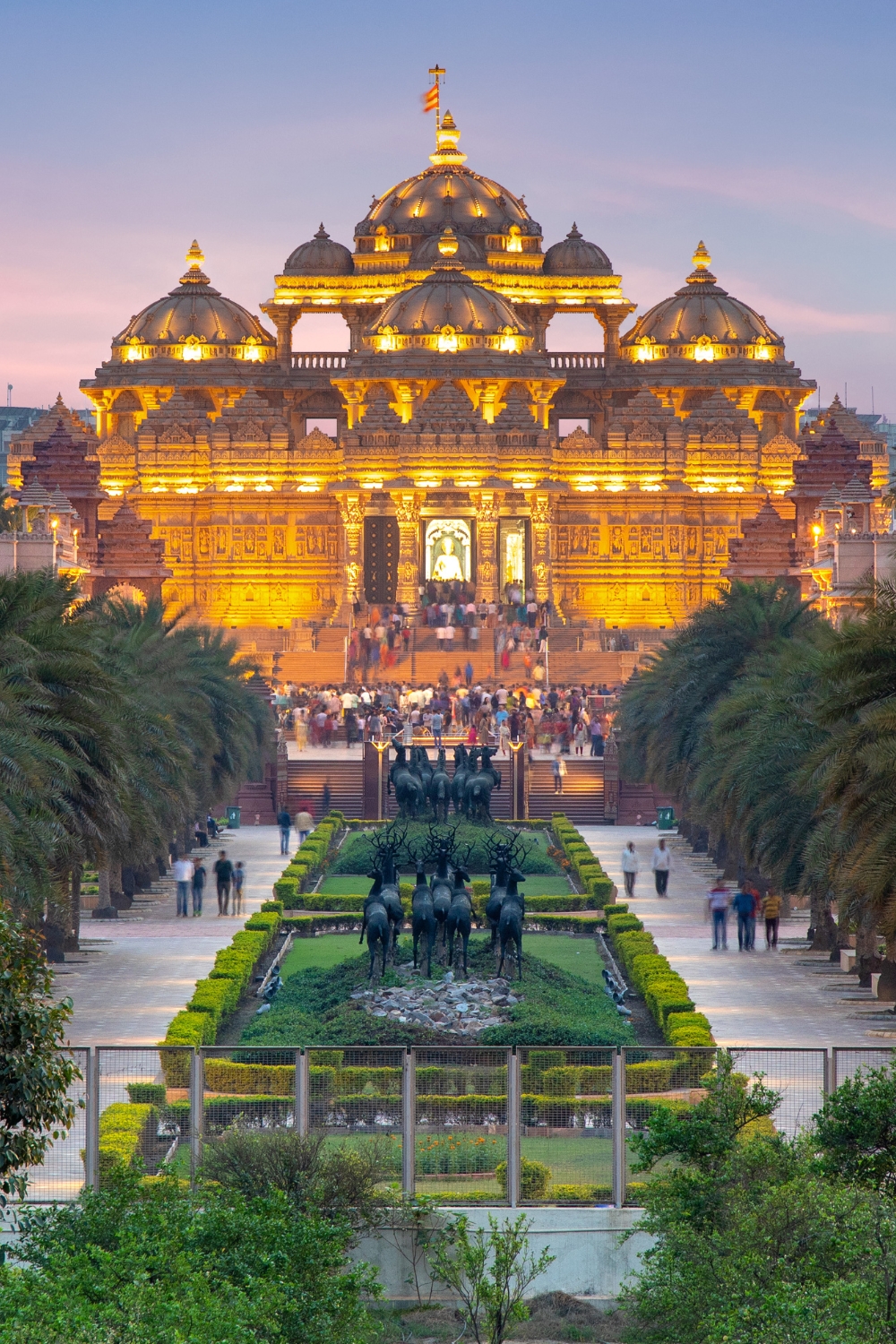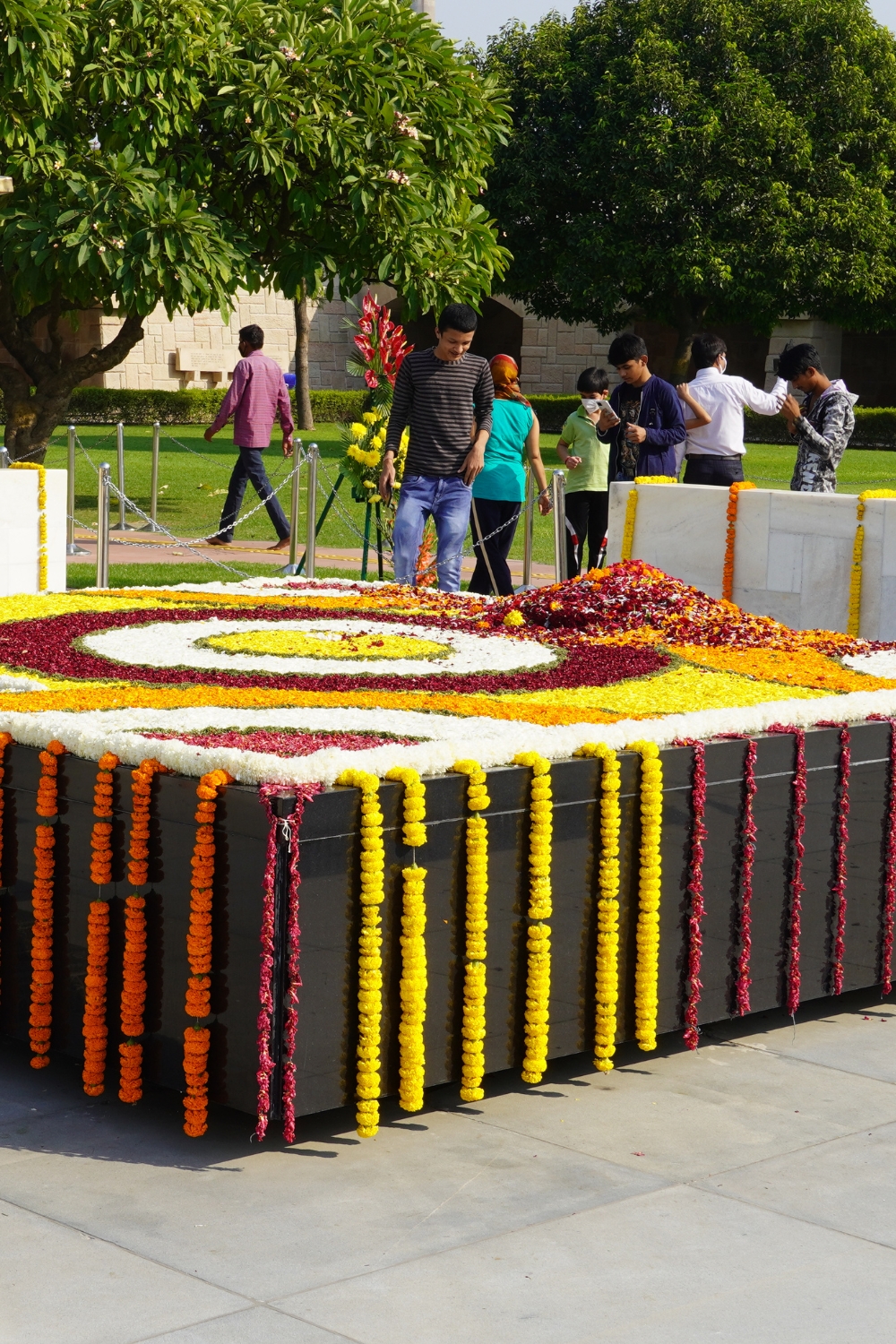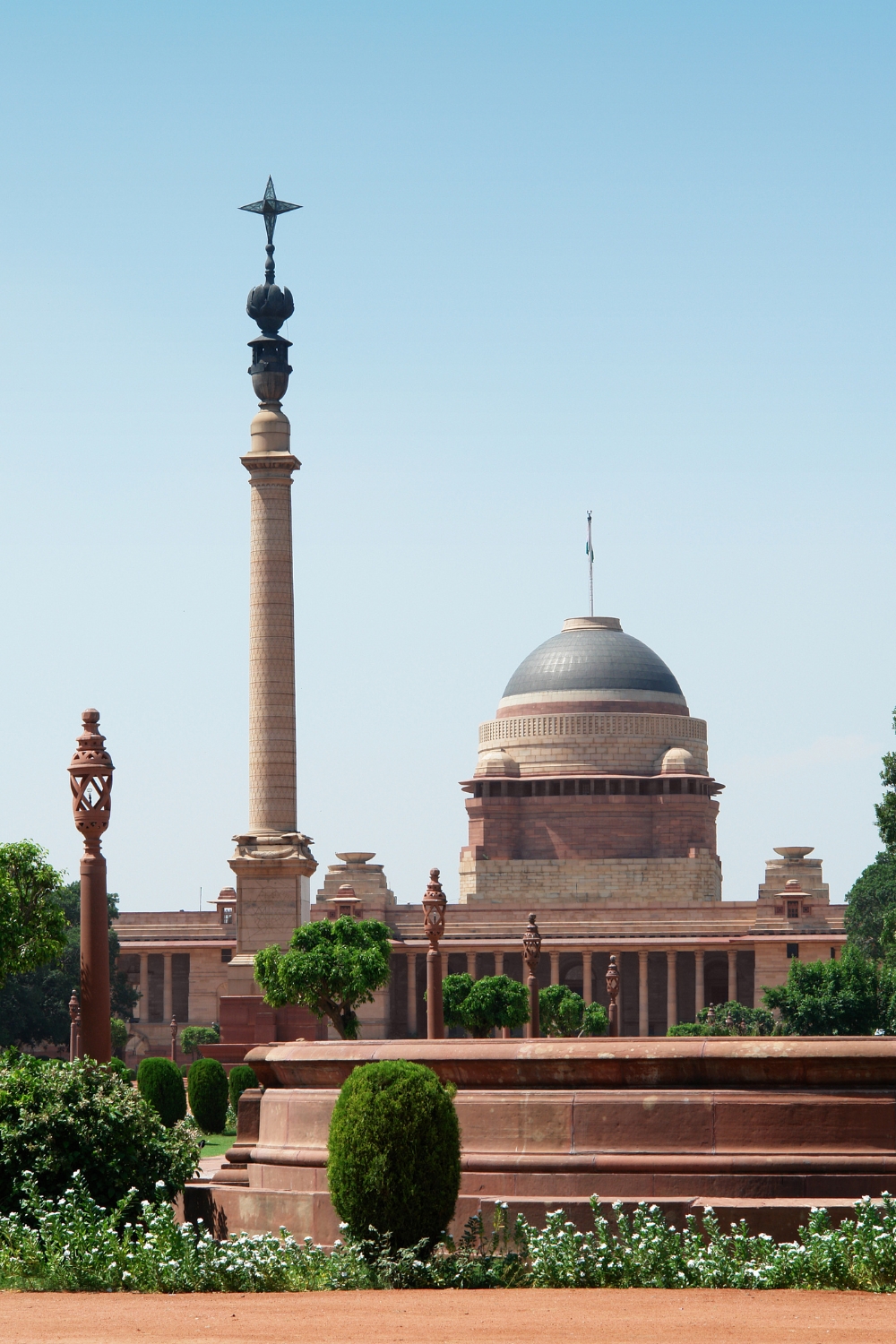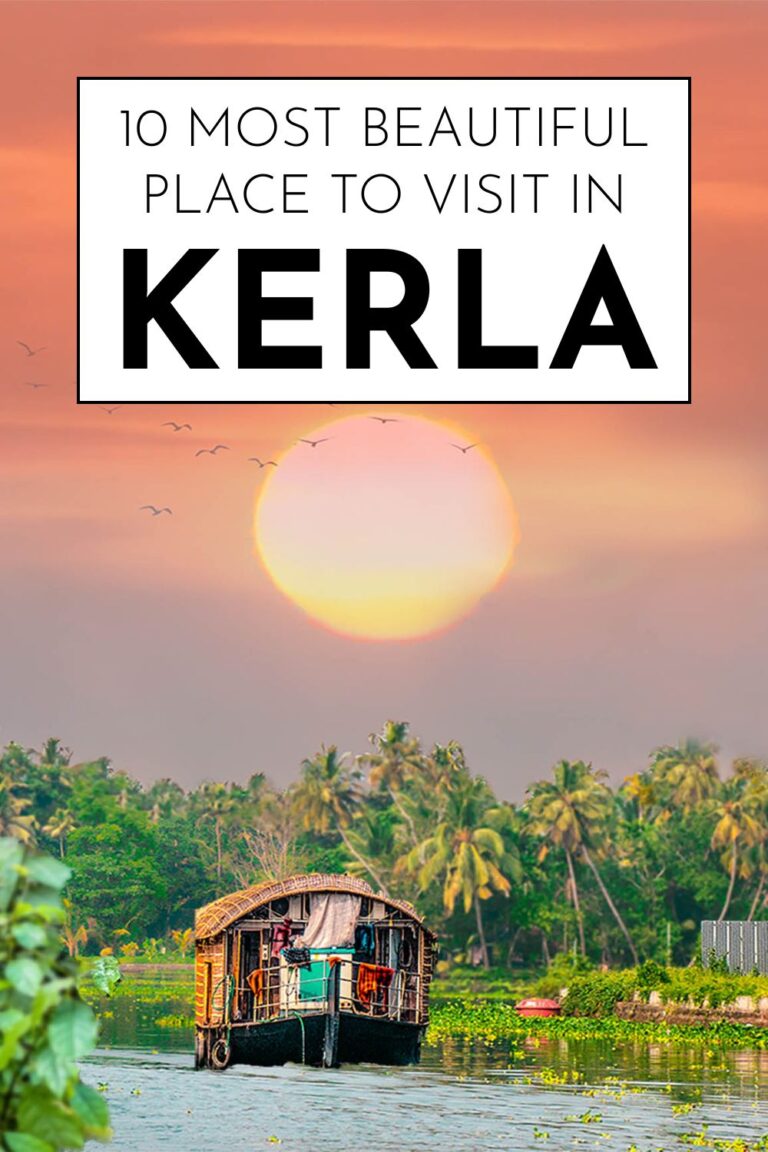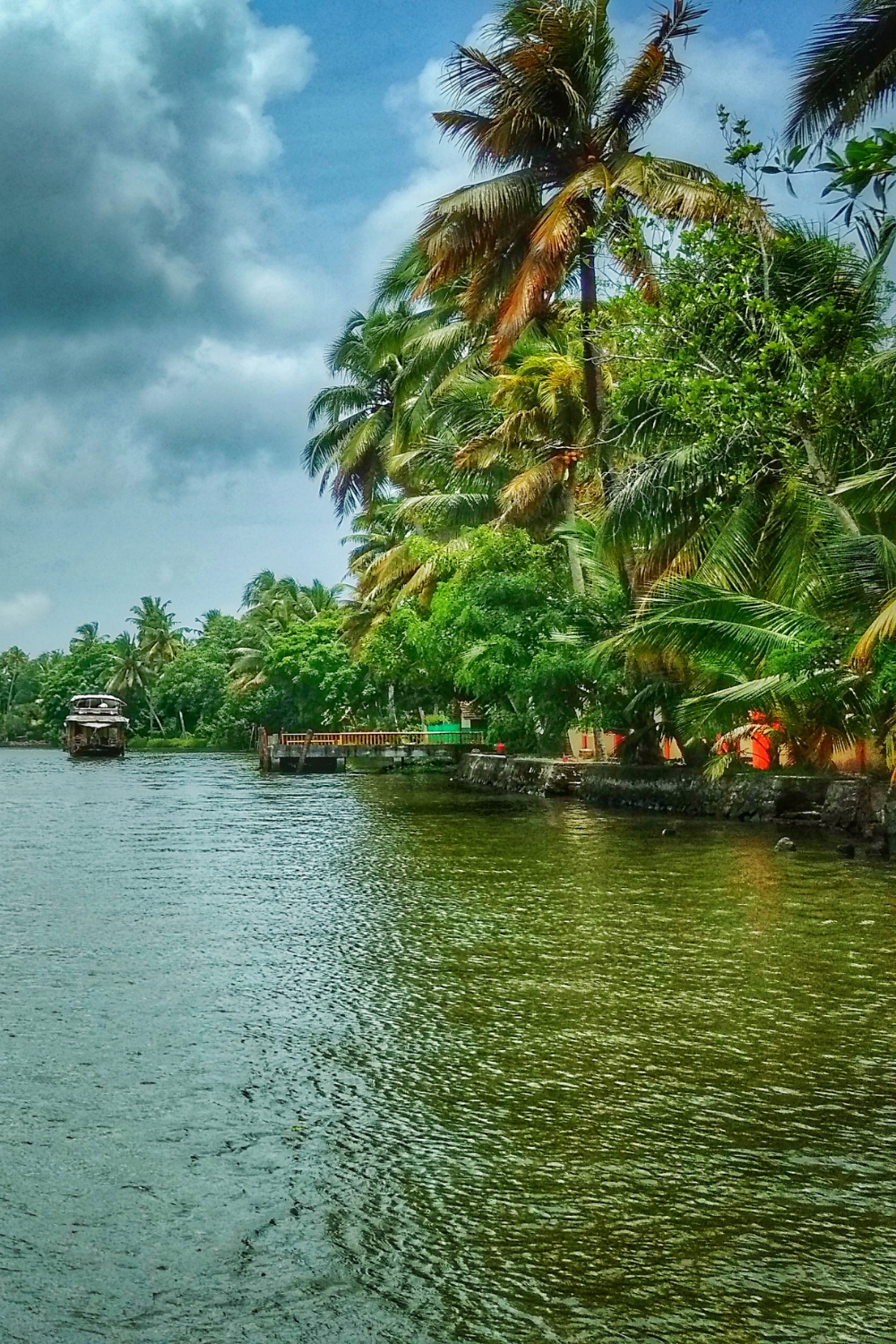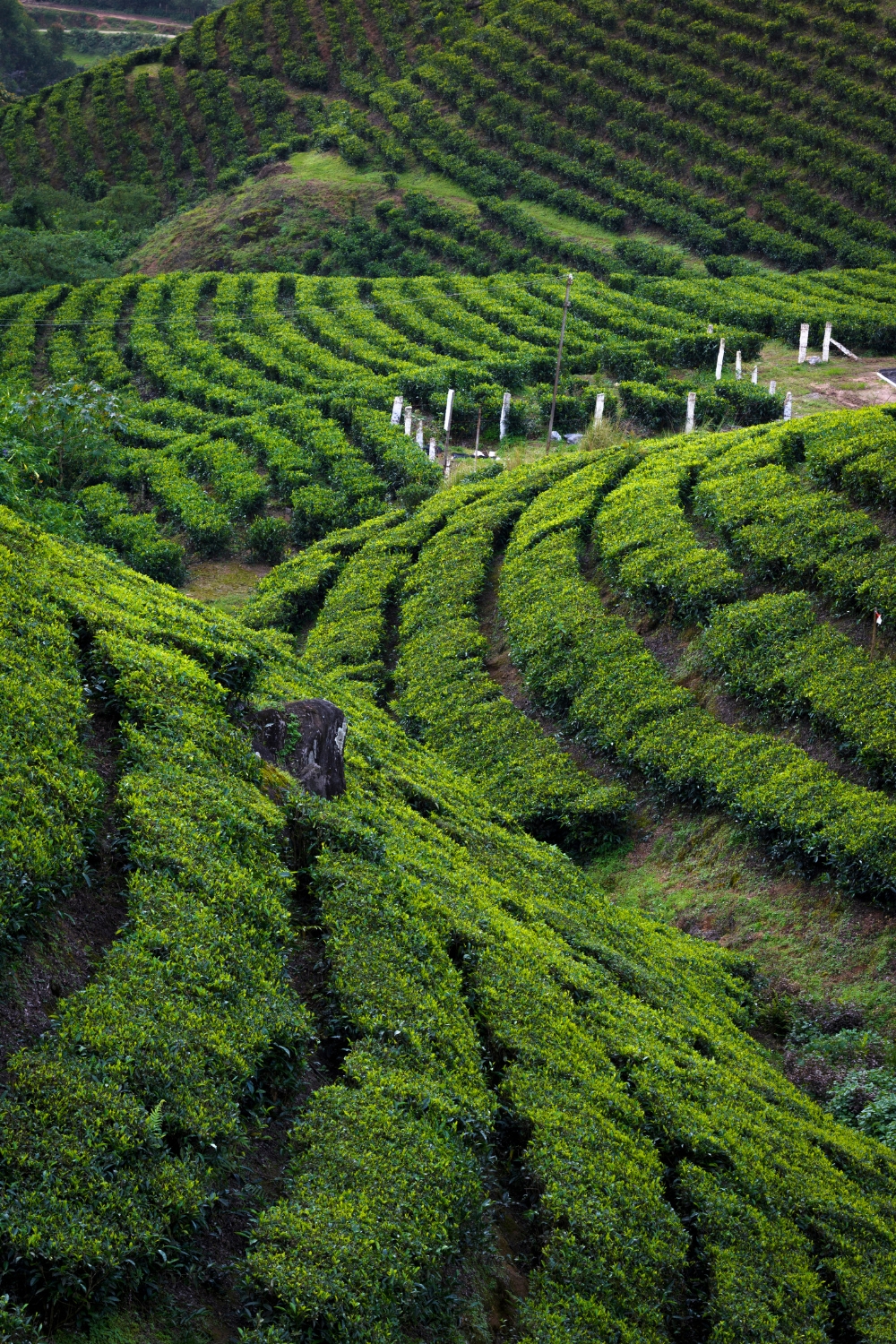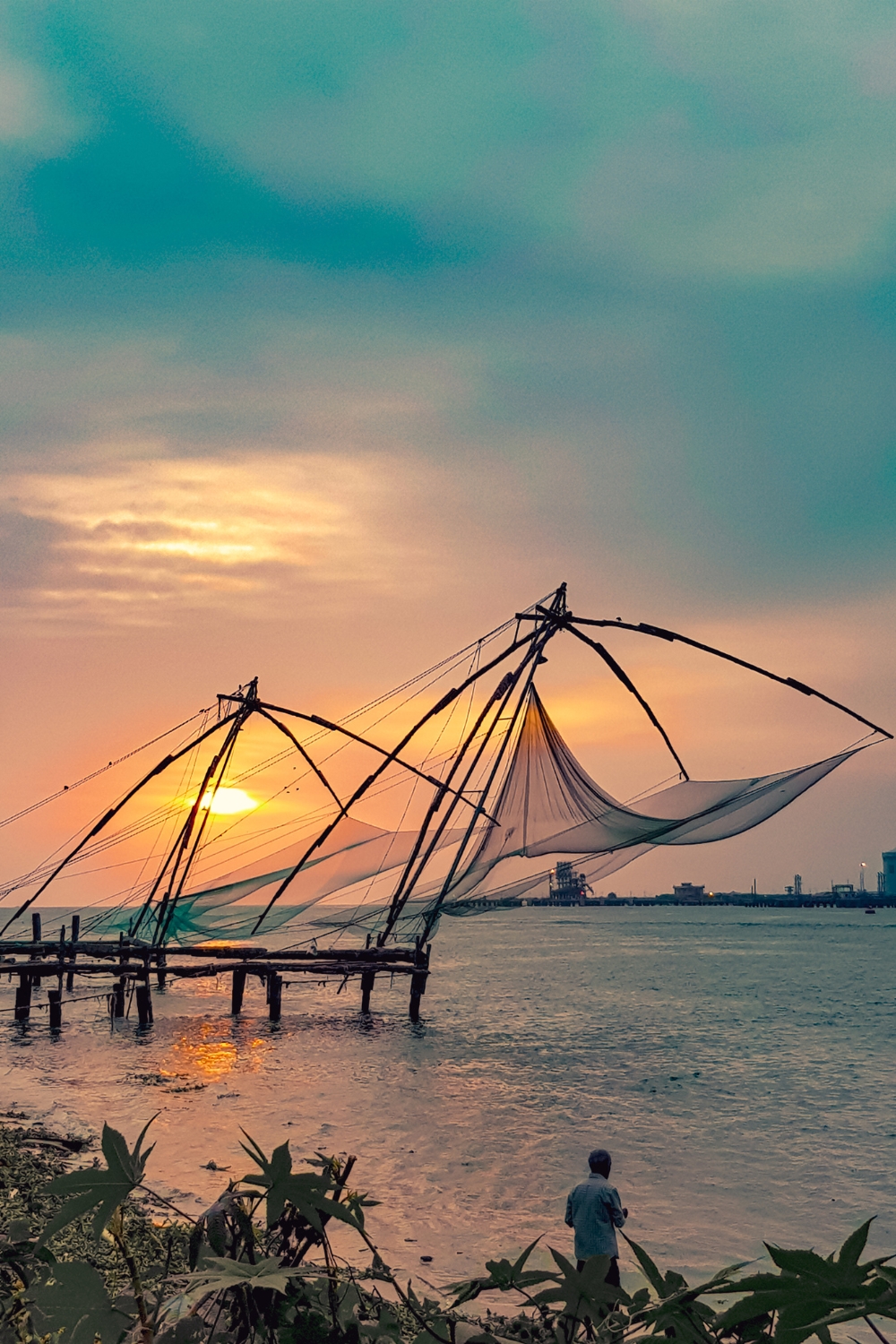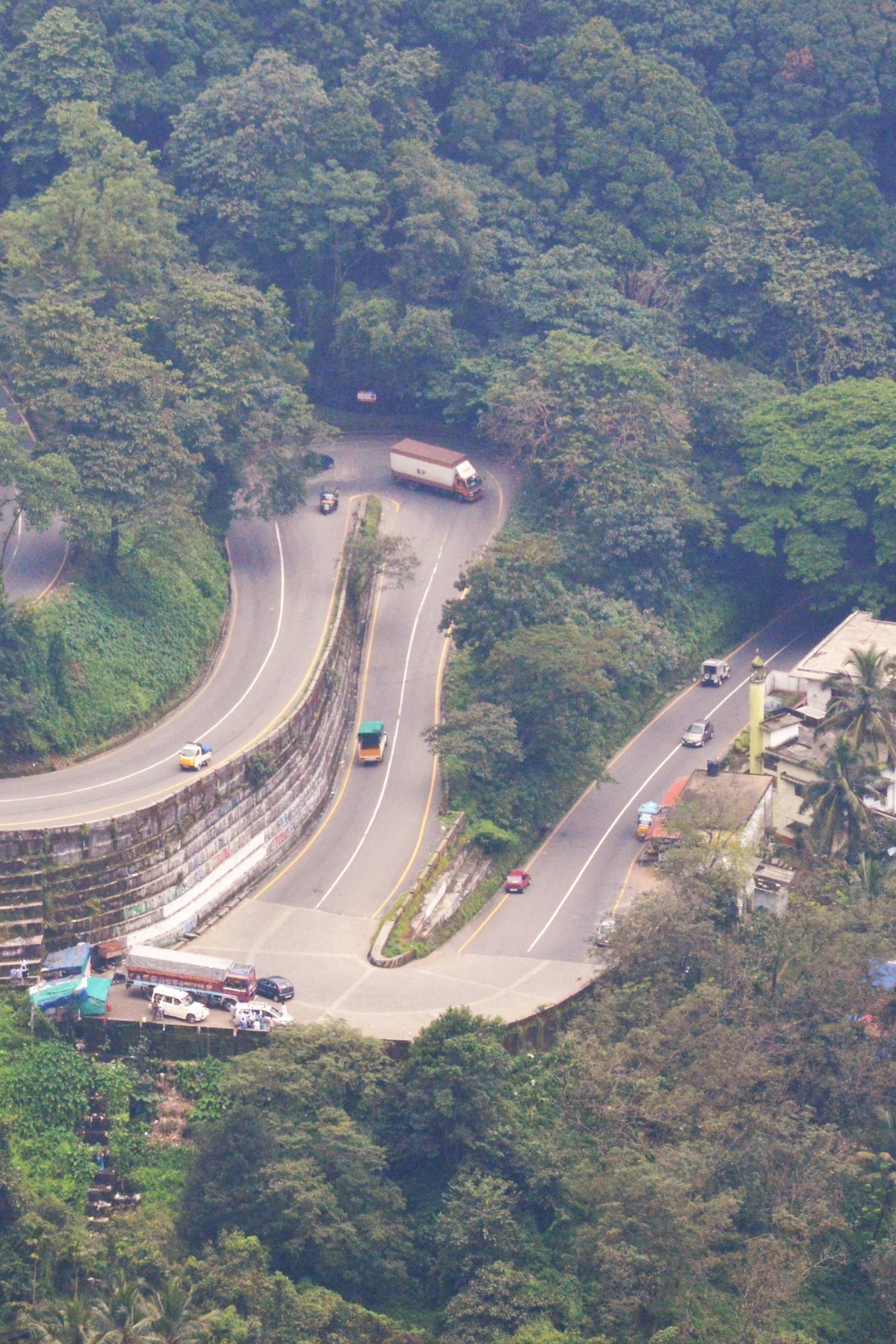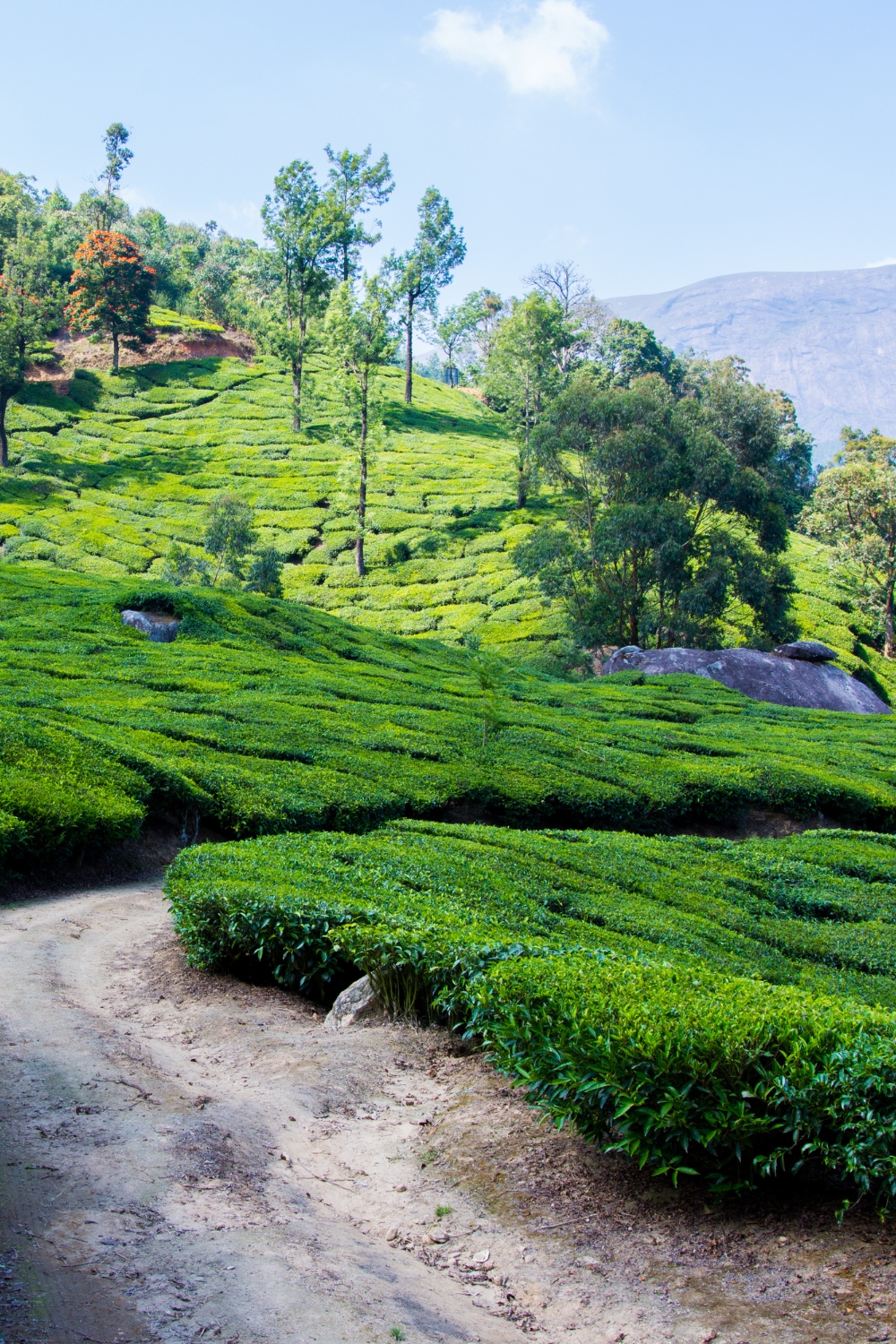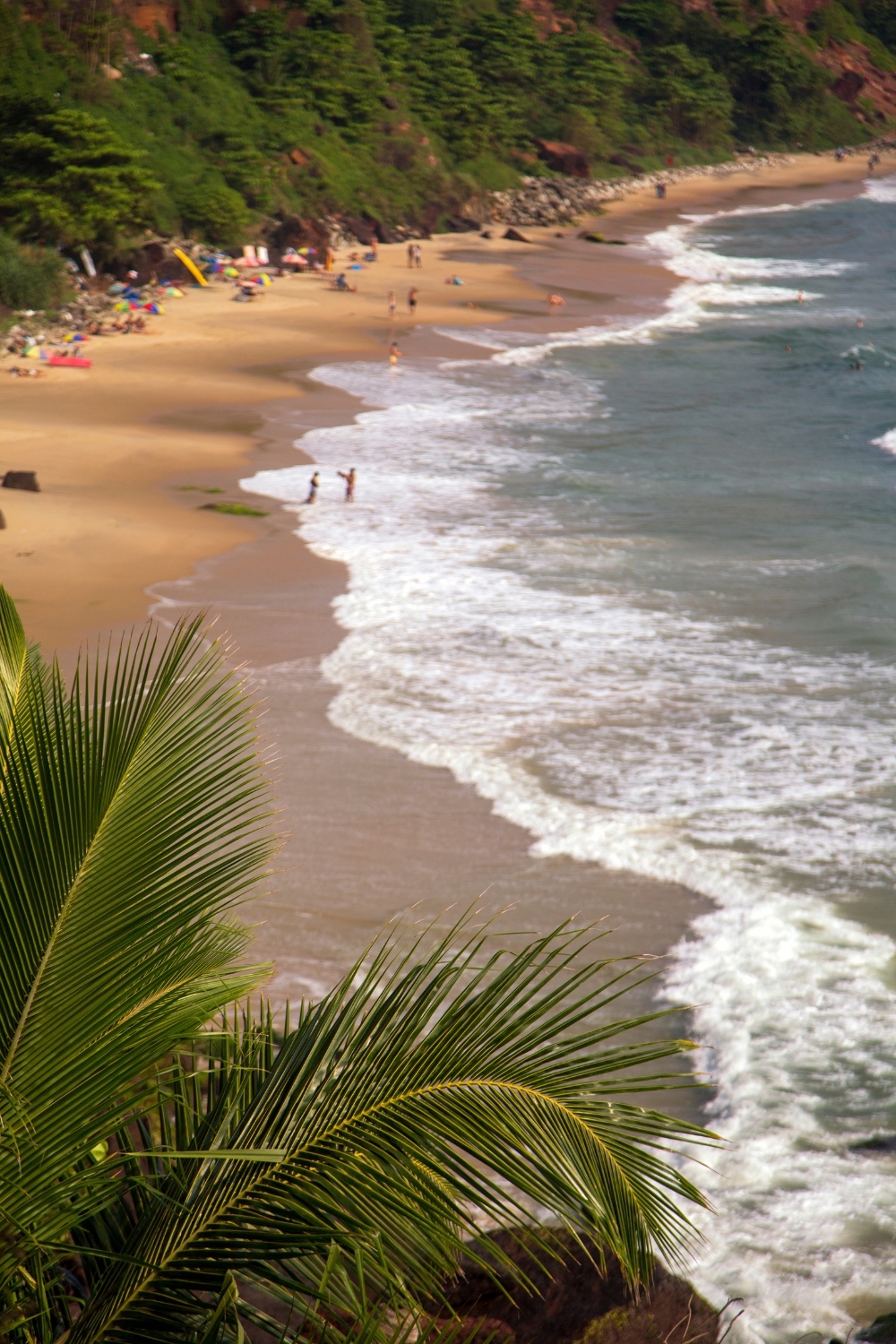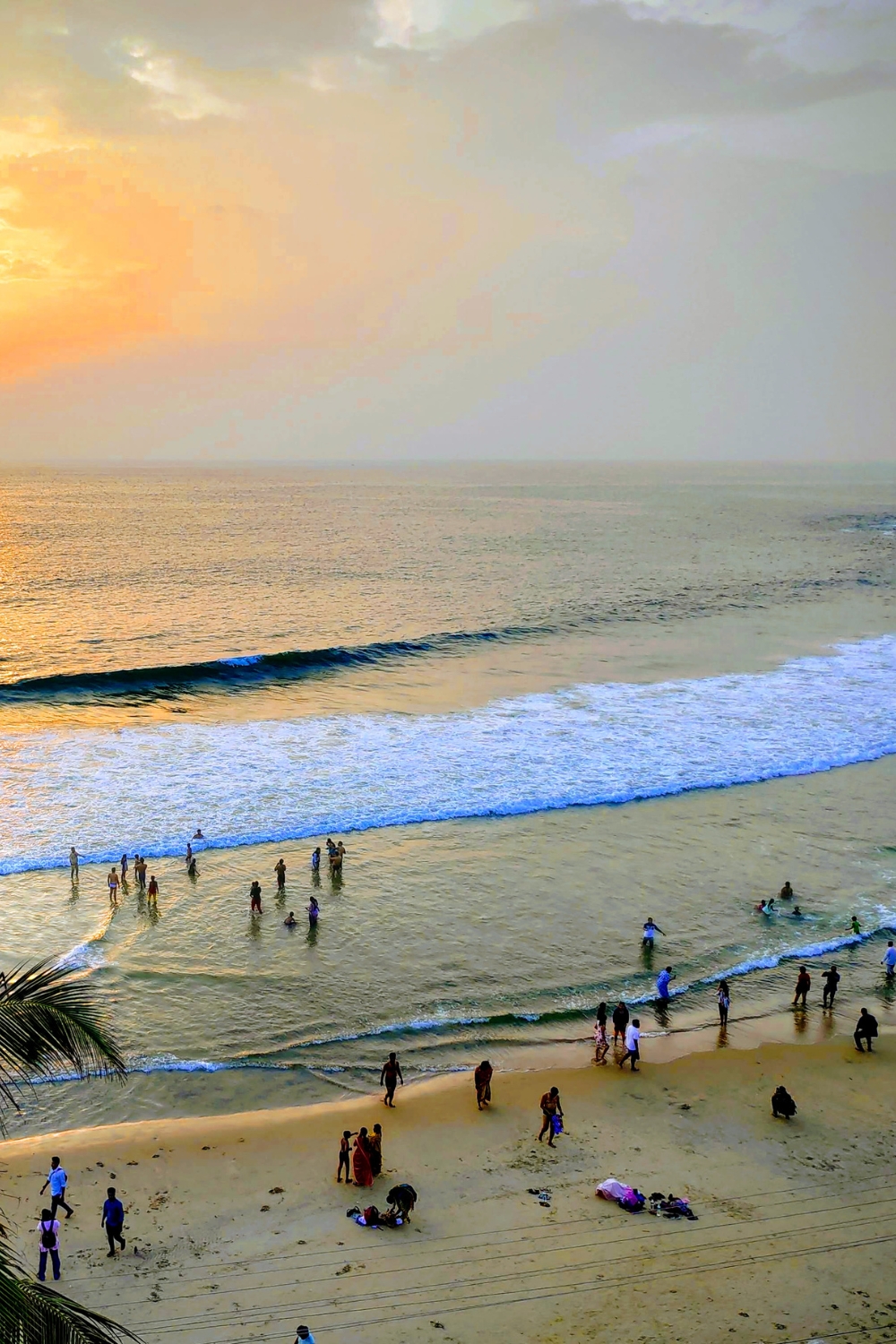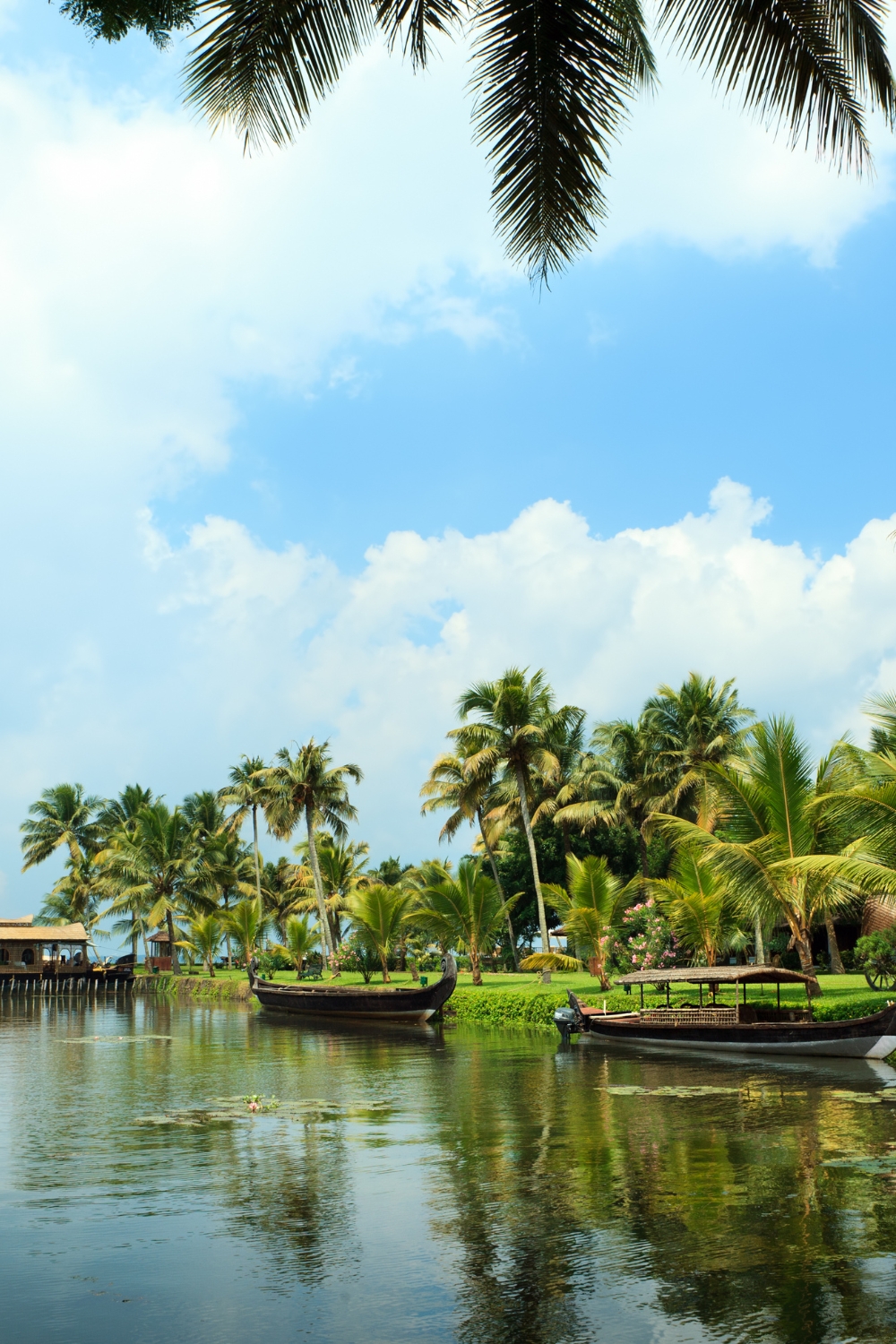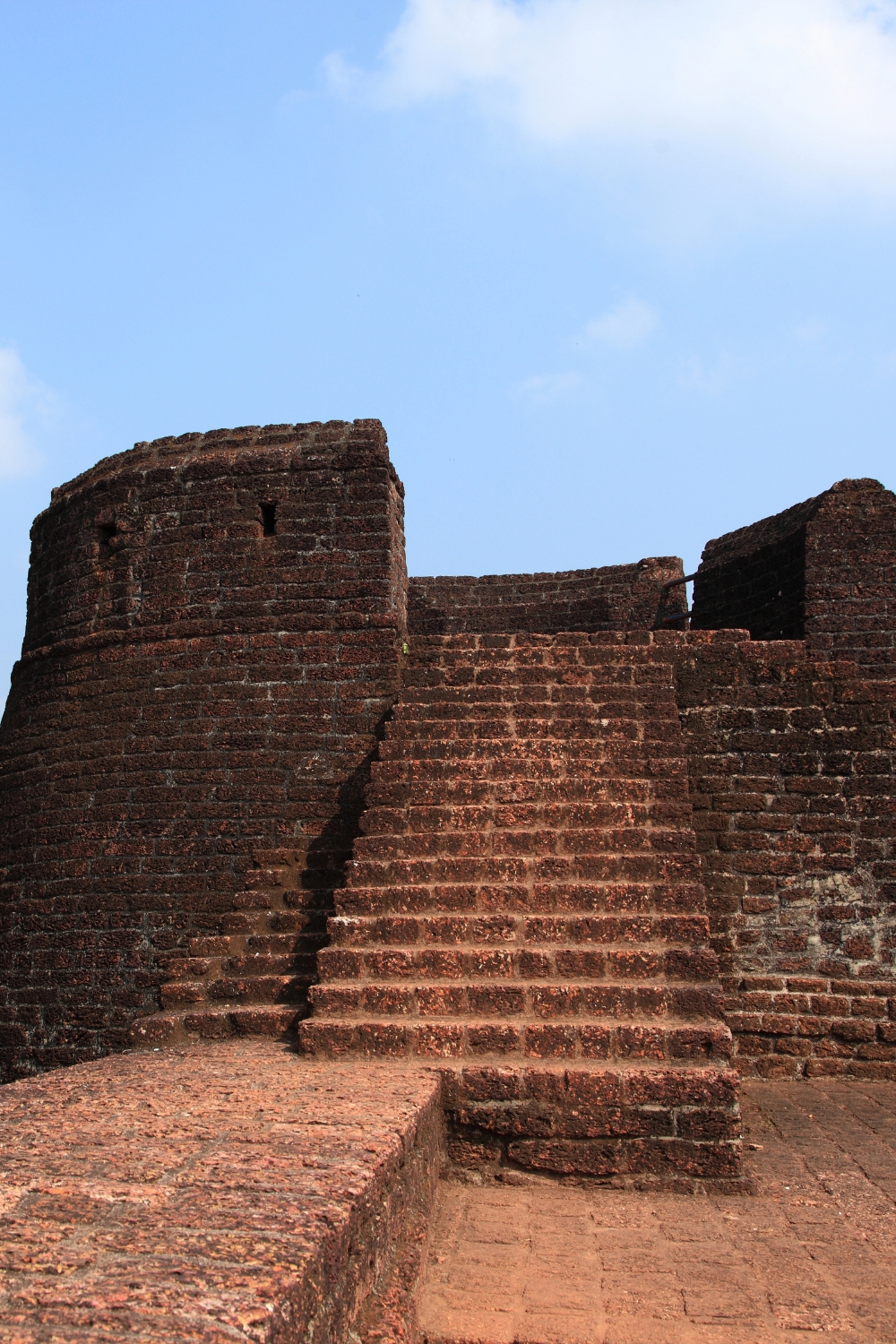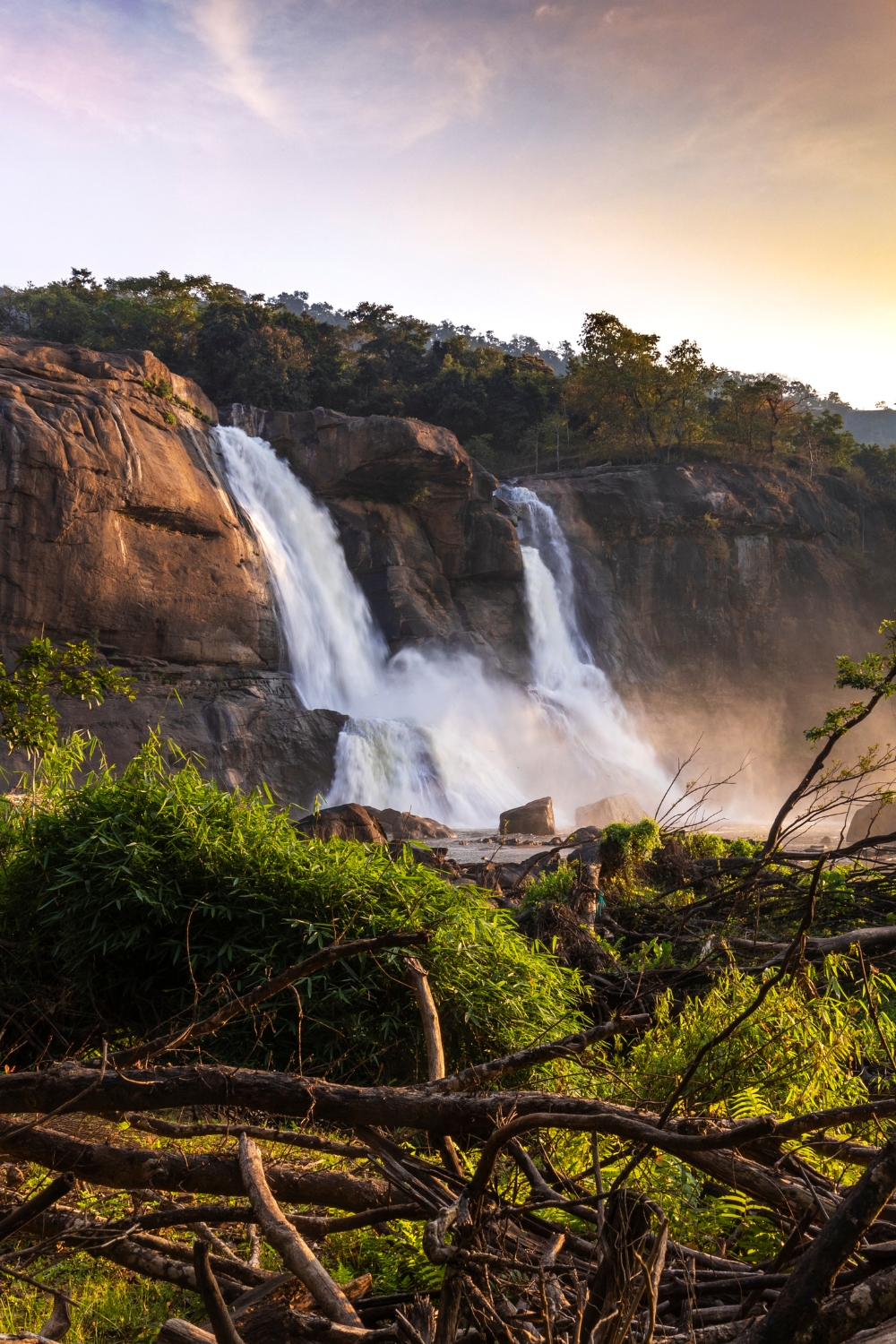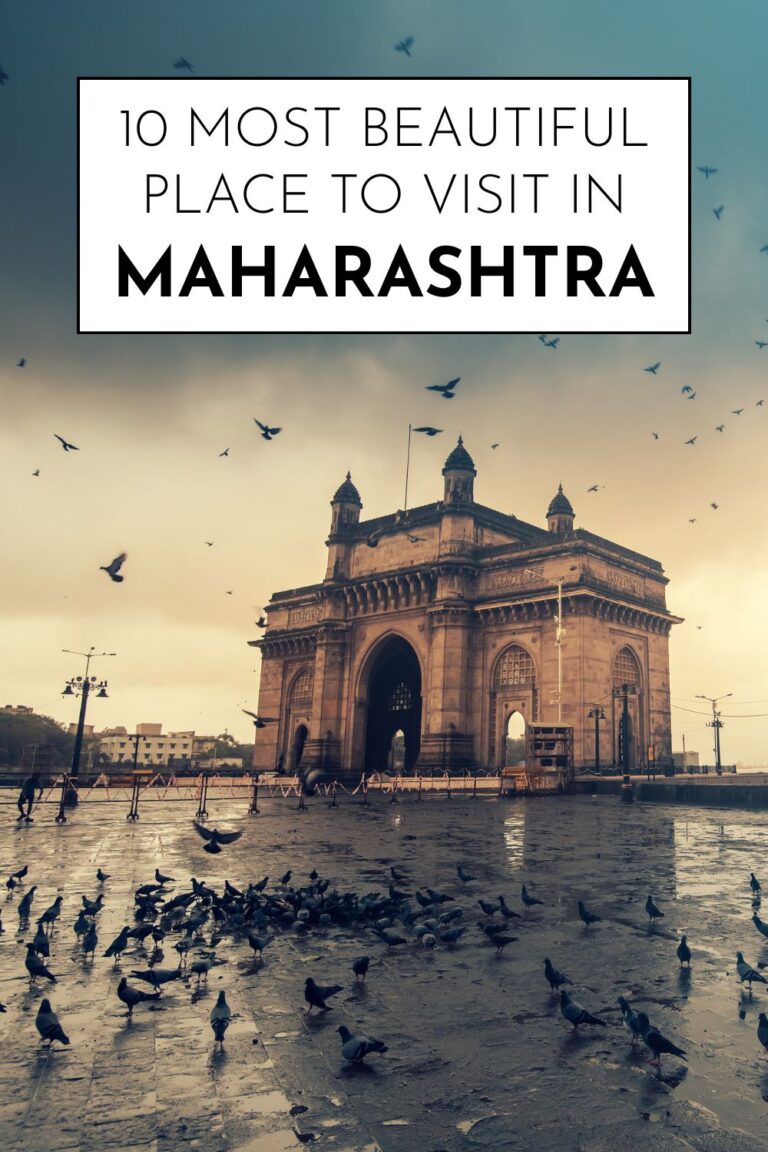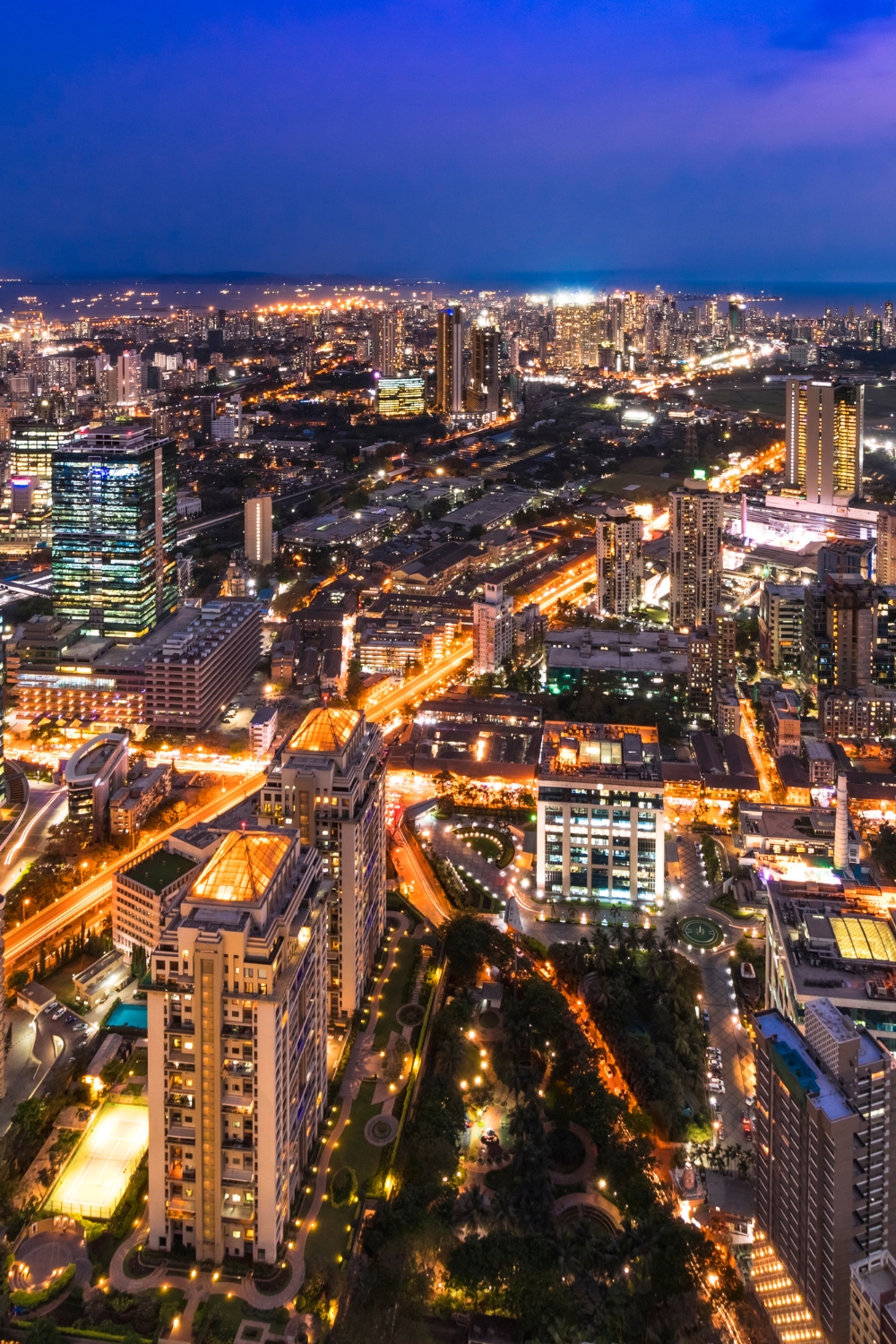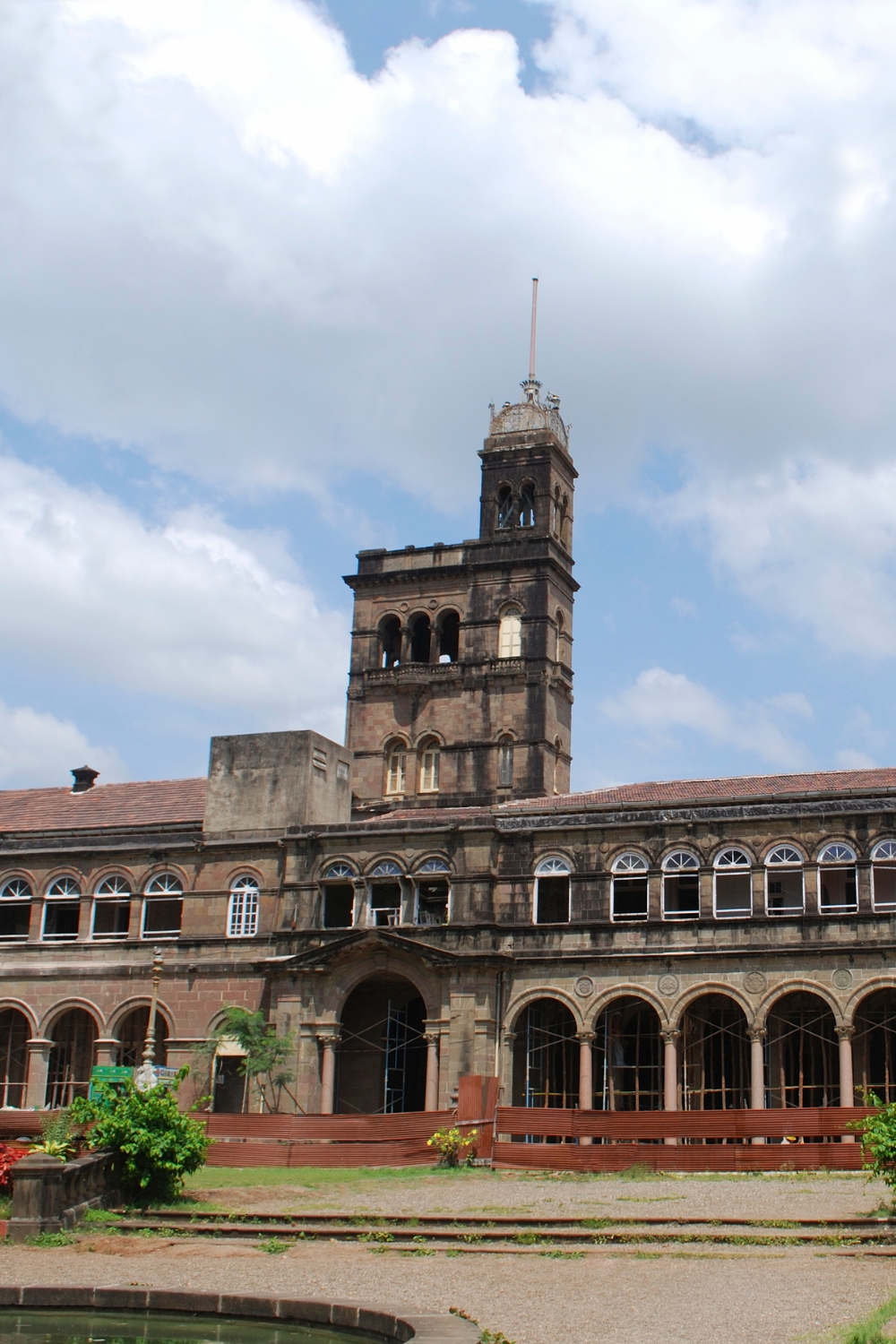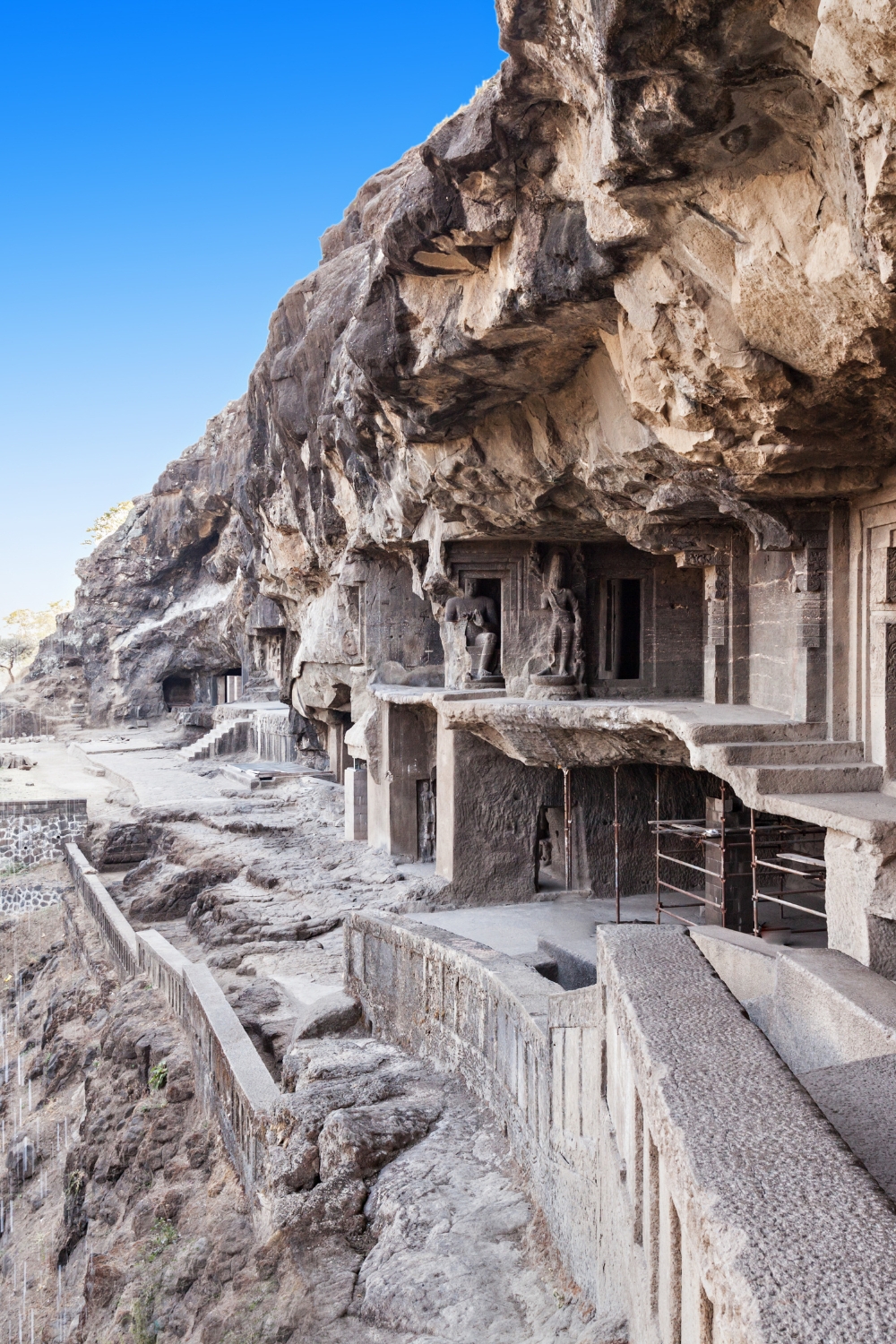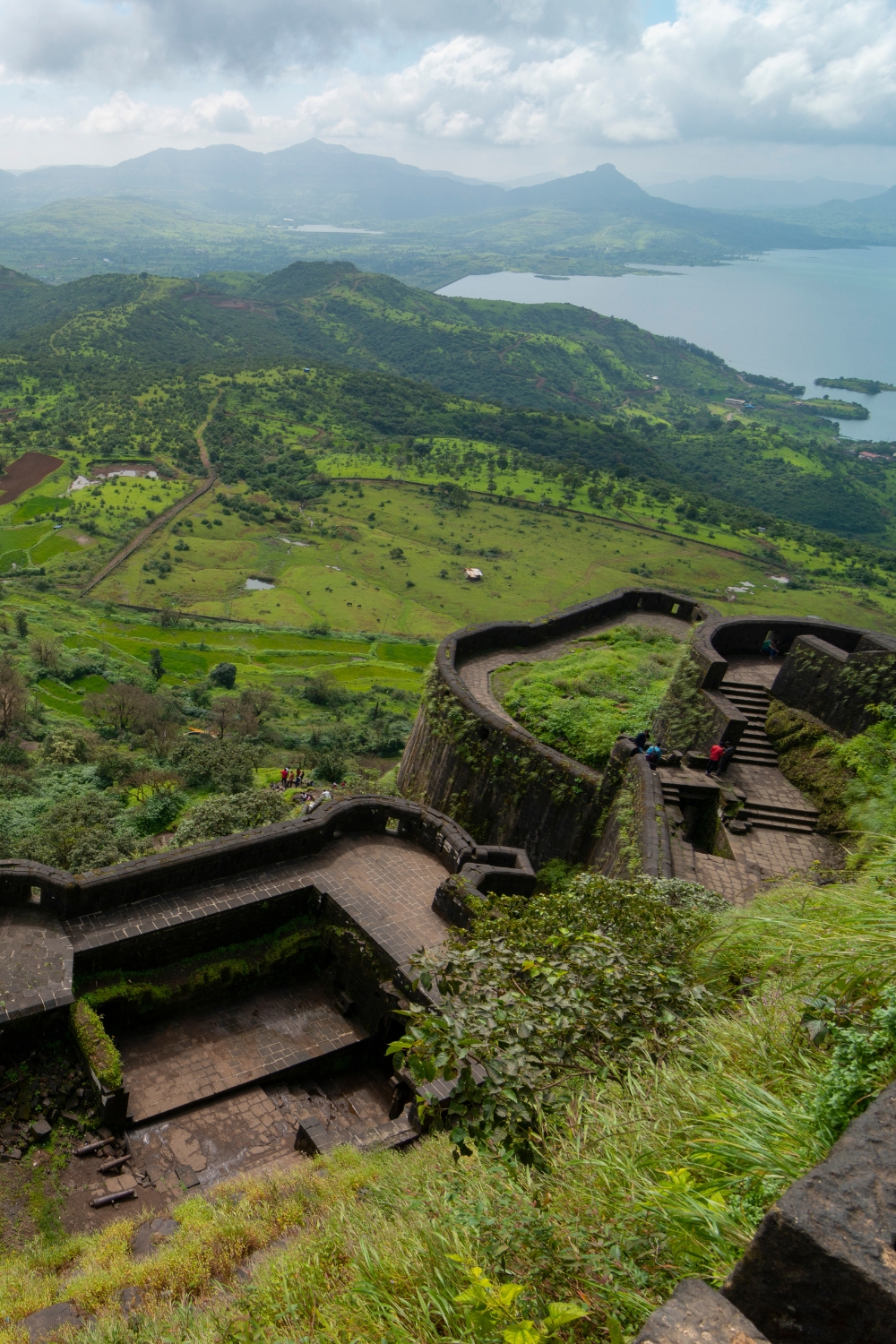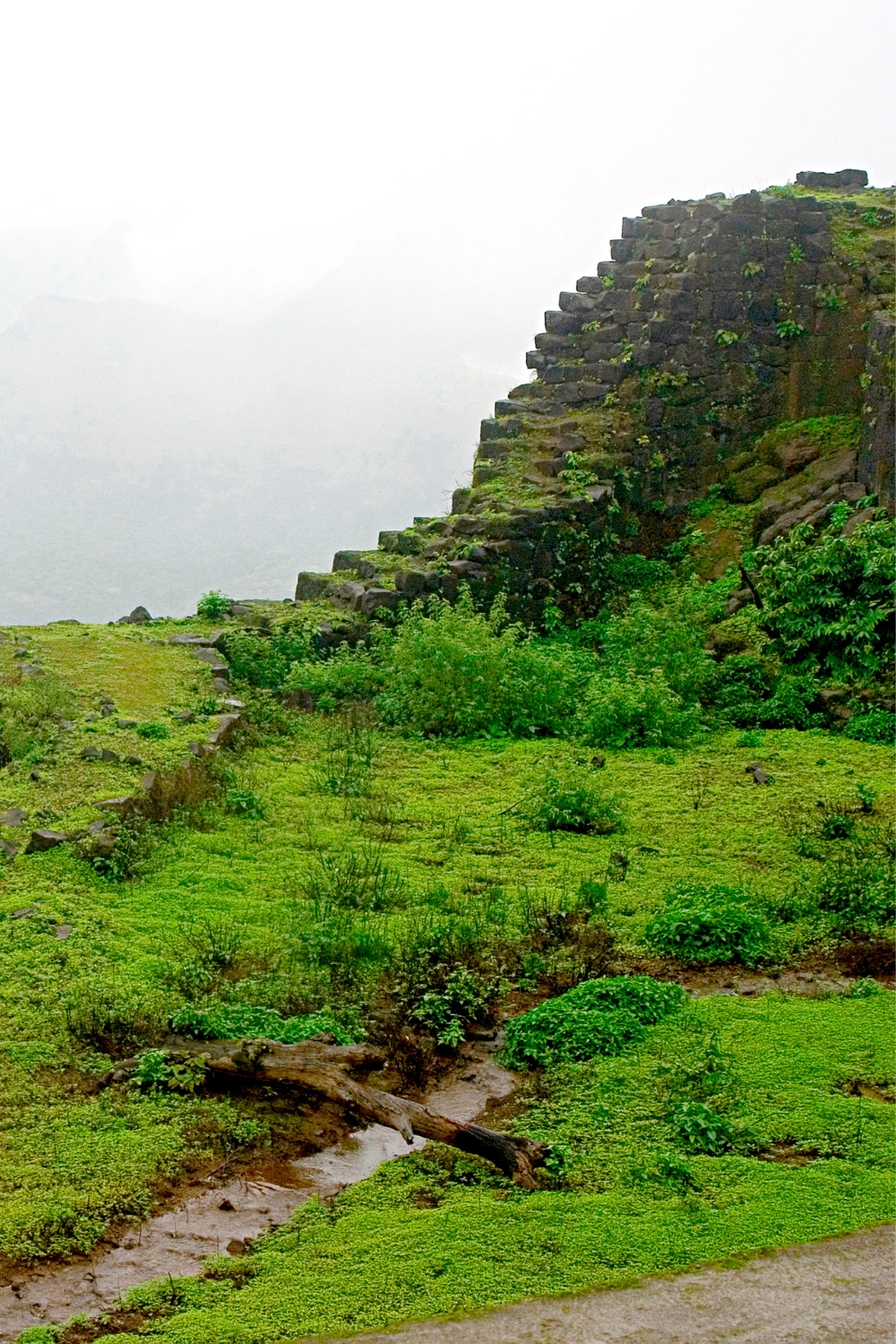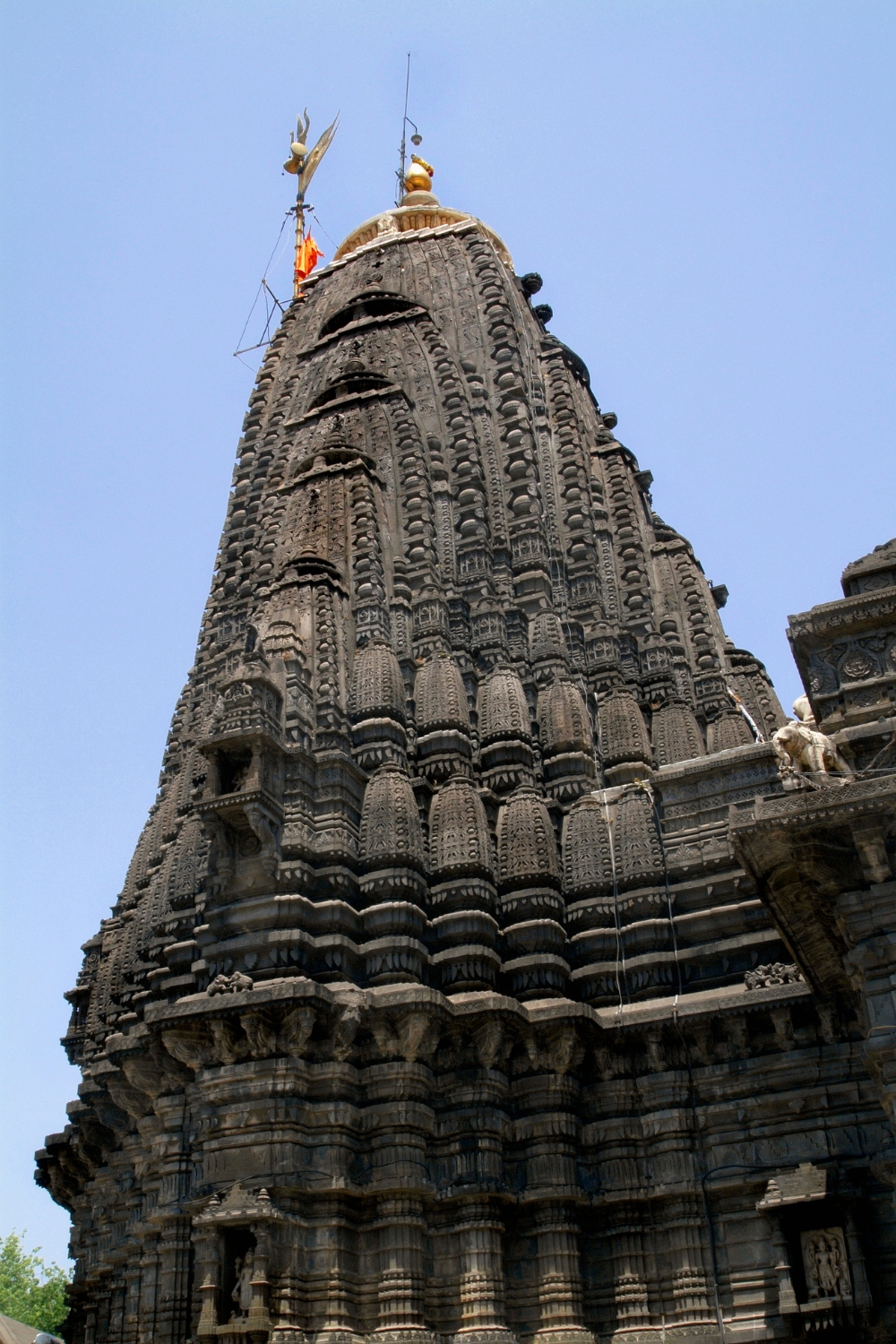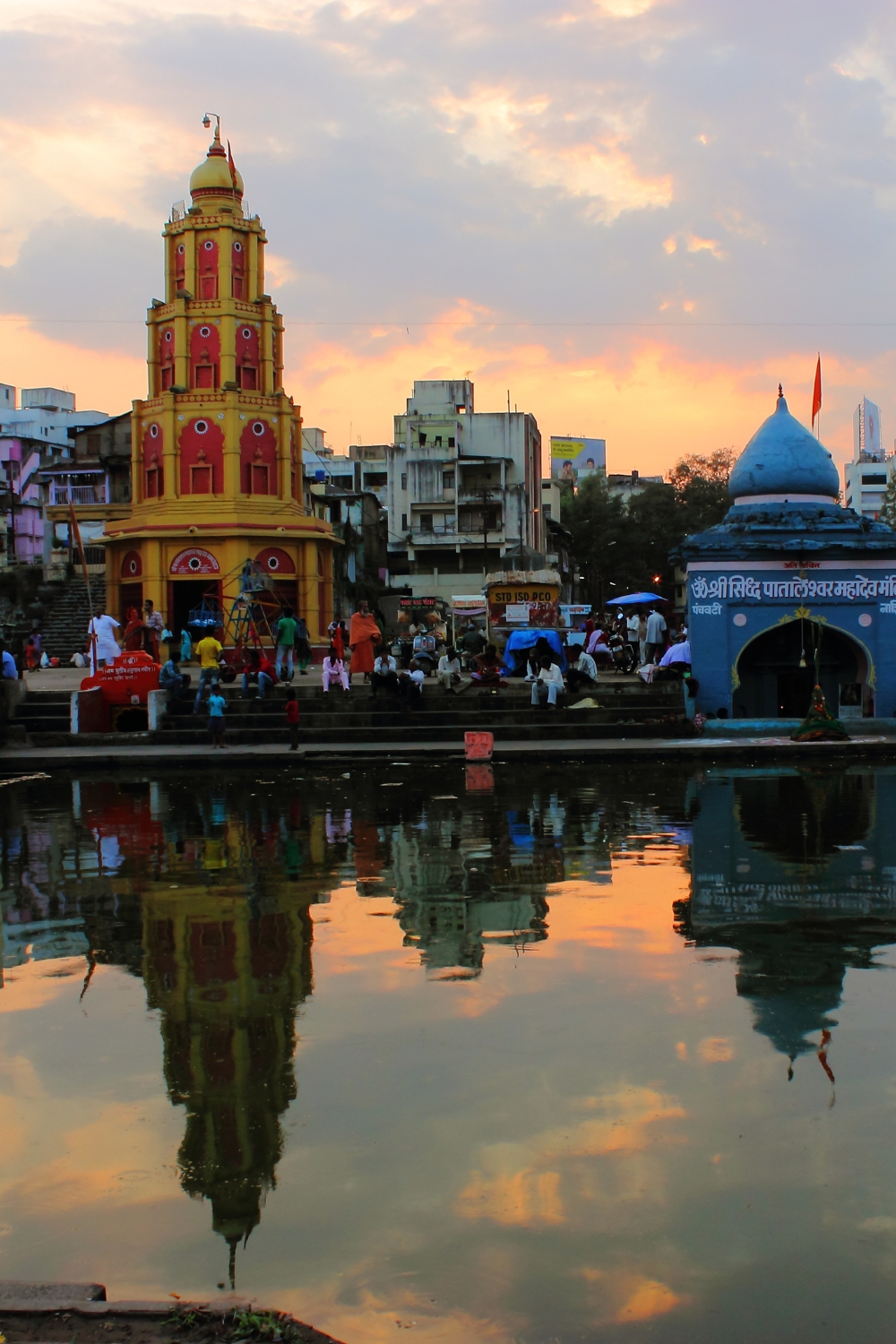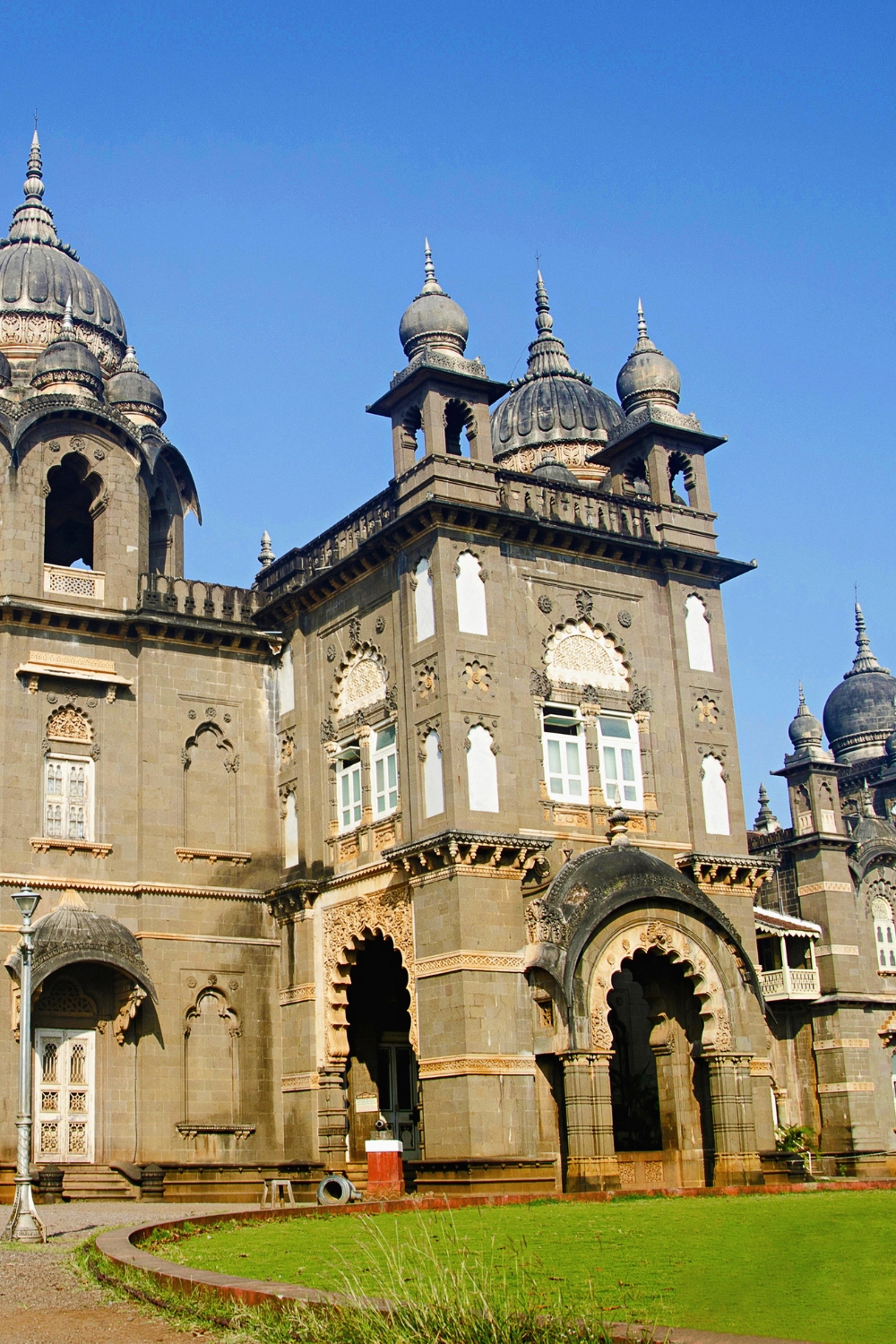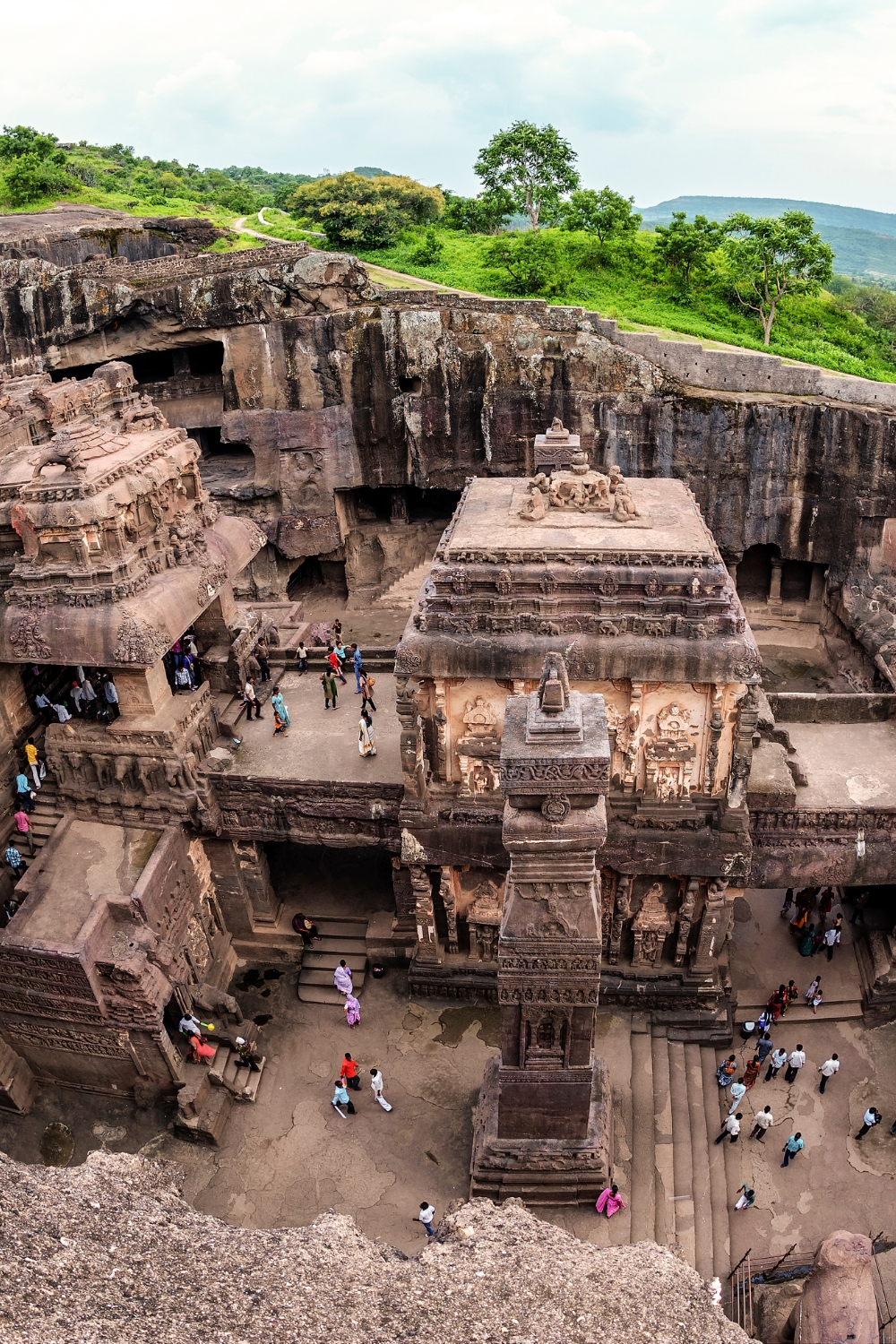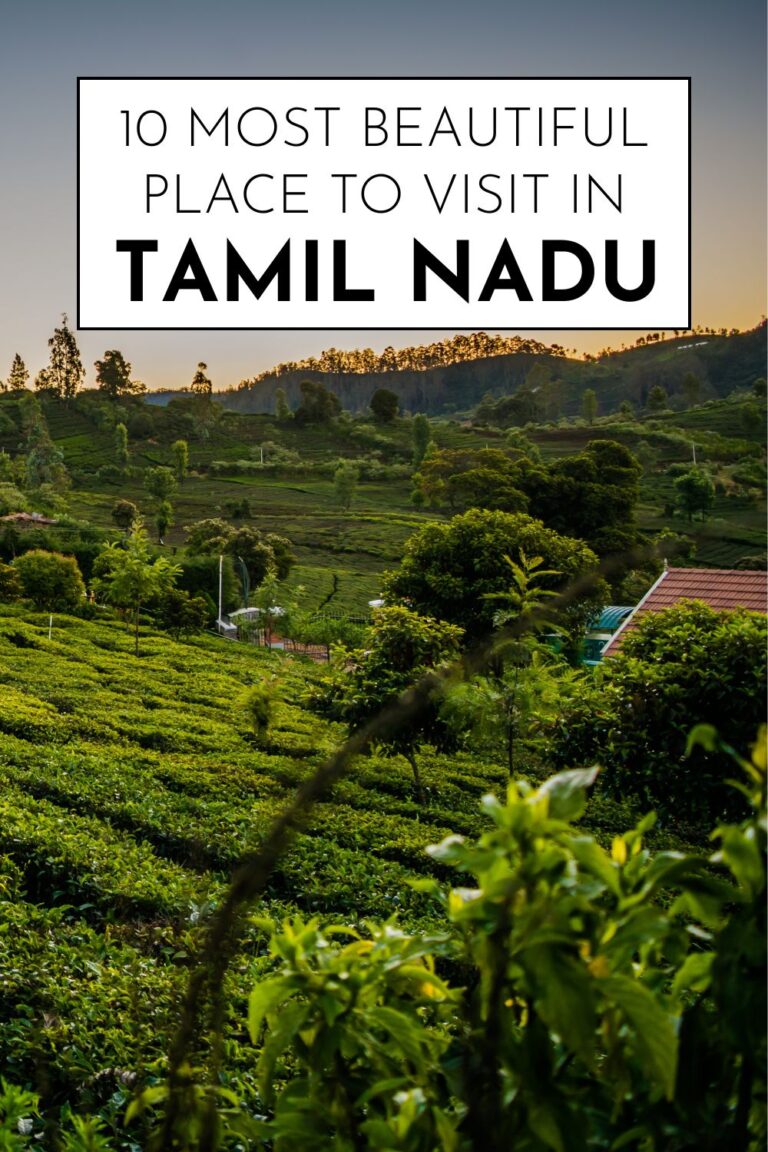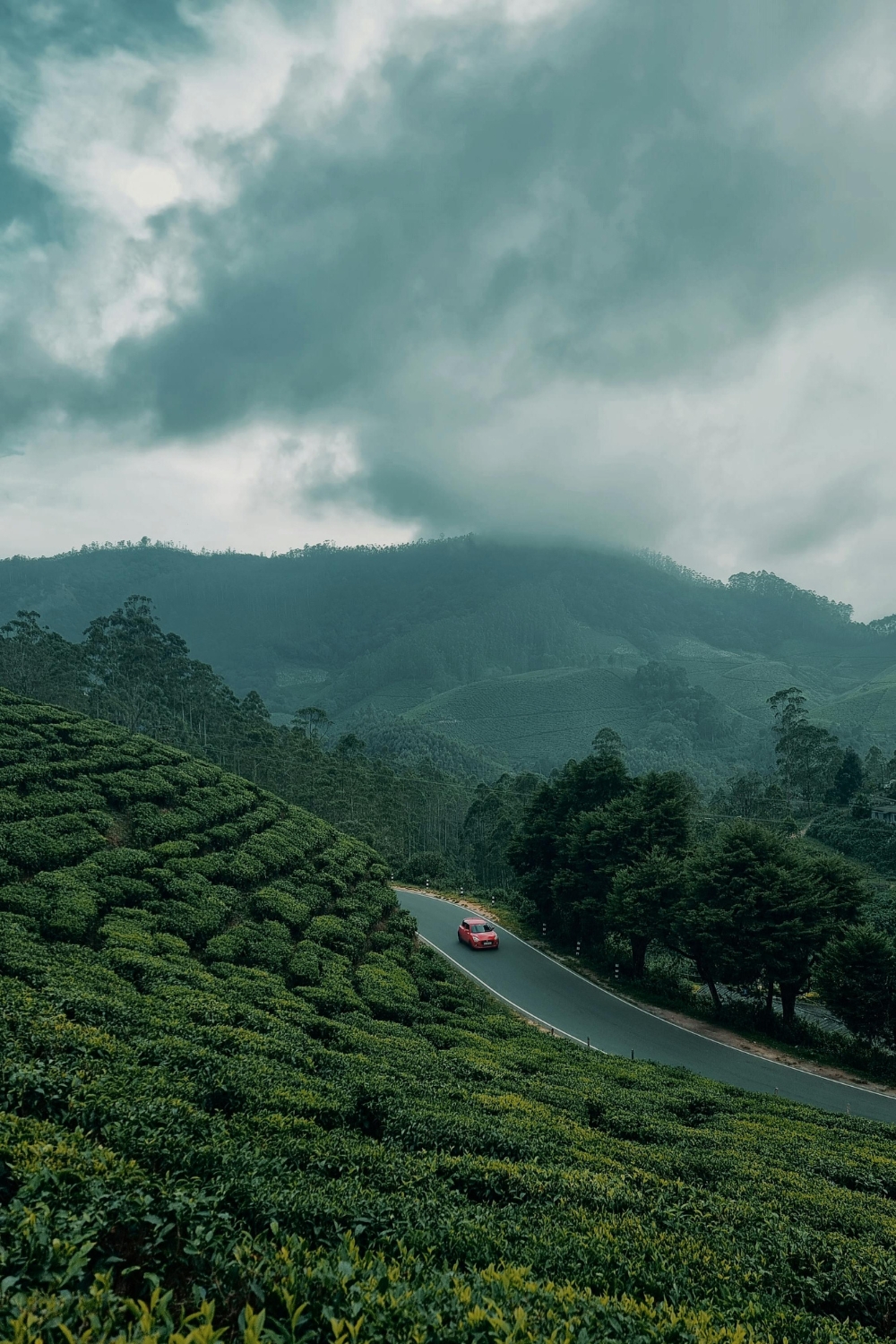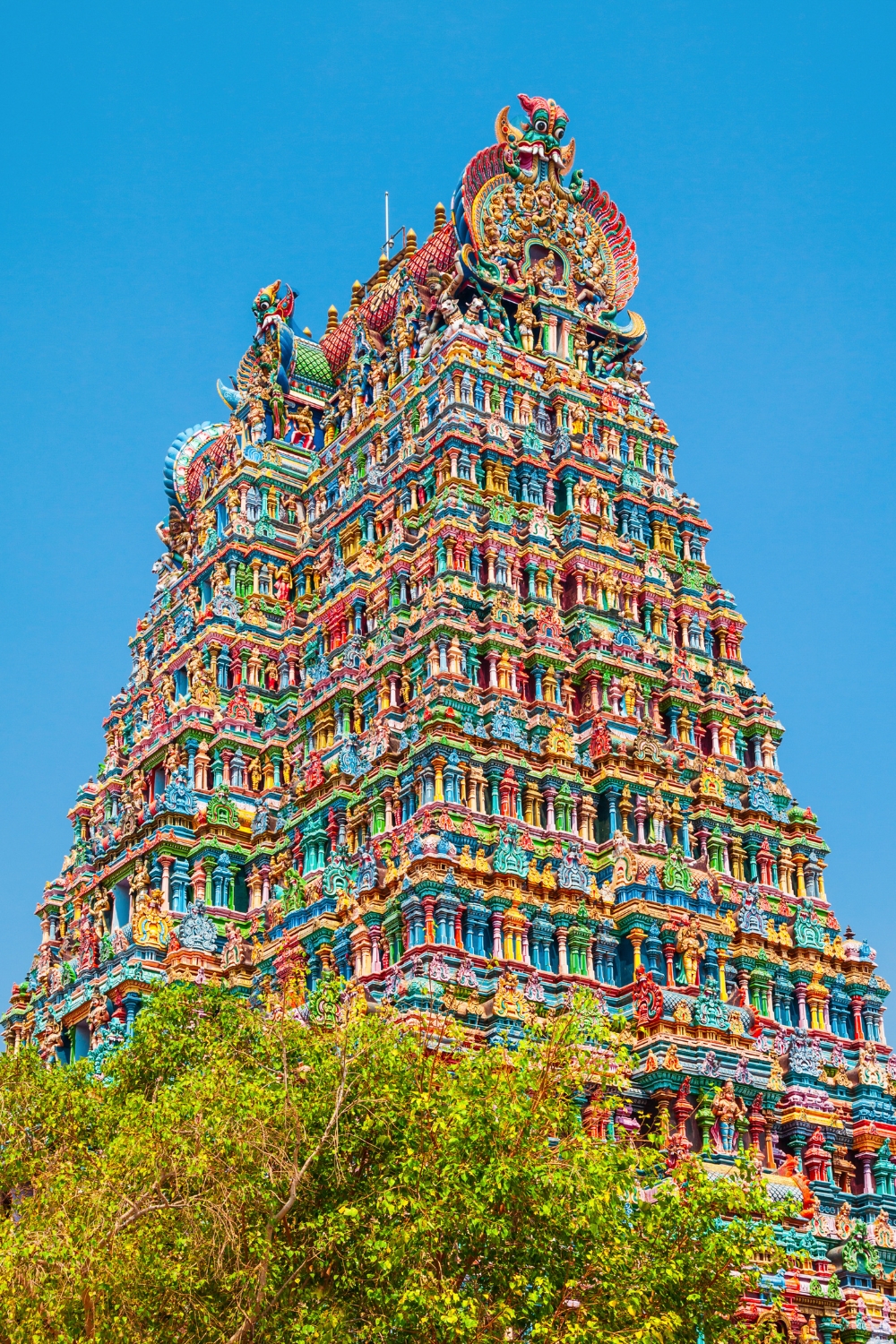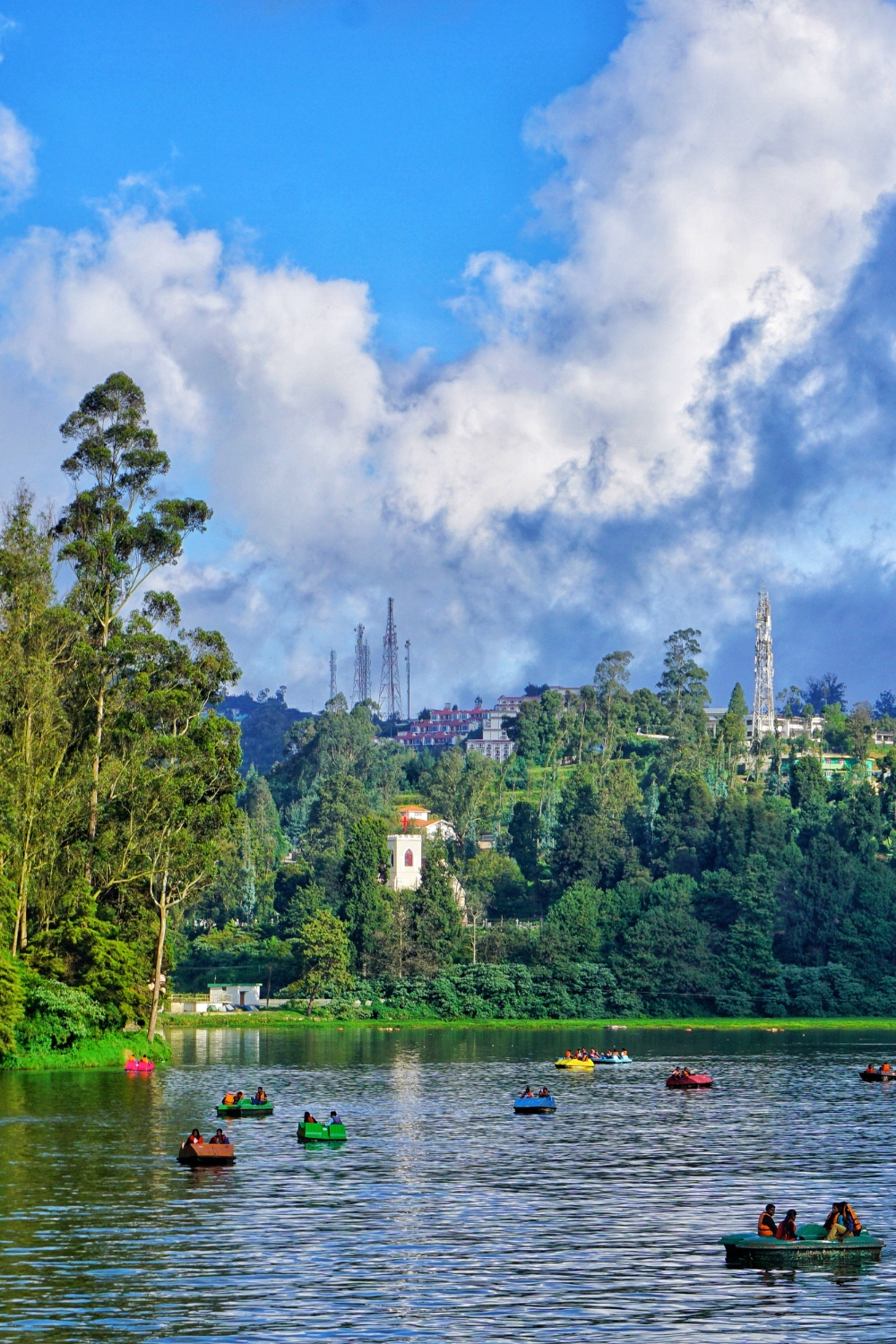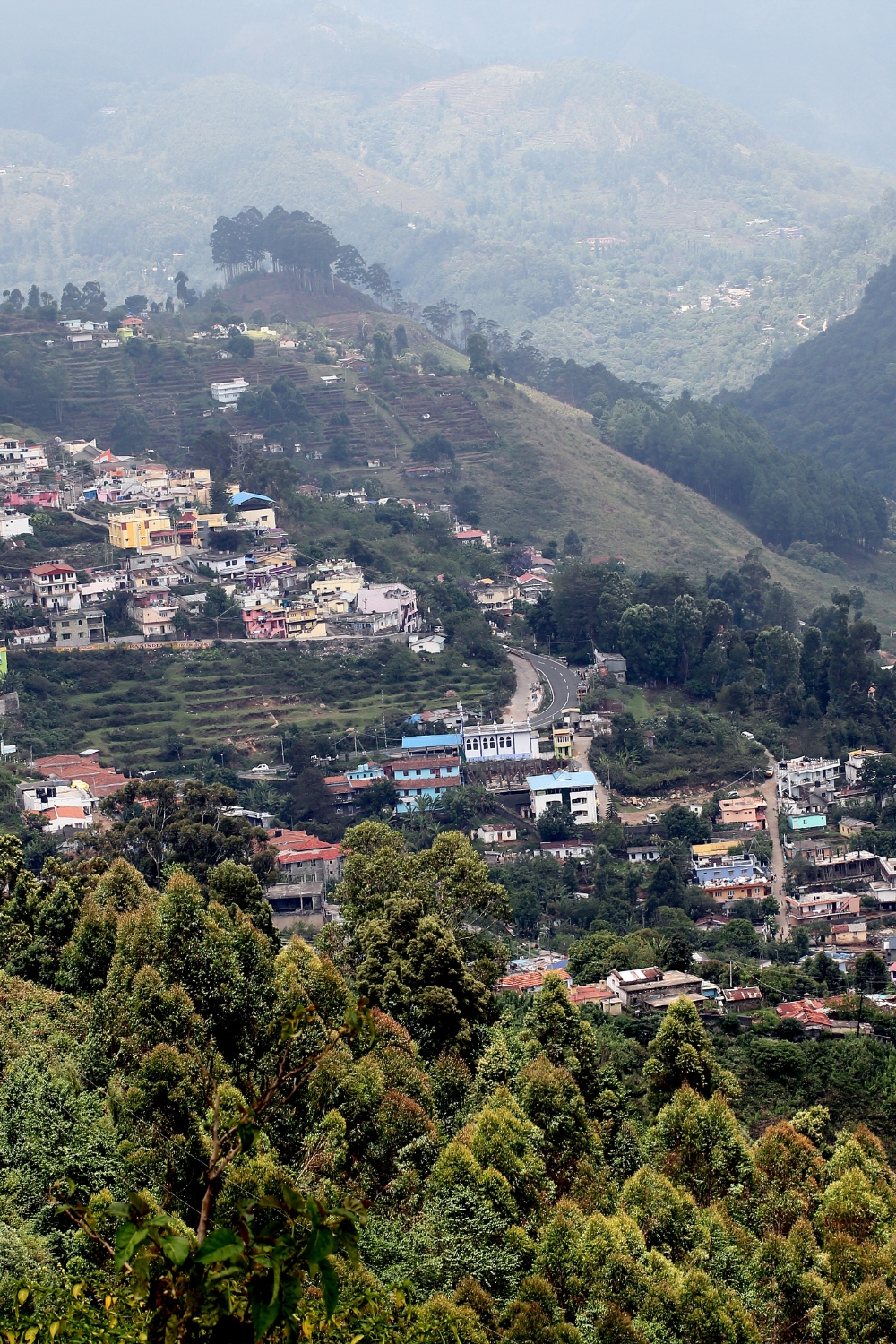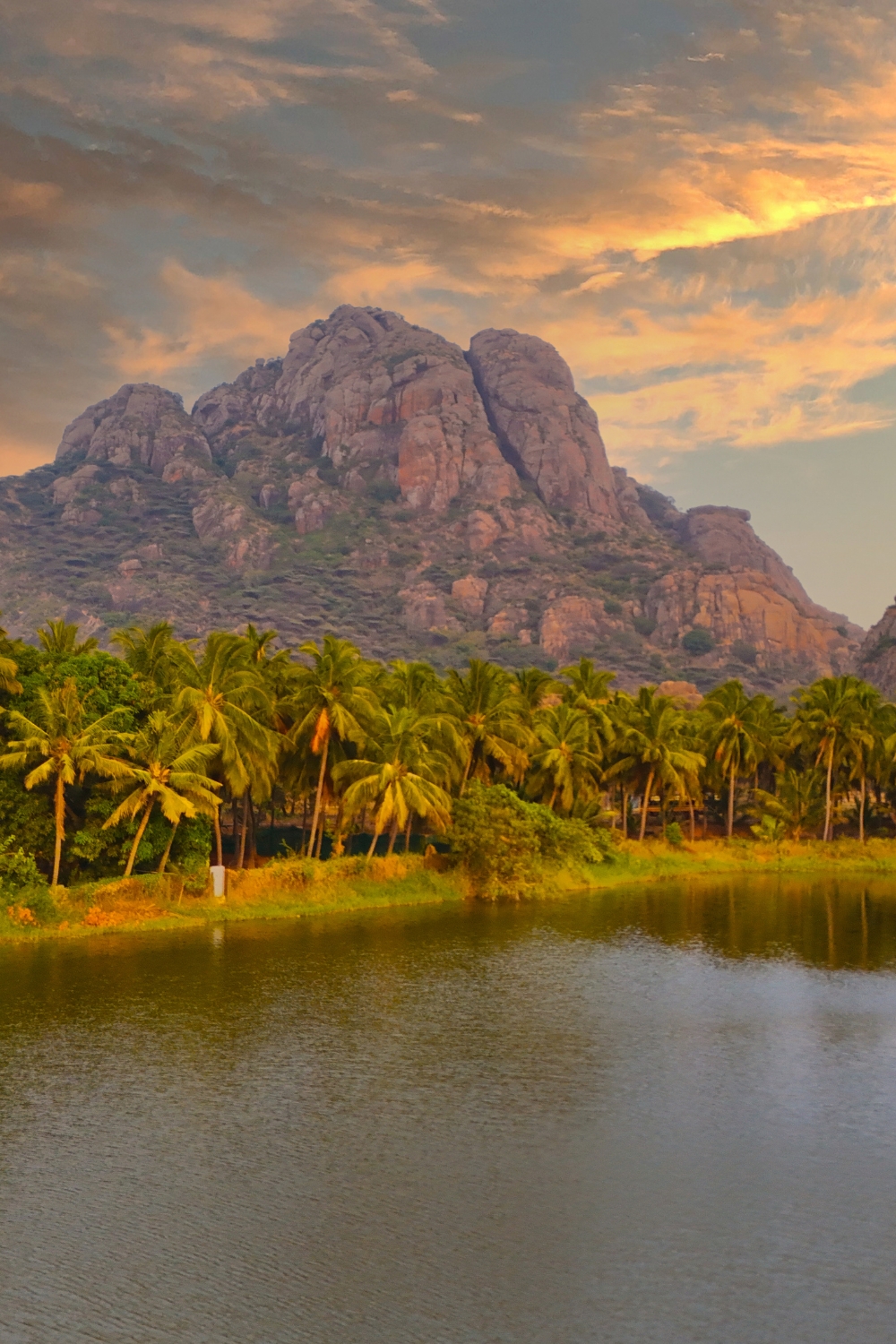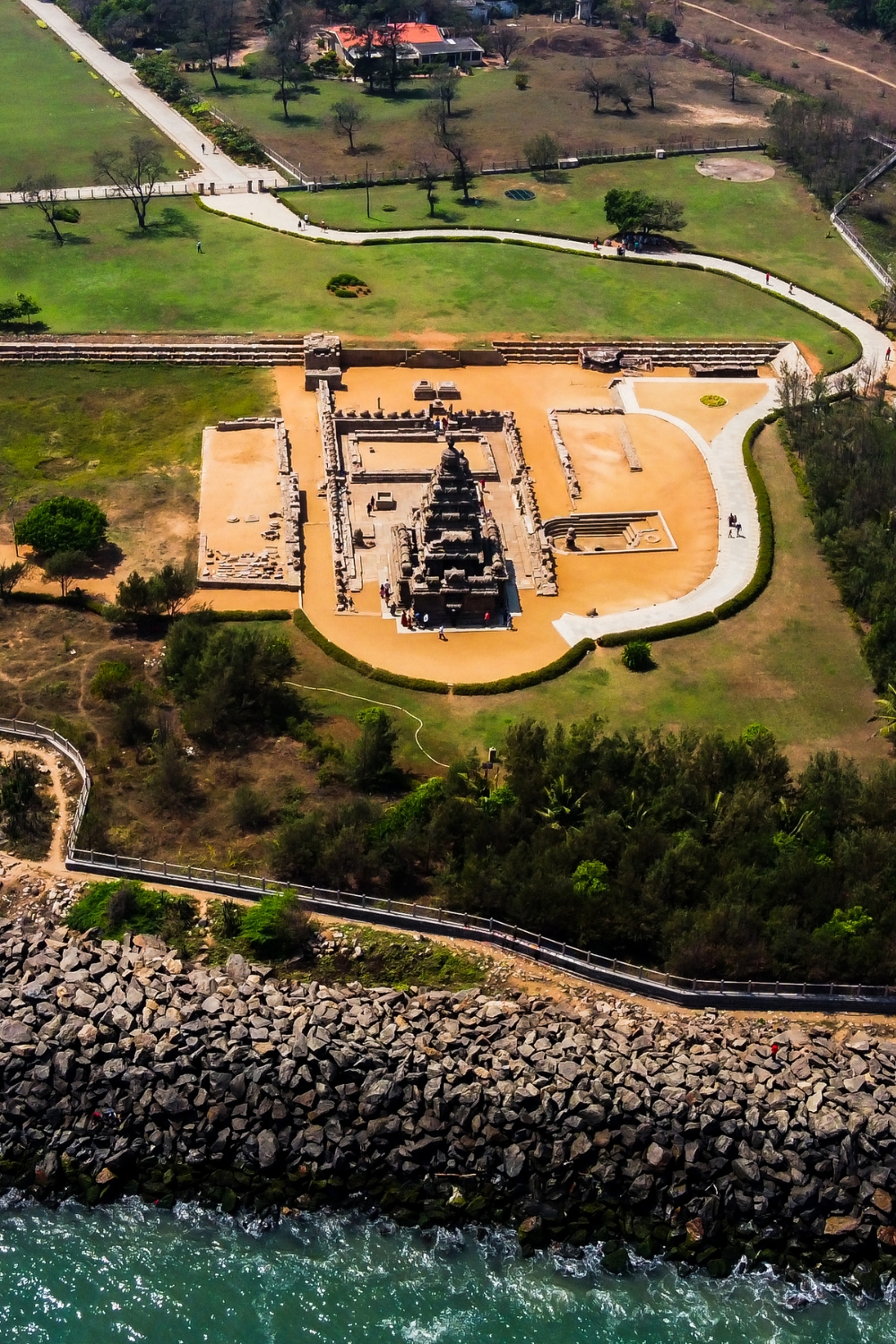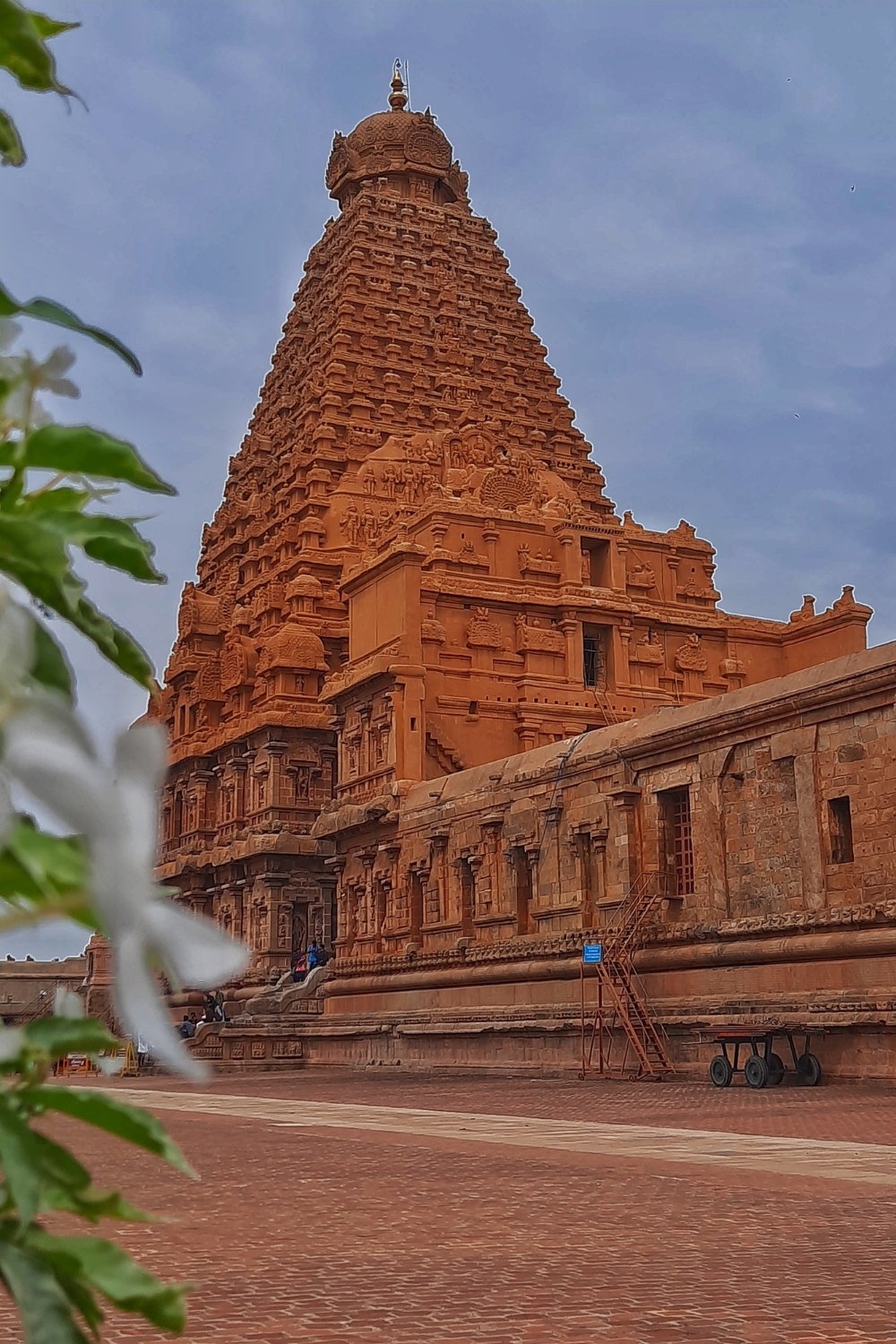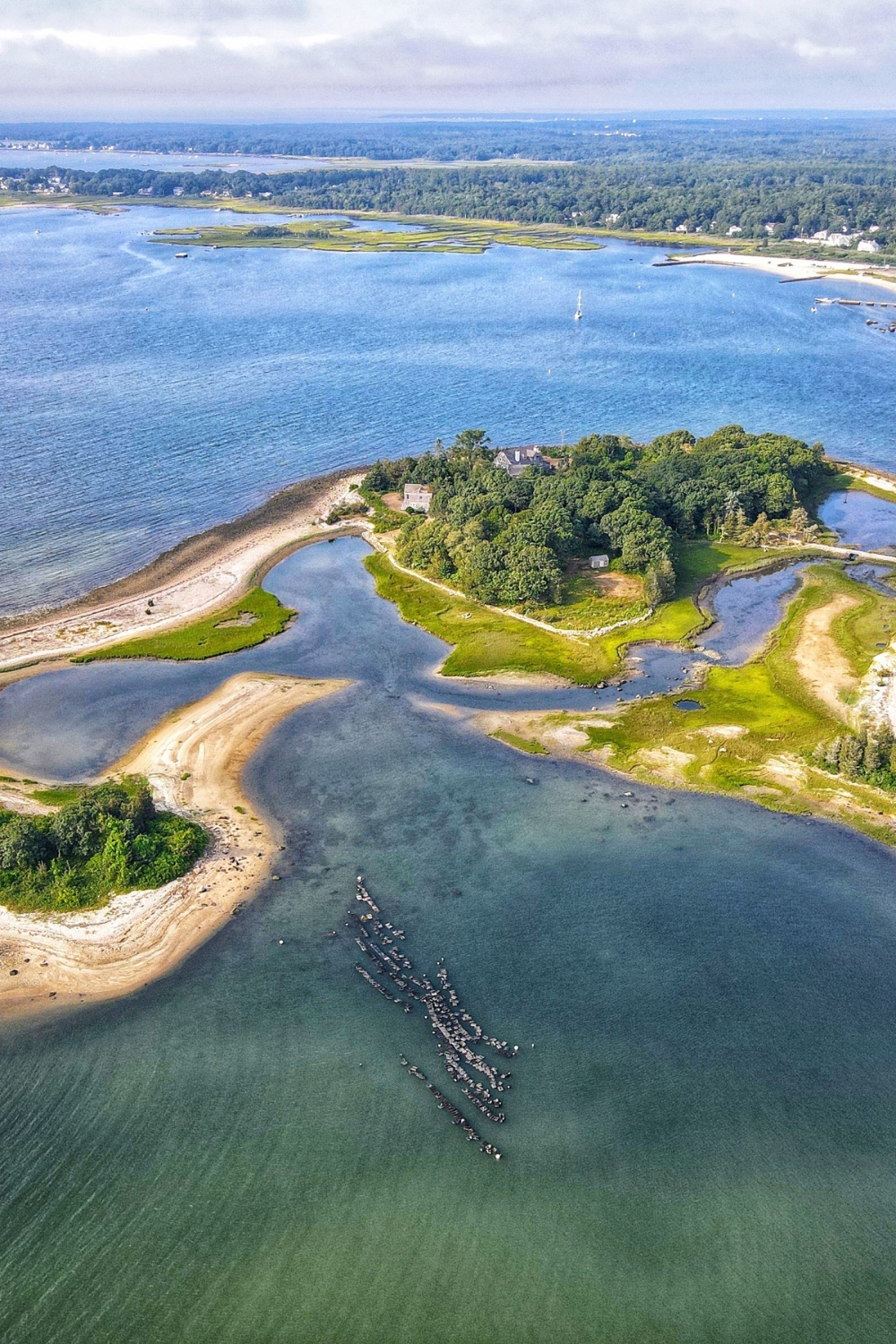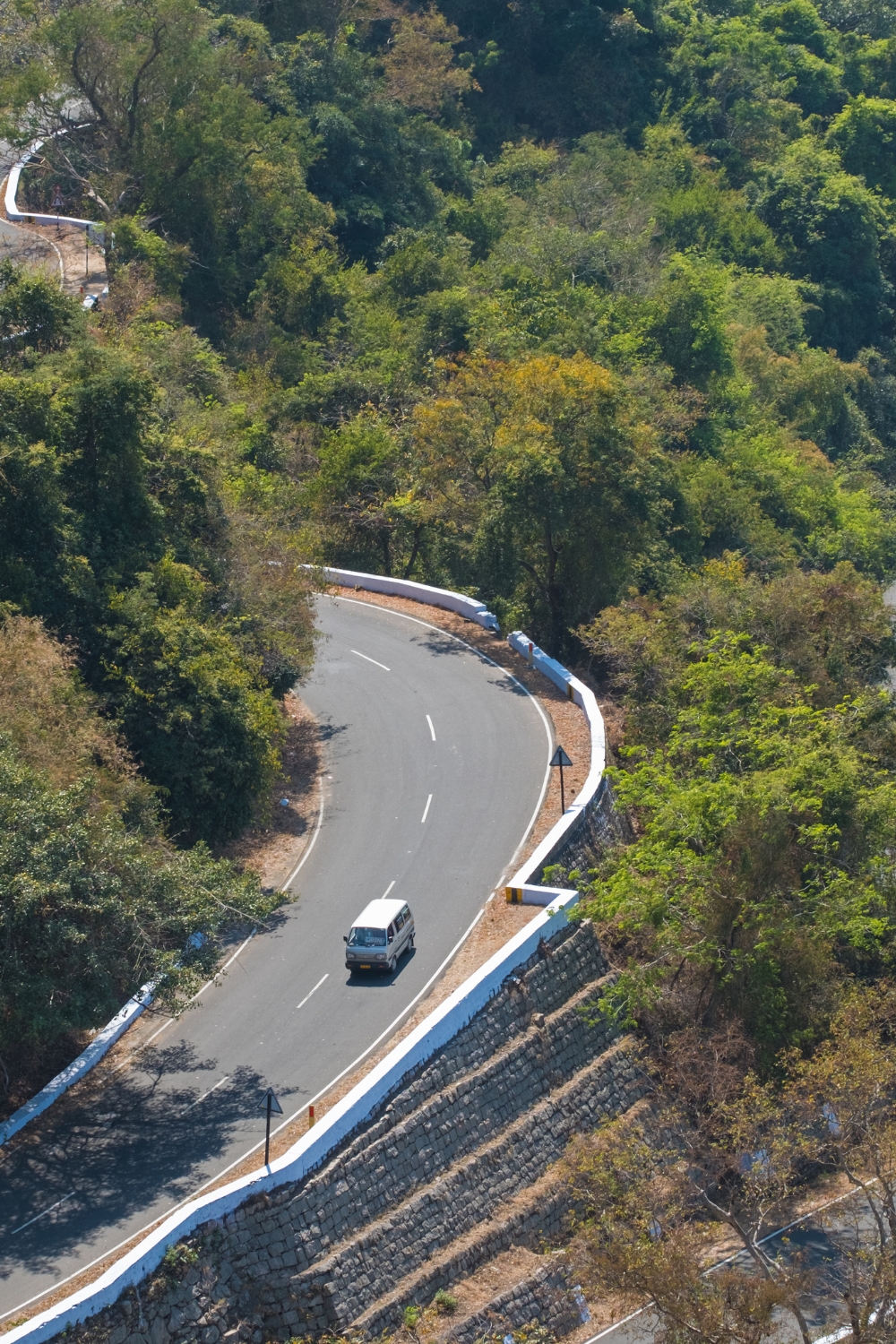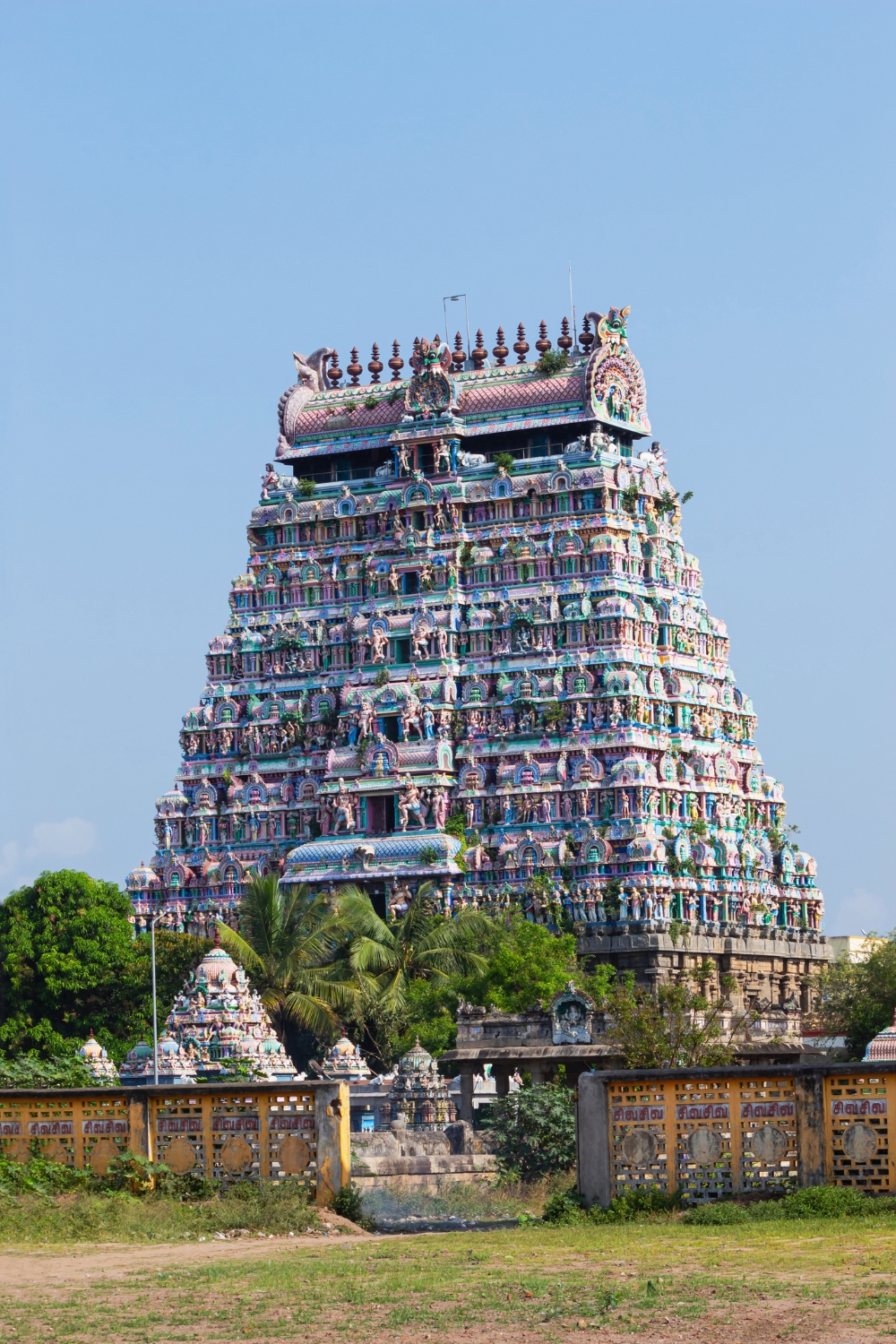Karnataka, often called the “Land of Contrasts,” is a captivating state in South India that offers an incredible diversity of experiences. From ancient temples and royal palaces to pristine beaches and misty hill stations, Karnataka seamlessly blends historical grandeur with natural beauty.
This remarkable state is home to UNESCO World Heritage Sites, bustling cosmopolitan cities, and untouched wilderness areas. Whether you’re a history enthusiast, nature lover, adventure seeker, or cultural explorer, Karnataka has something extraordinary to offer.
Let’s discover the ten most spectacular destinations that make Karnataka a must-visit state for every traveler seeking authentic Indian experiences.
1. Mysore – The City of Palaces
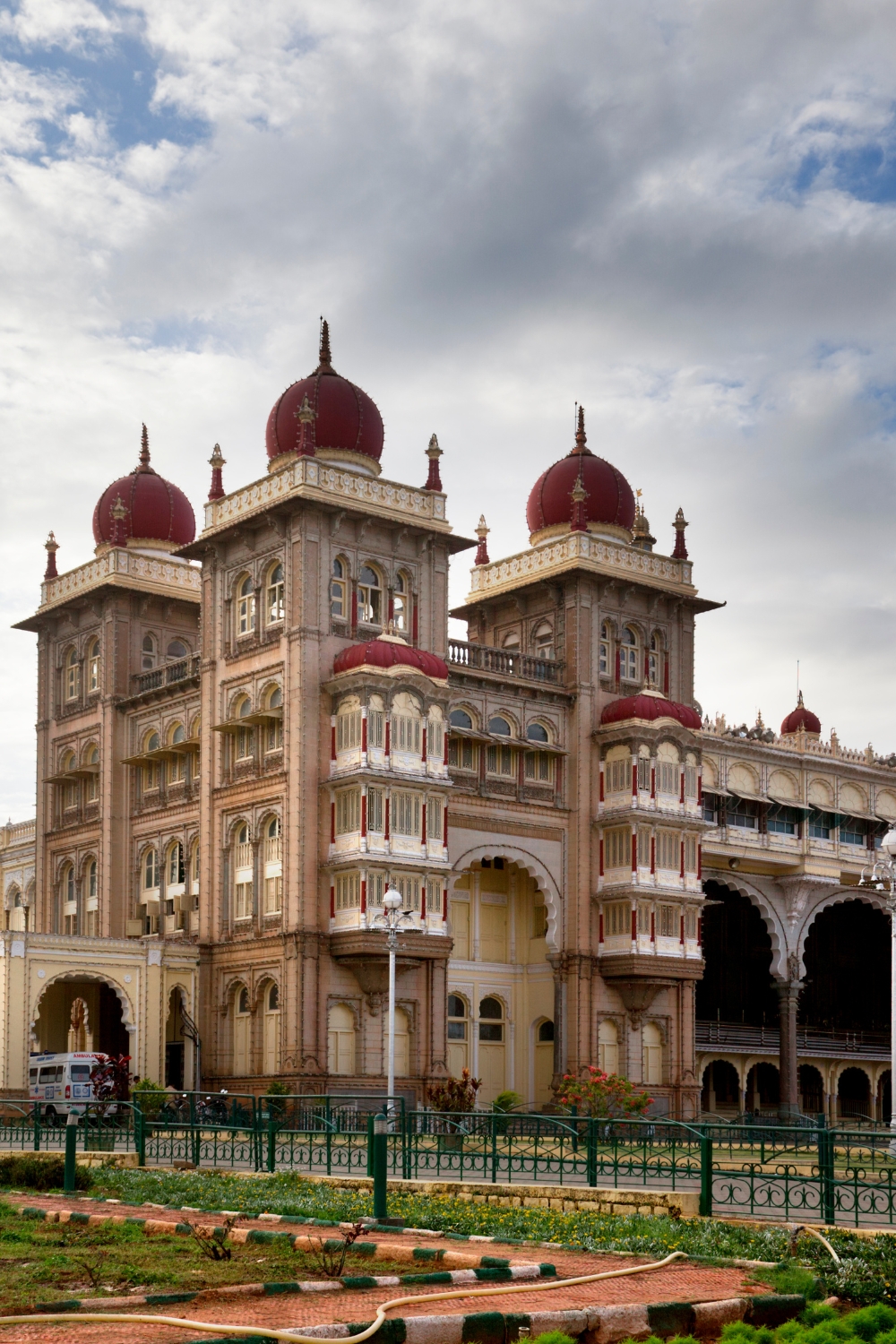
Mysore stands as Karnataka’s cultural capital, renowned for its magnificent palaces, silk sarees, and rich royal heritage. This enchanting city was once the seat of the powerful Wodeyar dynasty and continues to mesmerize visitors with its architectural splendor.
Royal Grandeur and Cultural Heritage
The crown jewel of Mysore is the spectacular Mysore Palace, one of India’s most visited monuments. This Indo-Saracenic architectural marvel comes alive during the famous Dussehra festival when over 100,000 lights illuminate the palace, creating a magical spectacle.
The city’s tree-lined boulevards, bustling markets, and traditional neighborhoods offer glimpses into both royal history and contemporary Indian life. Don’t miss the vibrant Devaraja Market, where you can find everything from fresh jasmine flowers to aromatic spices.
Best time to visit: October to March
Must-see attractions: Mysore Palace, Chamundi Hills, Brindavan Gardens, St. Philomena’s Cathedral
2. Hampi – UNESCO World Heritage Wonder
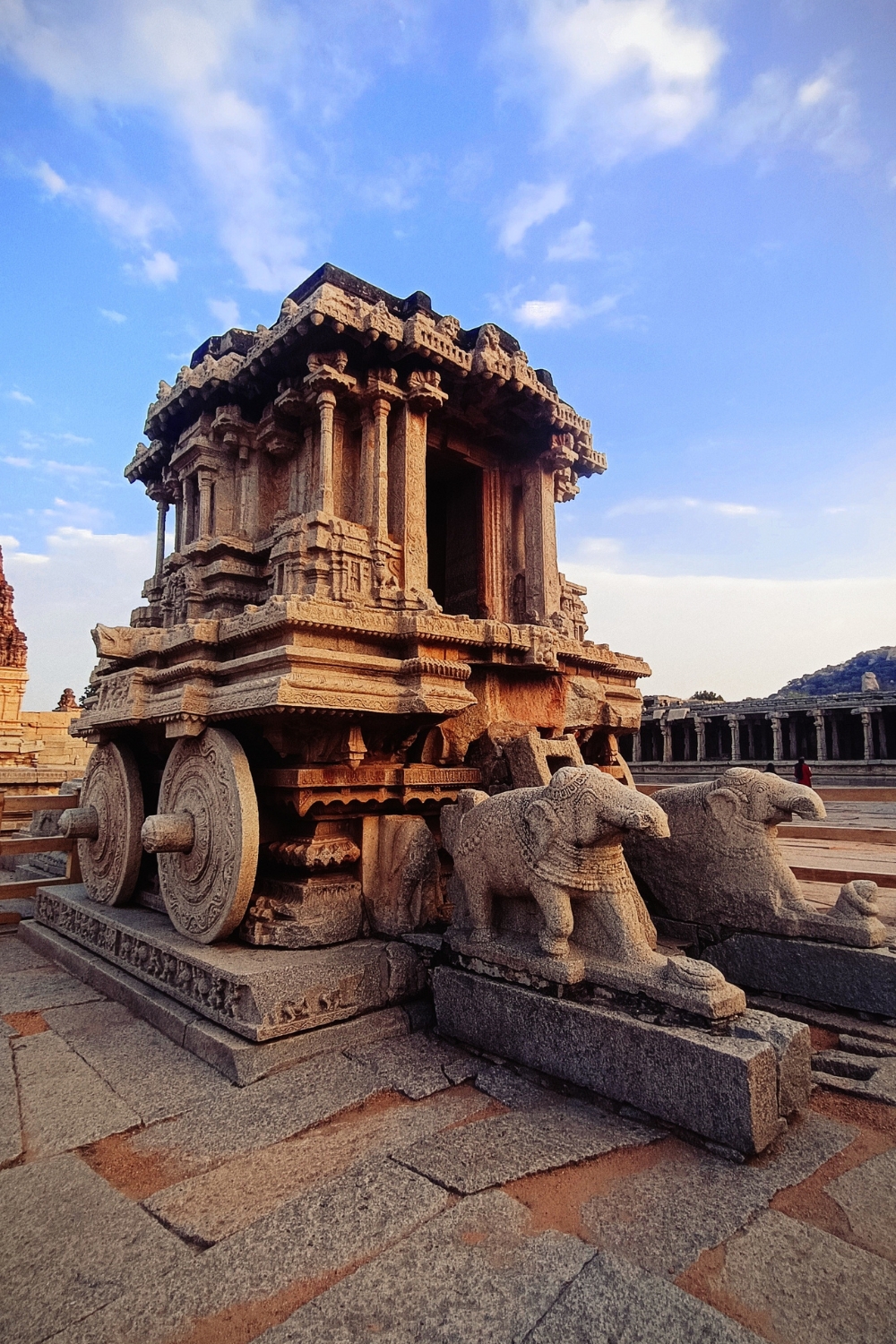
Hampi is an archaeological treasure that transports visitors back to the glorious era of the Vijayanagara Empire. This UNESCO World Heritage Site spans over 4,100 hectares and contains more than 1,600 surviving remains of temples, forts, and monuments.
Ancient Ruins and Timeless Beauty
The landscape of Hampi is as stunning as its historical significance. Massive granite boulders scattered across the terrain create a surreal backdrop for ancient temples and royal structures. The iconic Stone Chariot at Vittala Temple and the majestic Virupaksha Temple are masterpieces of medieval Indian architecture.
Exploring Hampi feels like walking through an open-air museum where every stone tells a story of India’s rich past. The sunset views from Matanga Hill are absolutely breathtaking and shouldn’t be missed.
Best time to visit: October to March
Key highlights: Virupaksha Temple, Vittala Temple, Lotus Mahal, Elephant Stables, Hampi Bazaar
3. Bangalore – India’s Silicon Valley
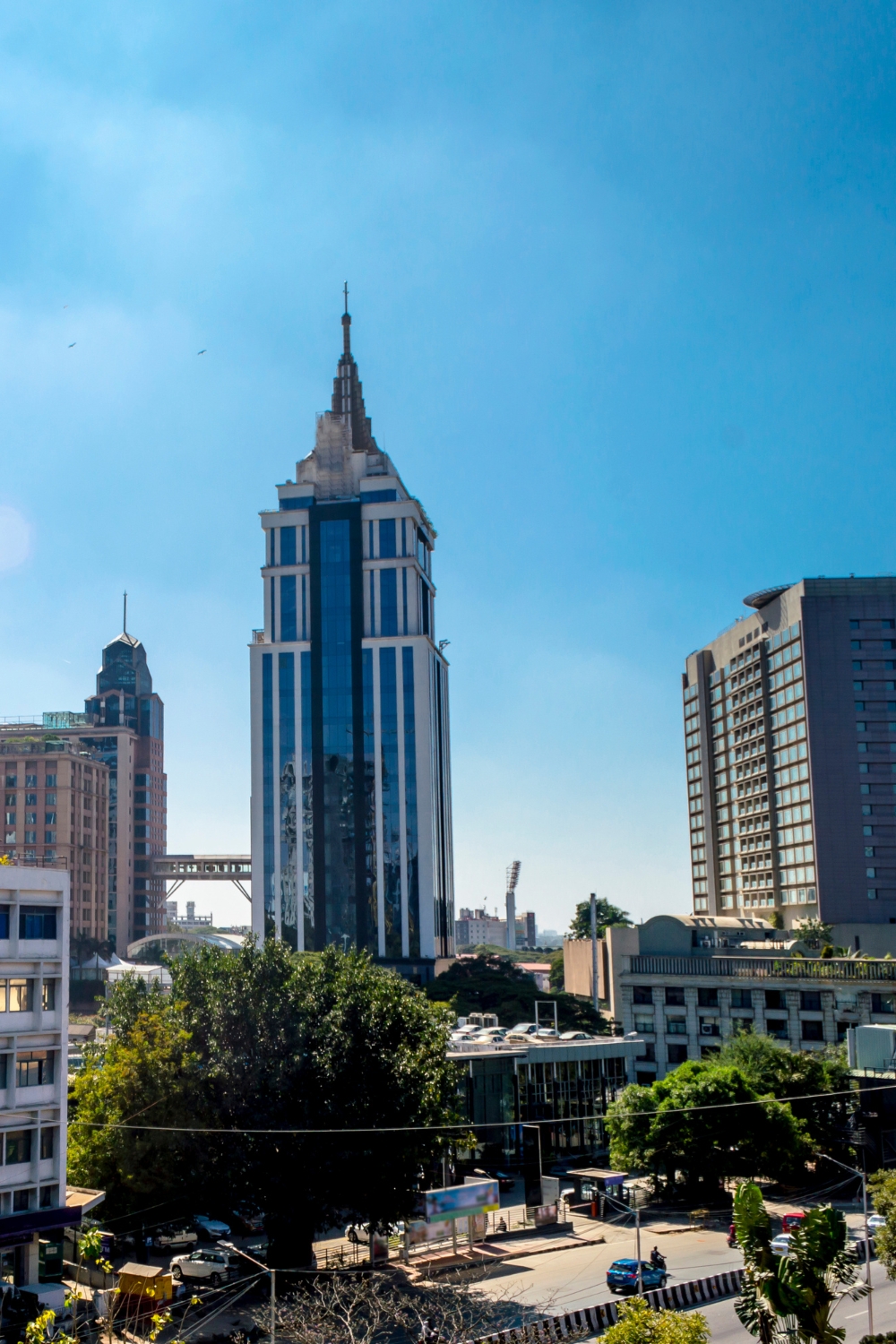
Bangalore, officially known as Bengaluru, is Karnataka’s vibrant capital city that perfectly balances modernity with tradition. Known worldwide as India’s Silicon Valley, this cosmopolitan city offers excellent weather, thriving nightlife, and incredible food culture.
Modern Metropolis with Traditional Charm
Despite its reputation as a tech hub, Bangalore retains its old-world charm through beautiful parks, traditional markets, and historical landmarks. Lalbagh Botanical Garden and Cubbon Park provide green retreats in the heart of the bustling city.
The city’s pub culture, diverse restaurants, and shopping destinations like Commercial Street and Brigade Road make it a favorite among young travelers. Bangalore also serves as an excellent base for exploring other Karnataka destinations.
Best time to visit: Year-round (pleasant climate)
Top attractions: Lalbagh Botanical Garden, Bangalore Palace, Tipu Sultan’s Summer Palace, Cubbon Park
4. Coorg (Kodagu) – Scotland of India
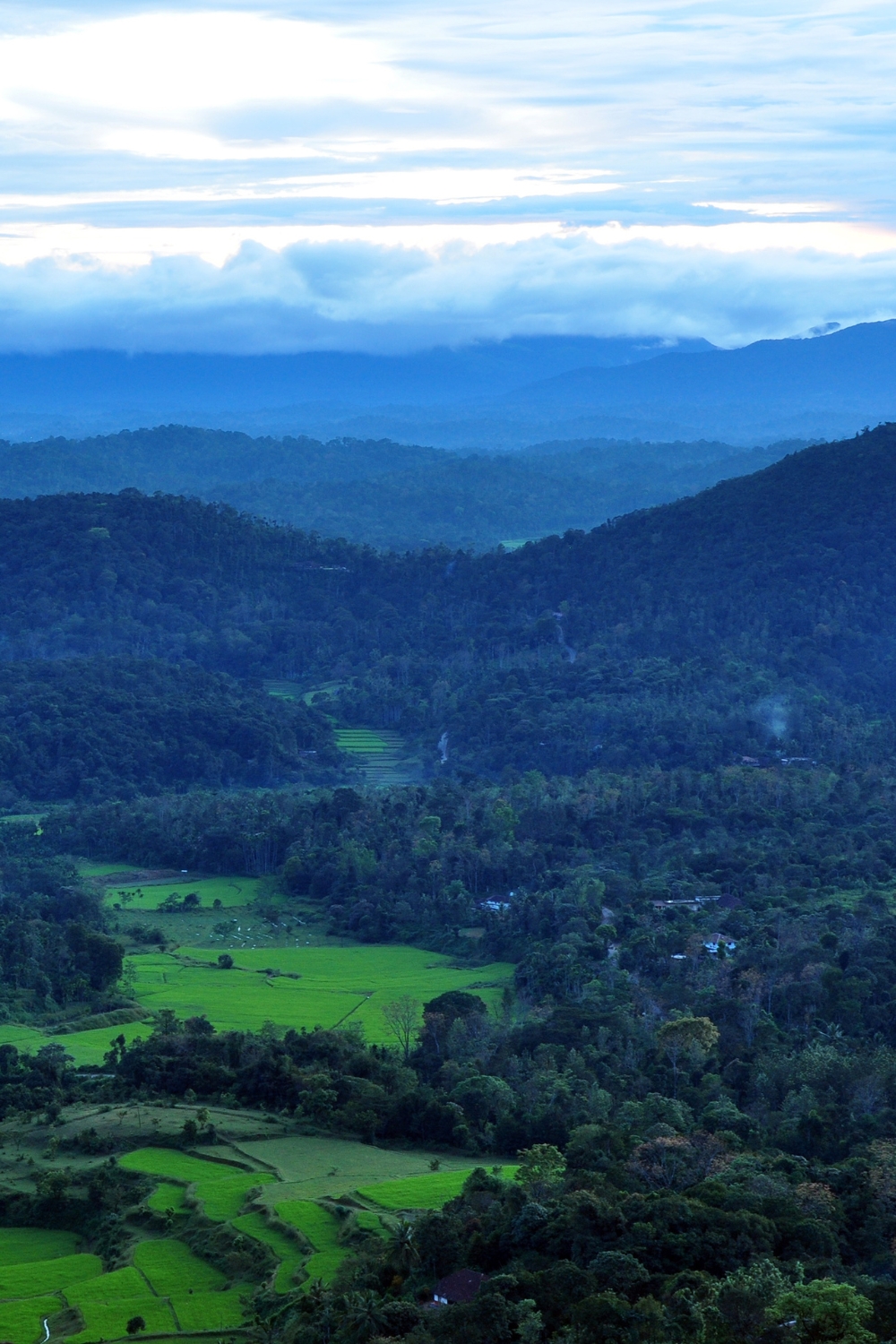
Coorg, nestled in the Western Ghats, is a picturesque hill station famous for its coffee plantations, misty landscapes, and warm hospitality. Often called the “Scotland of India,” this region offers a perfect escape from city life.
Coffee Plantations and Natural Beauty
The rolling hills covered with coffee and spice plantations create a mesmerizing green carpet across the landscape. Stay at a plantation homestay to experience authentic Coorgi culture and taste freshly brewed coffee while enjoying panoramic mountain views.
Adventure enthusiasts can enjoy trekking, river rafting, and wildlife spotting in the numerous national parks and forests surrounding Coorg. The region is also famous for its unique cuisine, particularly the spicy Coorgi pork curry.
Best time to visit: October to March
Must-do activities: Coffee plantation tours, trekking to Abbey Falls, visiting Dubare Elephant Camp, exploring Namdroling Monastery
5. Gokarna – The Beach Paradise
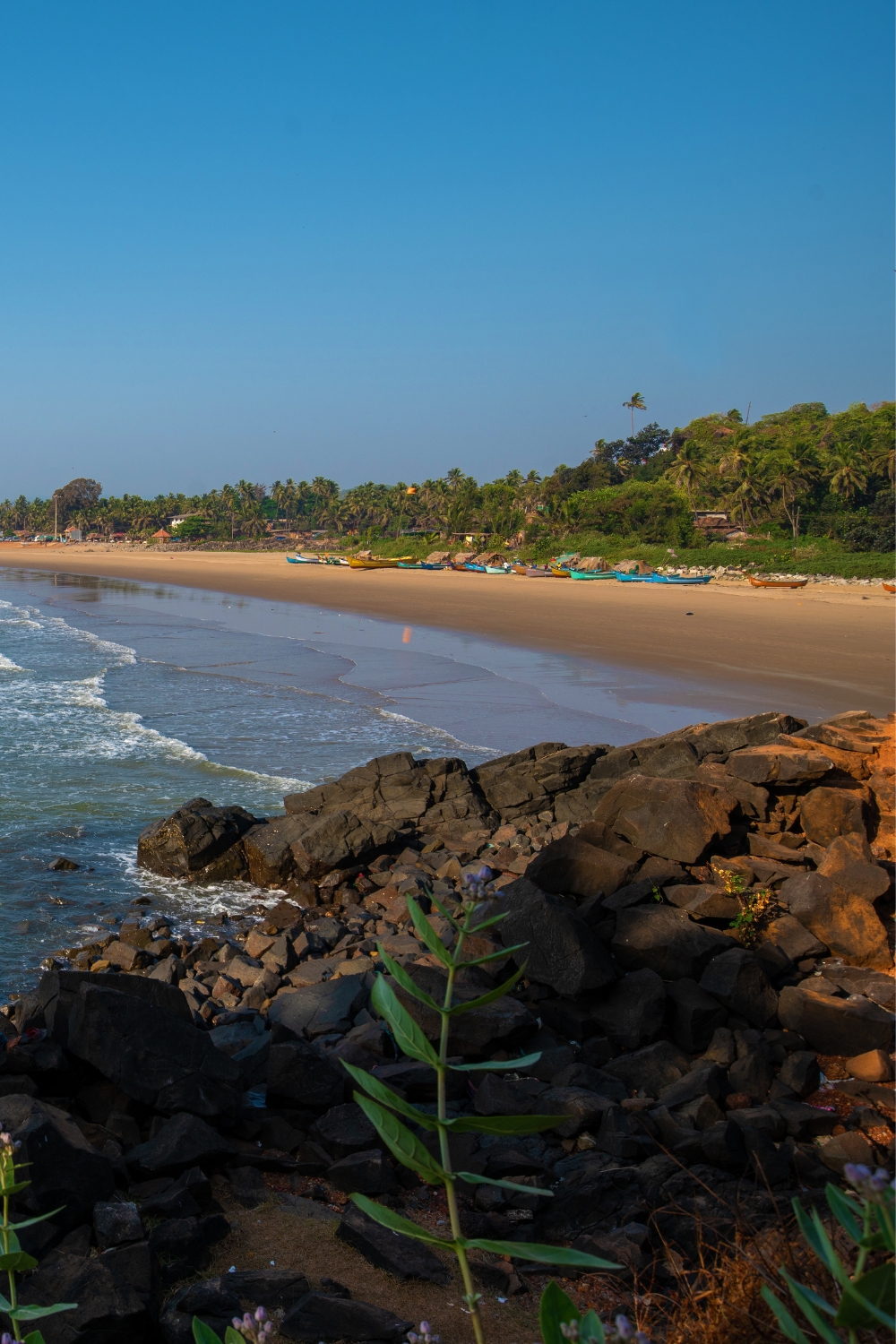
Gokarna is a sacred town that combines spiritual significance with stunning beaches along the Arabian Sea coast. This laid-back destination offers a perfect alternative to Goa’s crowded beaches while maintaining its authentic coastal charm.
Sacred Temples and Pristine Beaches
The town is home to ancient temples, including the famous Mahabaleshwar Temple, which attracts pilgrims from across India. However, Gokarna’s main draw for travelers is its collection of beautiful beaches – Om Beach, Half Moon Beach, and Paradise Beach.
These beaches offer excellent opportunities for swimming, surfing, and simply relaxing while watching spectacular sunsets. The beach shacks serve delicious seafood and provide a perfect setting for unwinding by the sea.
Best time to visit: October to March
Beach highlights: Om Beach, Kudle Beach, Half Moon Beach, Paradise Beach, Mahabaleshwar Temple
6. Badami – Cave Temple Capital
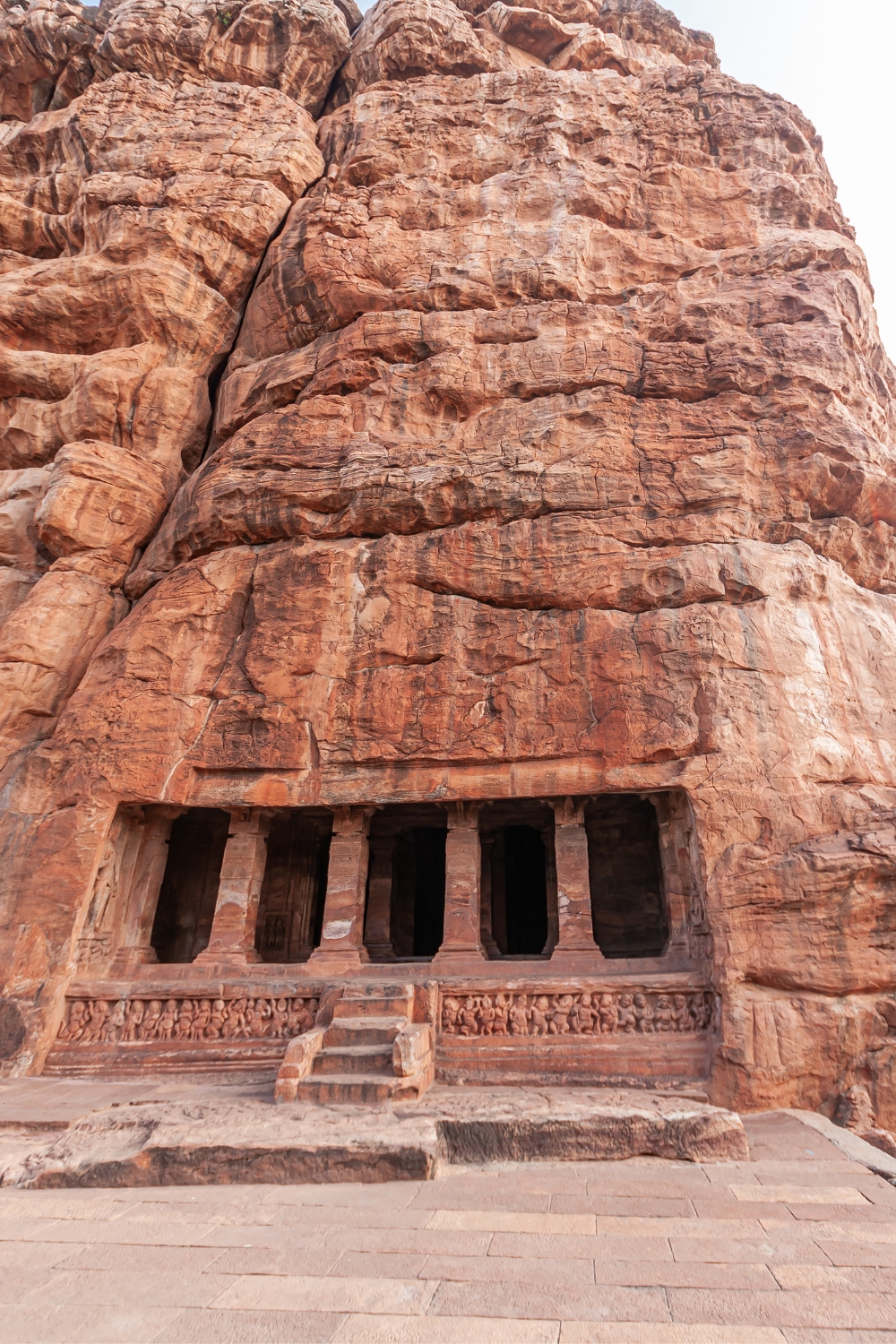
Badami, the former capital of the Chalukya dynasty, is renowned for its magnificent rock-cut cave temples dating back to the 6th century. This archaeological gem showcases the artistic brilliance of ancient Indian craftsmen.
Rock-Cut Architecture and Historical Significance
The four main cave temples carved into red sandstone cliffs demonstrate a unique blend of Hindu, Jain, and Buddhist architectural styles. Each cave features intricate sculptures, detailed carvings, and beautiful pillared halls that reflect the religious tolerance of the Chalukya period.
The Agastya Lake at the foot of the caves adds to the scenic beauty, while the surrounding landscape of red rocks creates a dramatic backdrop for photography enthusiasts.
Best time to visit: October to March
Key attractions: Cave Temples, Bhutanatha Temples, Badami Fort, Agastya Lake
7. Chikmagalur – Coffee Land of Karnataka
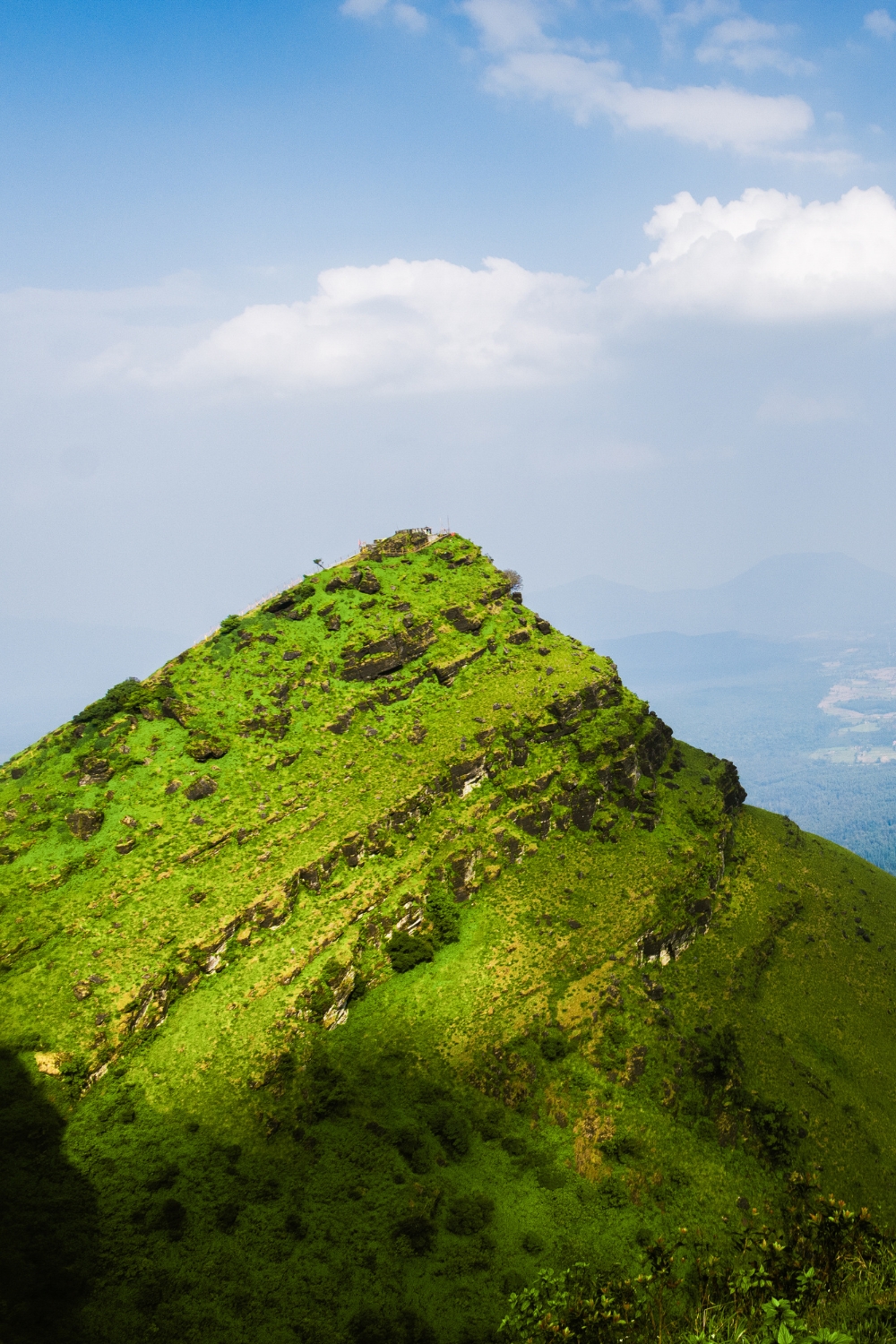
Chikmagalur is the birthplace of coffee cultivation in India and remains one of the most beautiful hill stations in Karnataka. This serene destination offers lush green landscapes, pleasant weather, and excellent trekking opportunities.
Coffee Heritage and Mountain Adventures
The region’s coffee estates offer guided tours where you can learn about coffee processing while enjoying the aromatic plantation atmosphere. Many estates also provide comfortable accommodation with stunning valley views.
Adventure lovers can trek to Mullayanagiri, Karnataka’s highest peak, or explore the beautiful Baba Budangiri hills. The area is also known for its wildlife sanctuaries and beautiful waterfalls during the monsoon season.
Best time to visit: September to March
Top experiences: Coffee plantation stays, trekking to Mullayanagiri, visiting Baba Budangiri, exploring Bhadra Wildlife Sanctuary
8. Belur and Halebidu – Hoysala Architecture Marvels
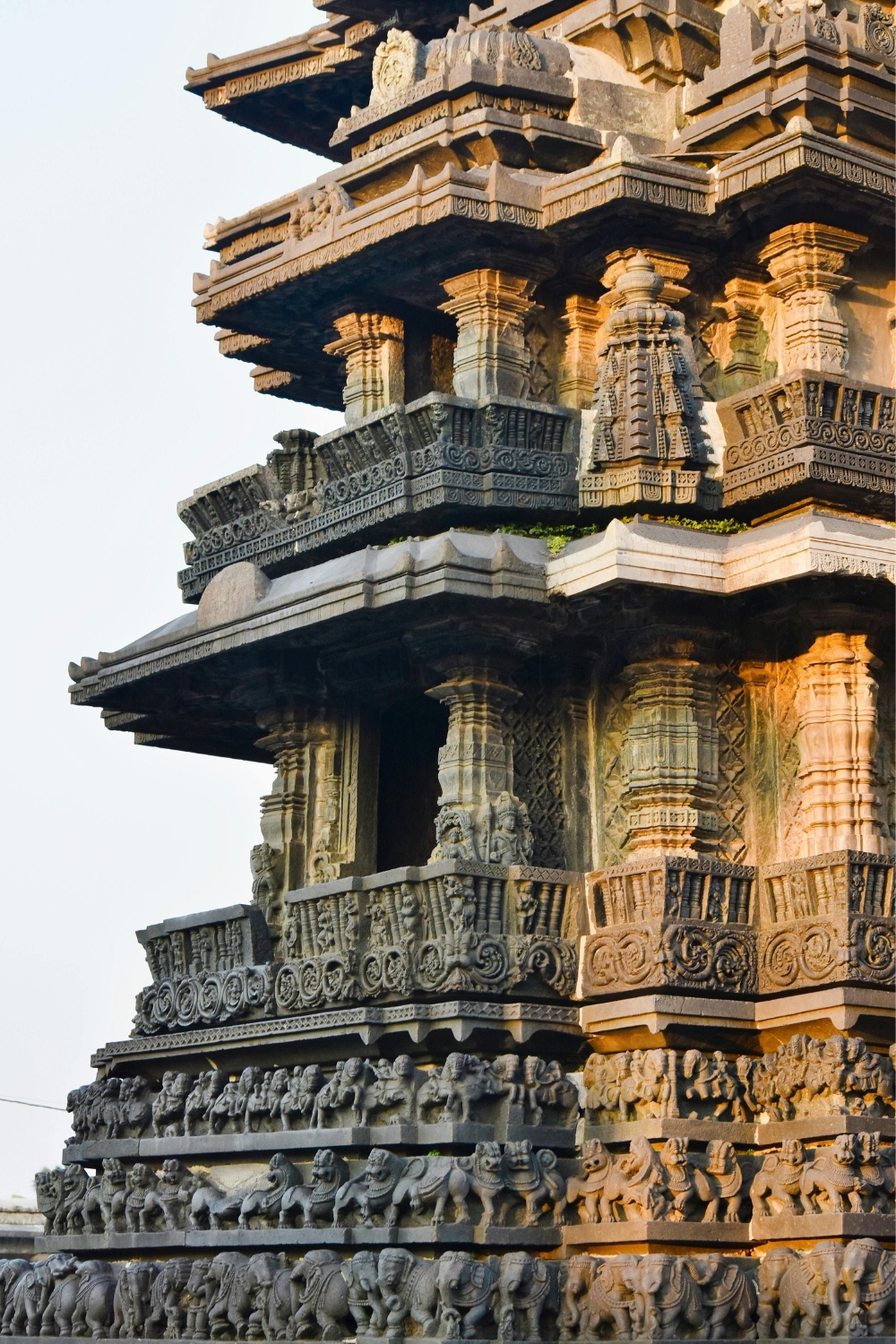
Belur and Halebidu represent the pinnacle of Hoysala architecture and are considered among India’s finest examples of medieval temple art. These twin destinations showcase intricate stone carvings that are unmatched in their detail and craftsmanship.
Architectural Masterpieces
The Chennakesava Temple in Belur took 103 years to complete and features incredibly detailed sculptures depicting scenes from Hindu epics. Every pillar, wall, and ceiling tells a story through stone carvings that seem almost alive.
Halebidu’s Hoysaleswara Temple, though never completed, displays even more elaborate sculptures and is considered a masterpiece of Indian architecture. The precision and artistry of these 12th-century temples continue to amaze visitors and scholars alike.
Best time to visit: October to March
Architectural highlights: Chennakesava Temple (Belur), Hoysaleswara Temple (Halebidu), intricate stone carvings
9. Jog Falls – India’s Second Highest Waterfall
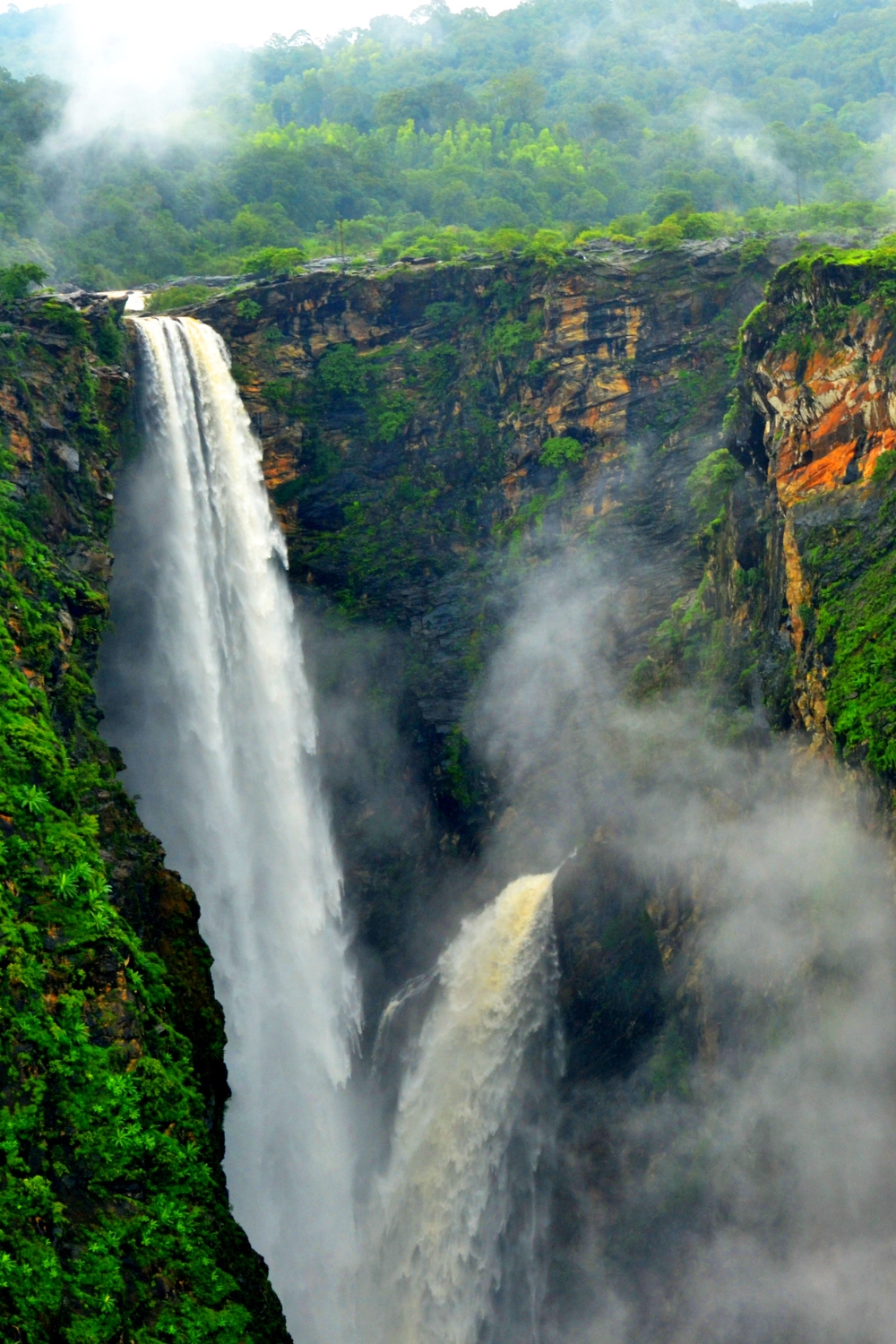
Jog Falls is one of India’s most spectacular waterfalls, plunging 830 feet down in four distinct cascades. During the monsoon season, this natural wonder creates a breathtaking spectacle that attracts nature lovers from around the world.
Natural Wonder and Scenic Beauty
The waterfall is formed by the Sharavathi River and consists of four falls: Raja, Rani, Rover, and Rocket. The best views can be enjoyed from various viewpoints, with the main viewpoint offering panoramic vistas of the entire cascade.
The surrounding Western Ghats provide additional attractions including trekking trails, wildlife spotting opportunities, and beautiful landscapes. The nearby Linganamakki Dam and backwaters add to the region’s scenic appeal.
Best time to visit: August to January (monsoon for full flow, post-monsoon for pleasant weather)
Key features: Four-tiered waterfall, viewpoints, trekking trails, Sharavathi Wildlife Sanctuary
10. Udupi – Temple Town and Culinary Capital
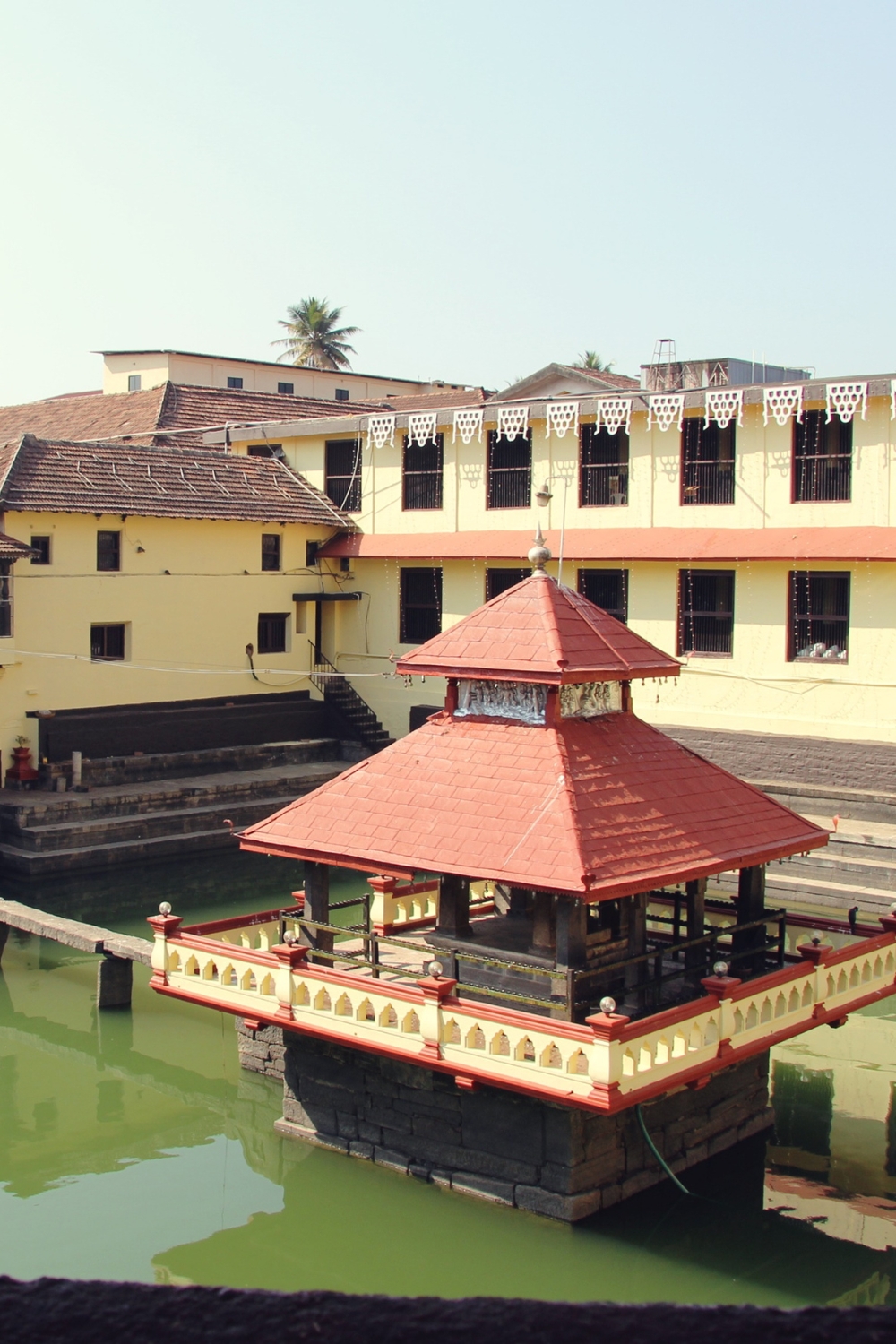
Udupi is a significant pilgrimage destination famous for the Krishna Temple and its unique culinary traditions. This coastal town has given India the popular “Udupi cuisine” and continues to be an important center of learning and spirituality.
Spiritual Heritage and Culinary Delights
The Krishna Temple, founded by the 13th-century saint Madhvacharya, attracts thousands of devotees daily. The temple’s unique tradition of worship and the famous “Kanakana Kindi” (window) through which Krishna is viewed make it a special spiritual experience.
Udupi cuisine, characterized by its pure vegetarian dishes, crispy dosas, and flavorful sambar, originated here. The town’s numerous restaurants and food stalls offer authentic South Indian flavors that food enthusiasts shouldn’t miss.
Best time to visit: October to March
Main attractions: Krishna Temple, Malpe Beach, St. Mary’s Islands, traditional Udupi restaurants
Planning Your Karnataka Adventure
Getting Around Karnataka
Karnataka has excellent connectivity with well-maintained highways connecting all major destinations. State-run buses provide affordable transportation, while private taxis and rental cars offer more flexibility for exploring at your own pace. The state also has good railway connectivity between major cities.
Best Time to Visit Karnataka
The ideal time to visit Karnataka is from October to March when the weather is pleasant and suitable for sightseeing. The monsoon season (June to September) brings heavy rainfall but transforms the landscape into a lush green paradise, especially beautiful for hill stations and waterfalls.
Cultural Experiences to Embrace
Karnataka offers rich cultural experiences including classical music concerts, traditional dance performances, and local festivals. Try to time your visit with festivals like Mysore Dasara, Karaga in Bangalore, or local temple festivals for authentic cultural immersion.
Conclusion
Karnataka truly deserves recognition as one of India’s most diverse and fascinating states. From the royal splendor of Mysore to the ancient ruins of Hampi, from the serene beaches of Gokarna to the misty hills of Coorg, each destination offers unique experiences that showcase India’s incredible heritage and natural beauty.
These ten must-visit places represent just a glimpse of Karnataka’s treasures. The state’s rich history, architectural marvels, diverse landscapes, and warm hospitality create memories that last a lifetime. Whether you’re seeking spiritual enlightenment, historical insights, natural beauty, or cultural experiences, Karnataka provides the perfect setting for an unforgettable Indian adventure.
Start planning your Karnataka journey today and prepare to be amazed by the incredible diversity and beauty that awaits in this remarkable South Indian state.
